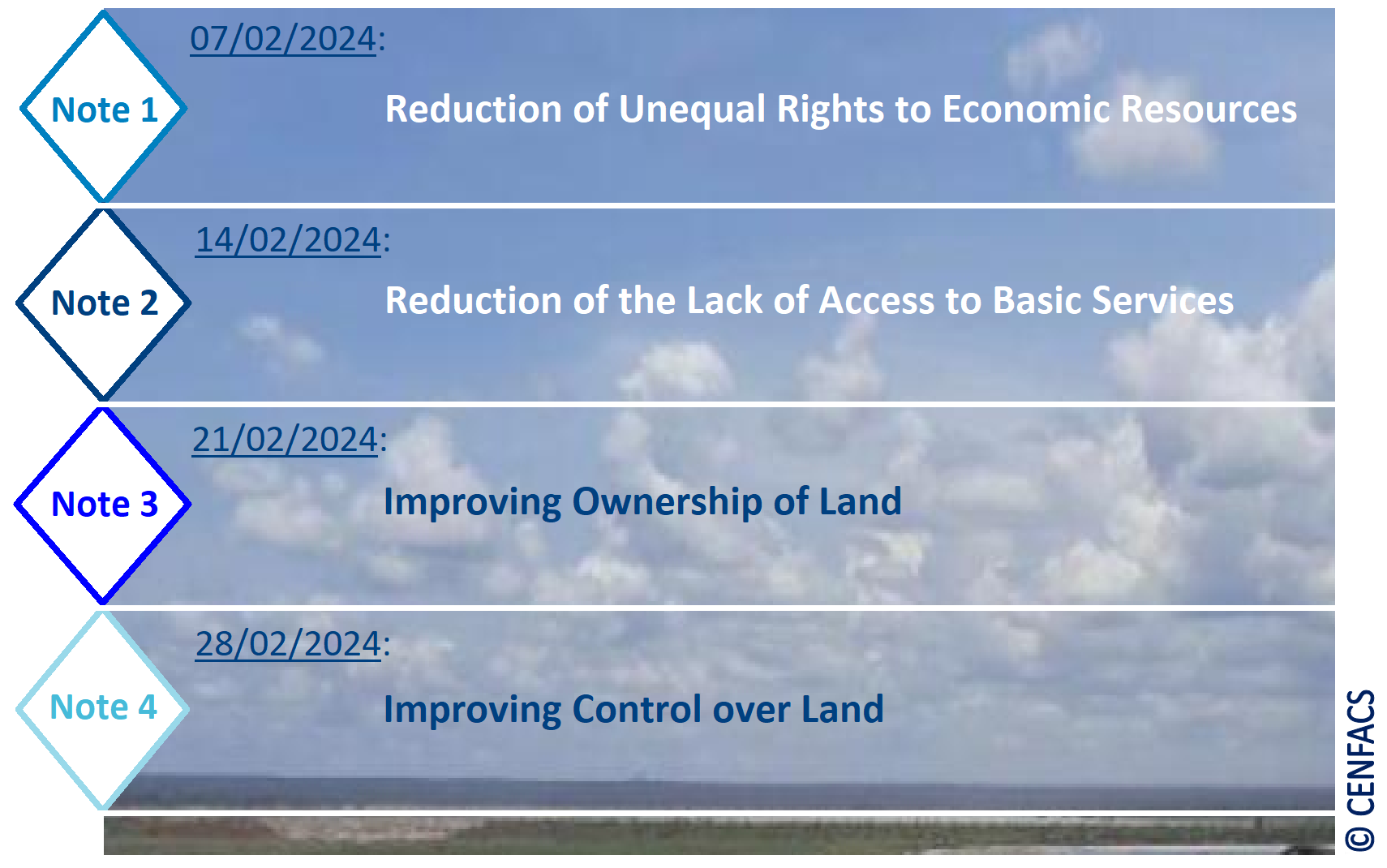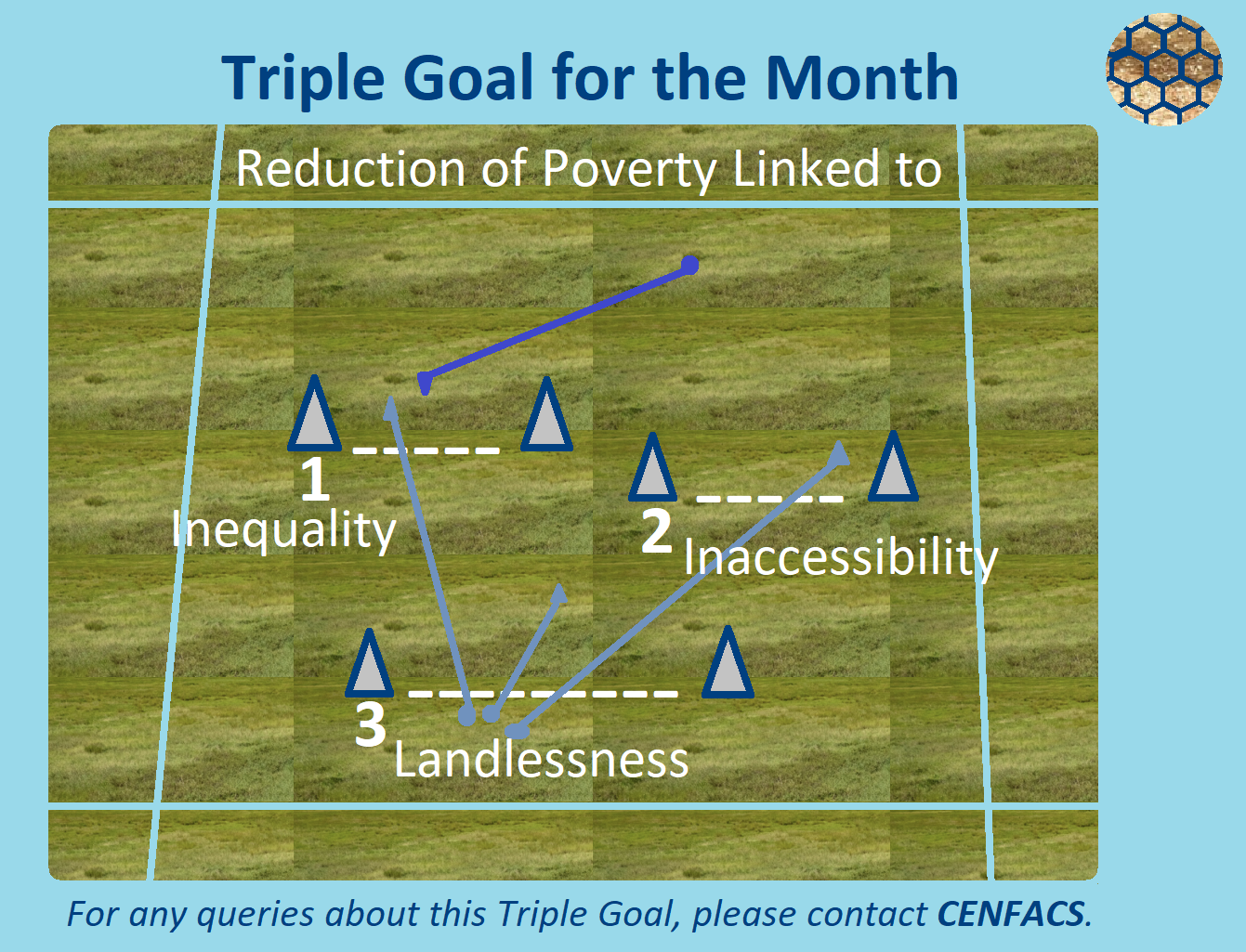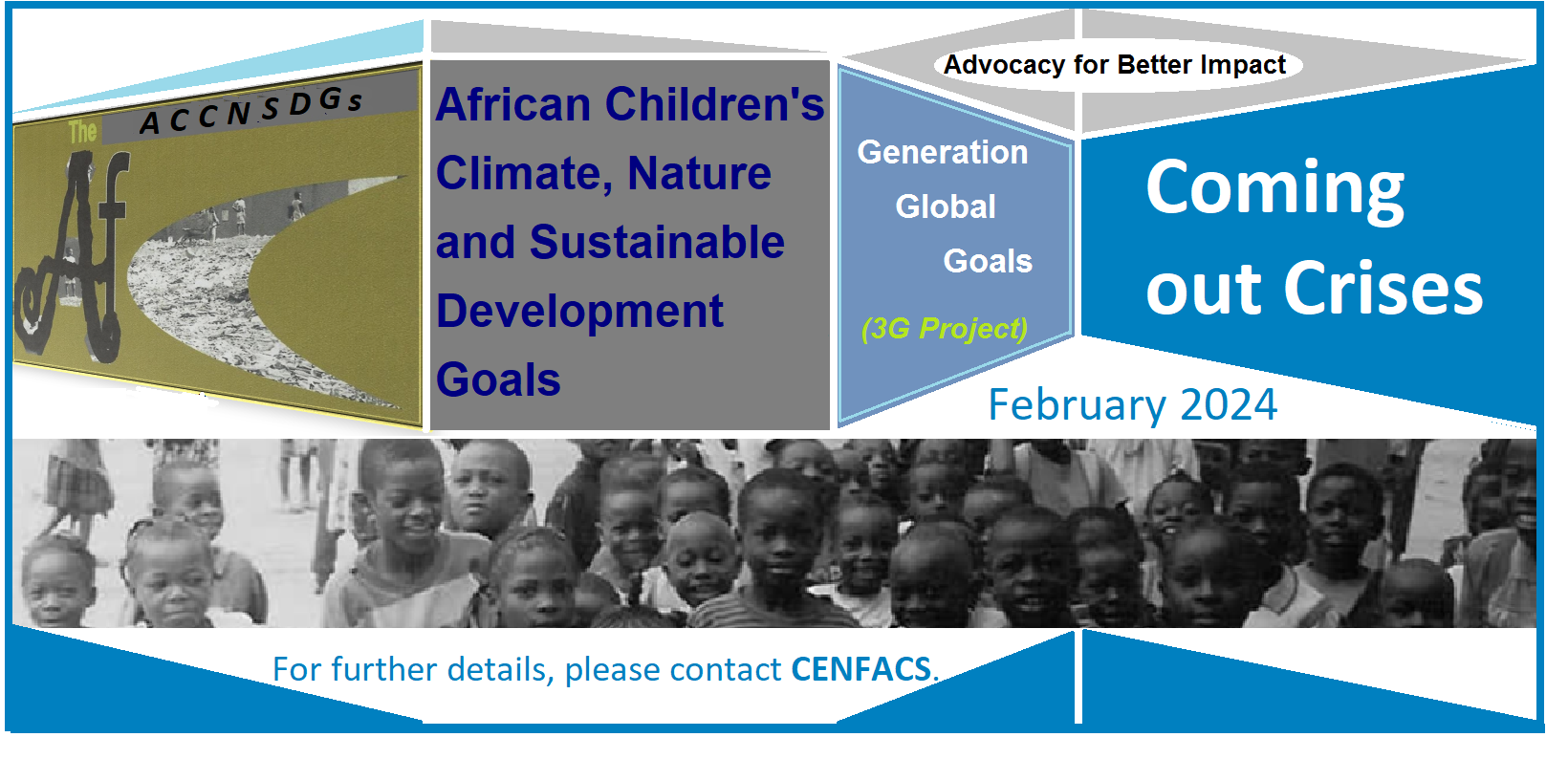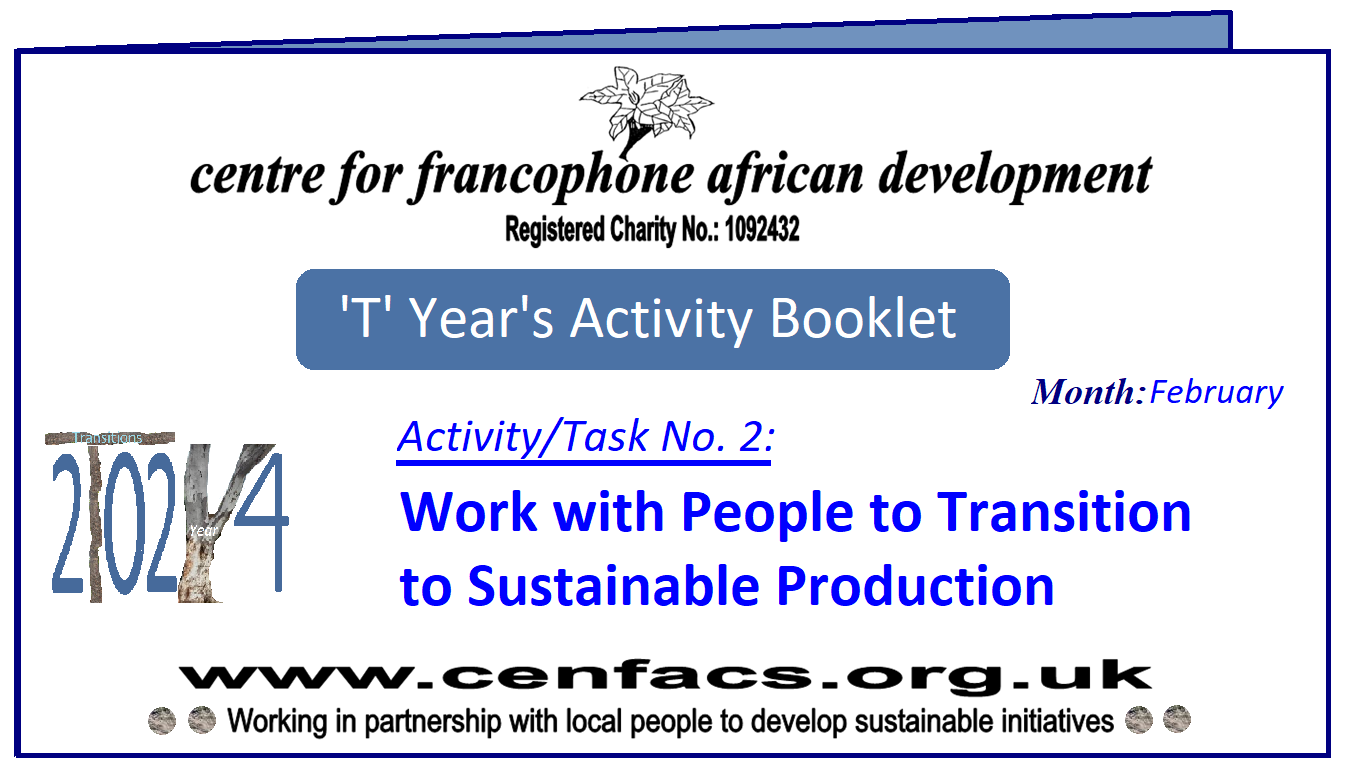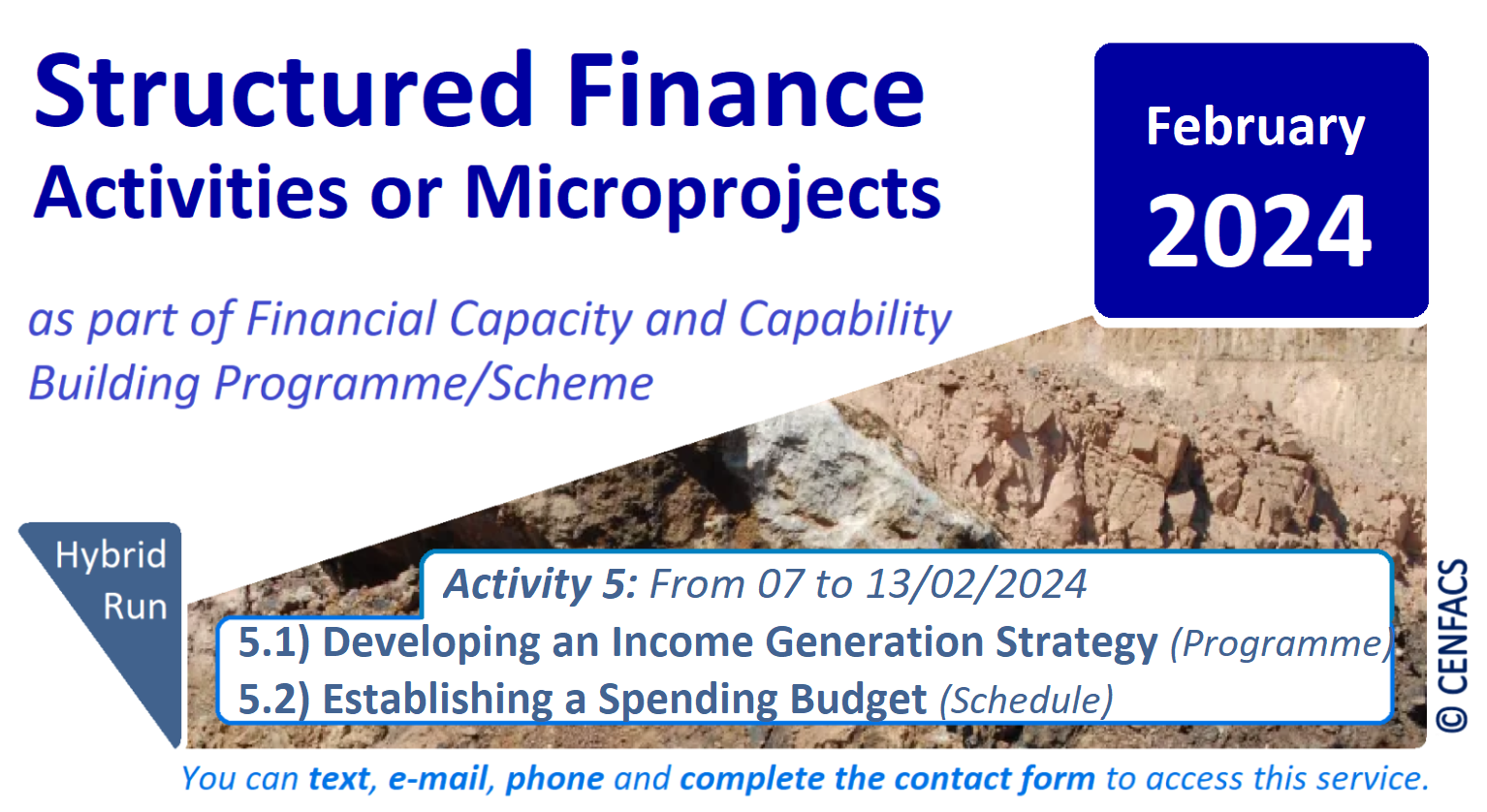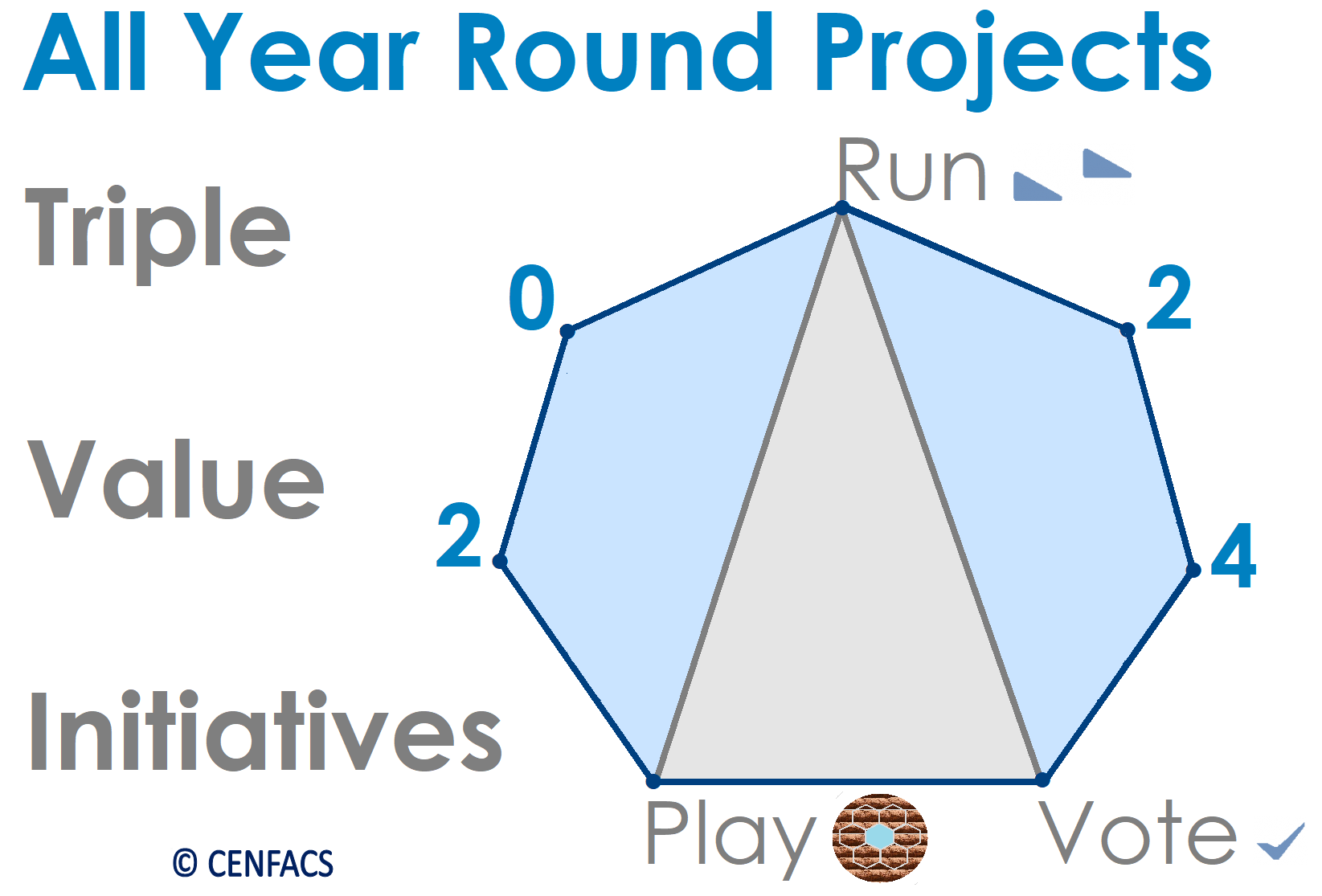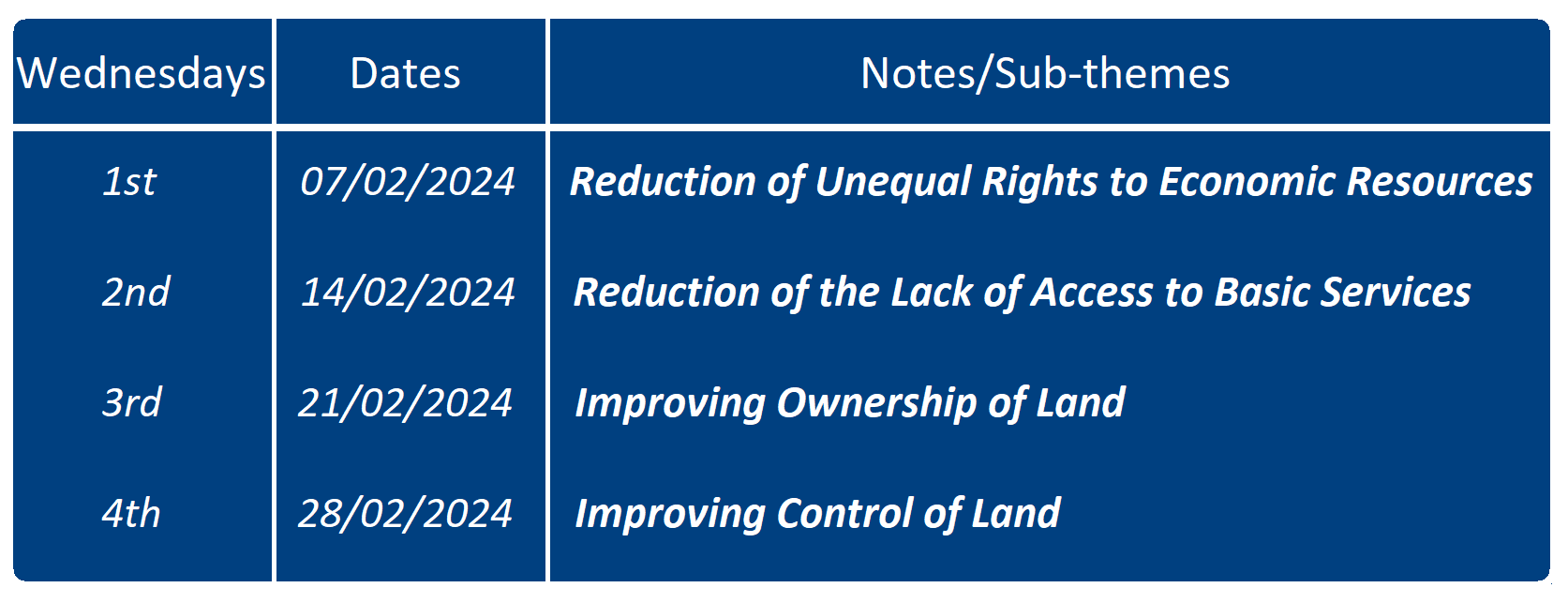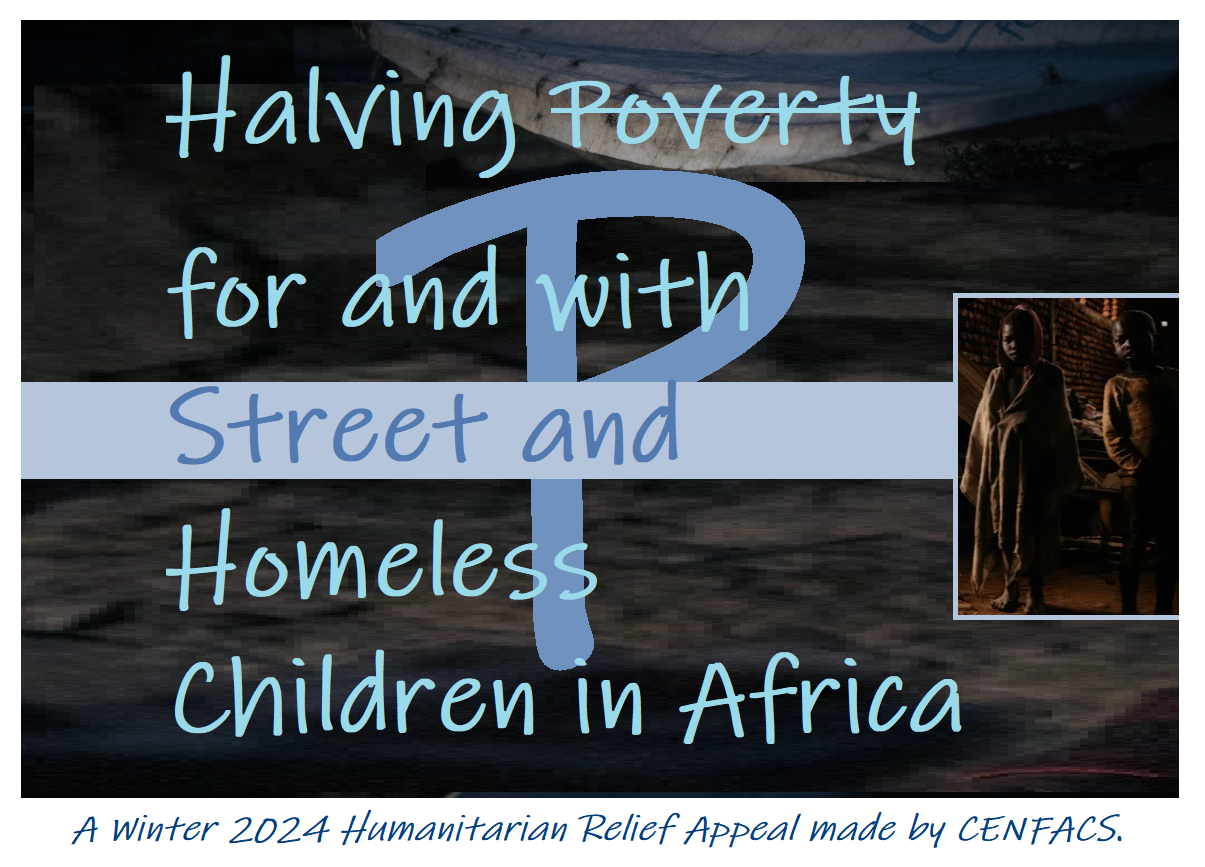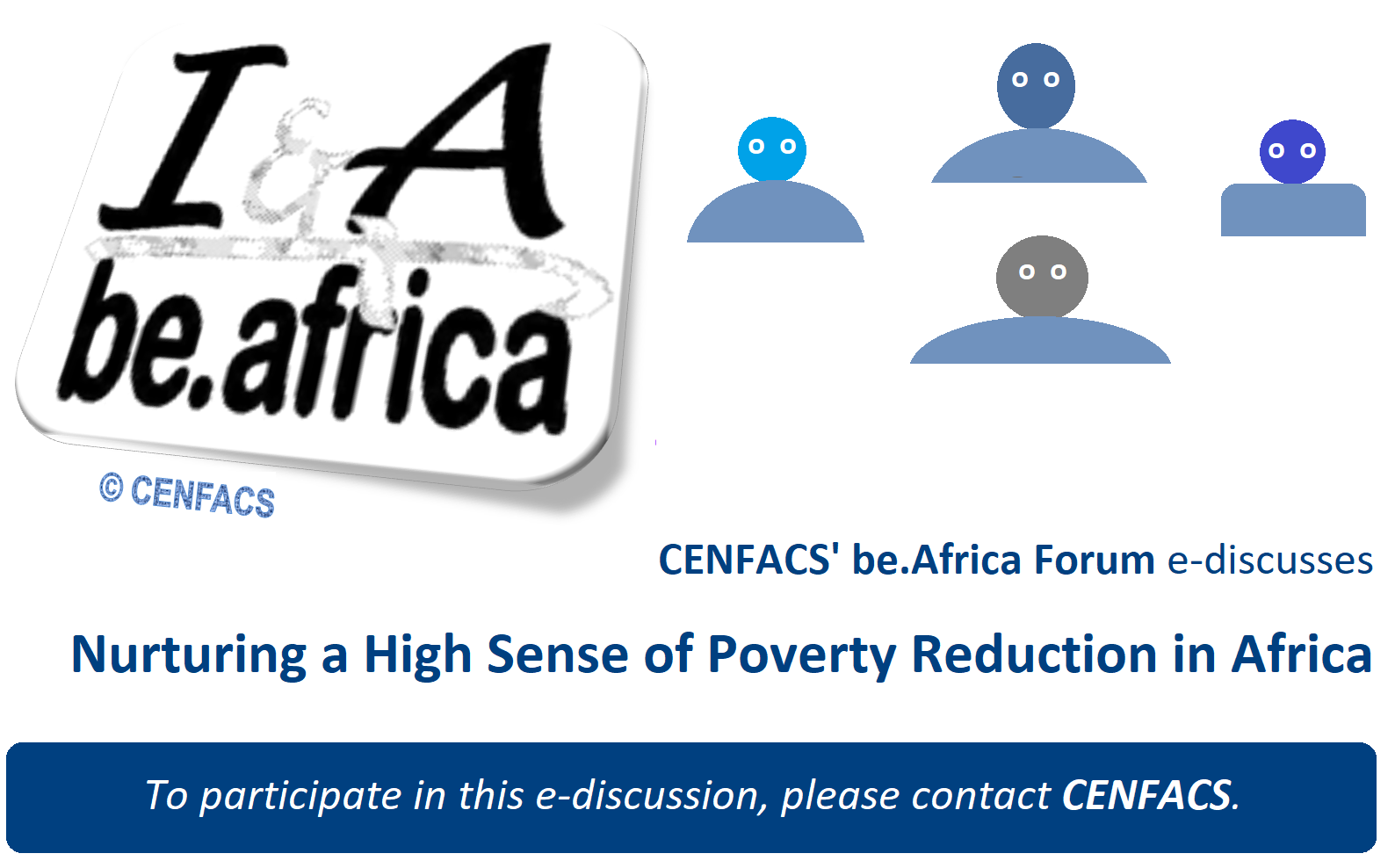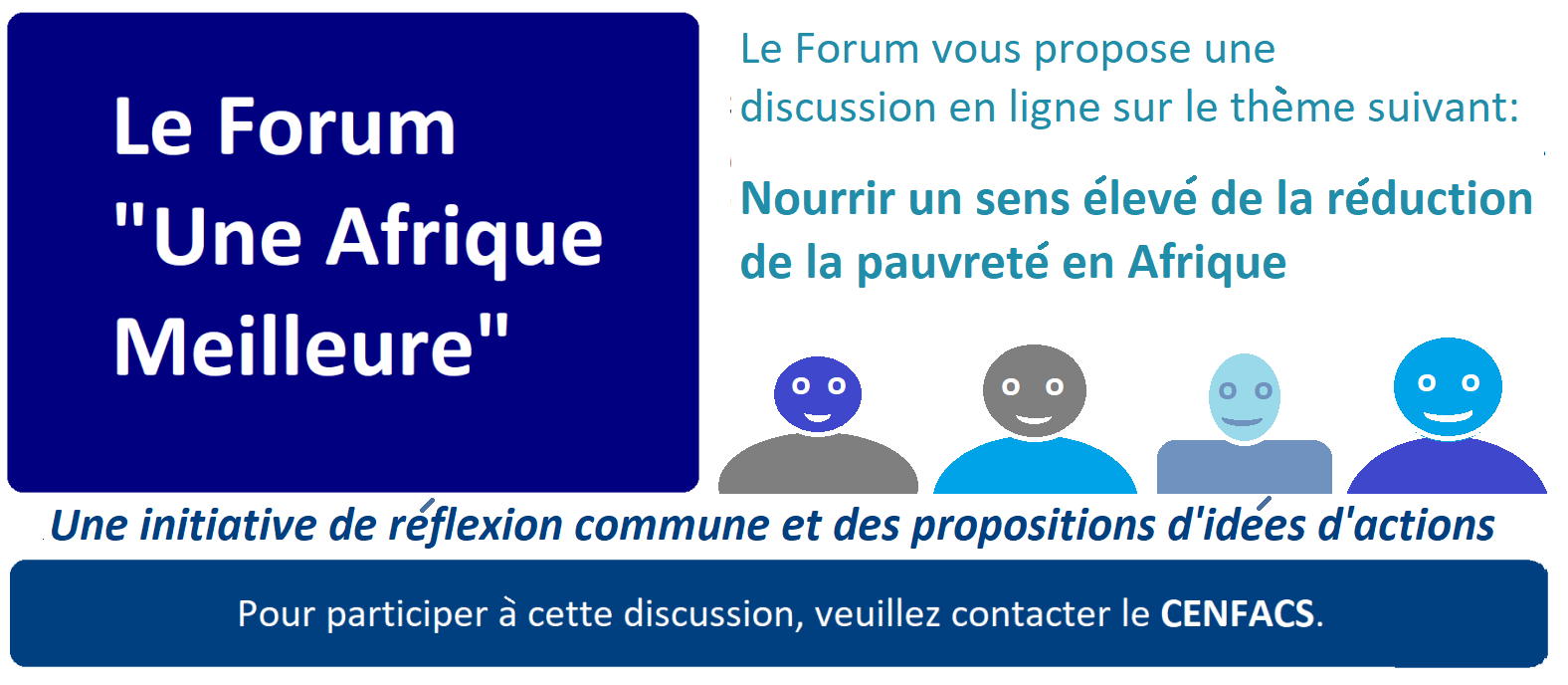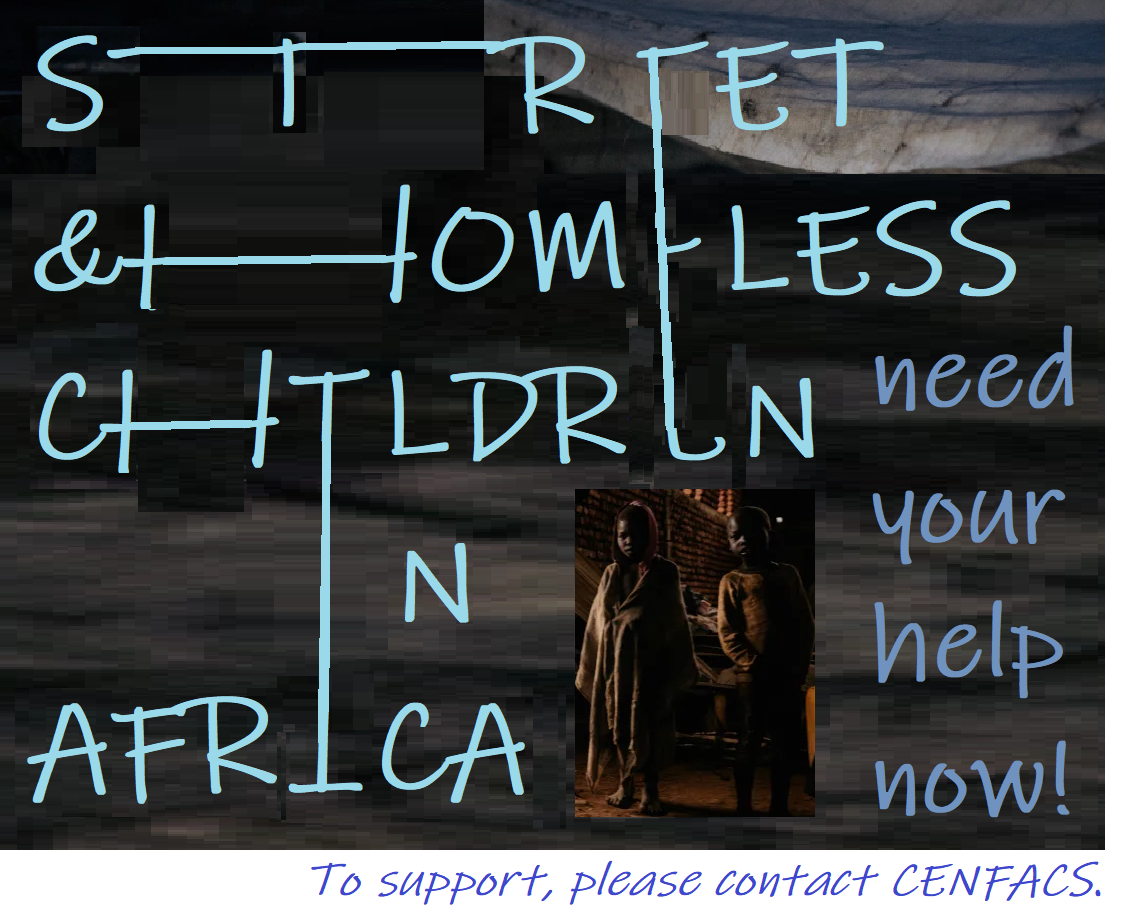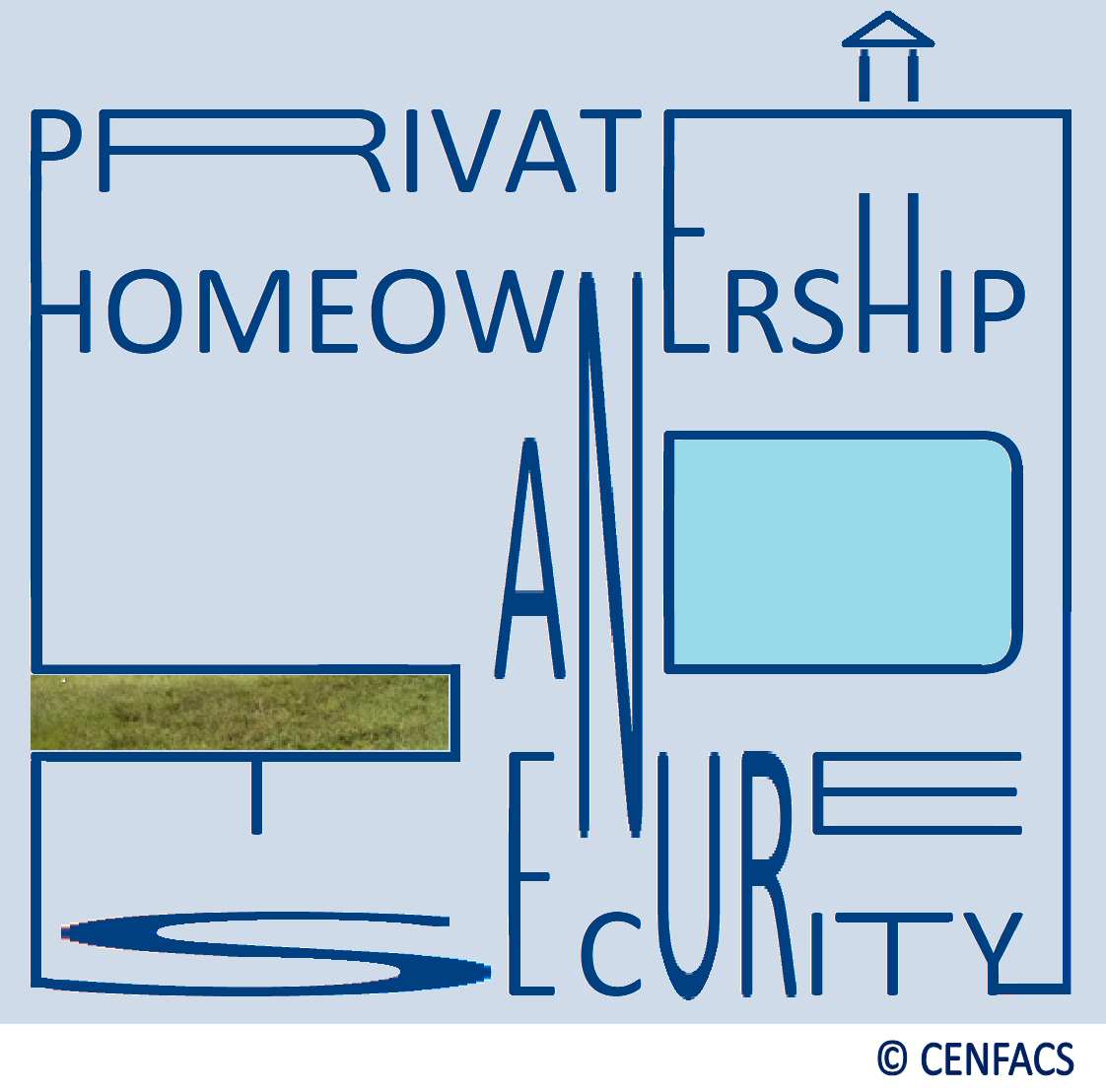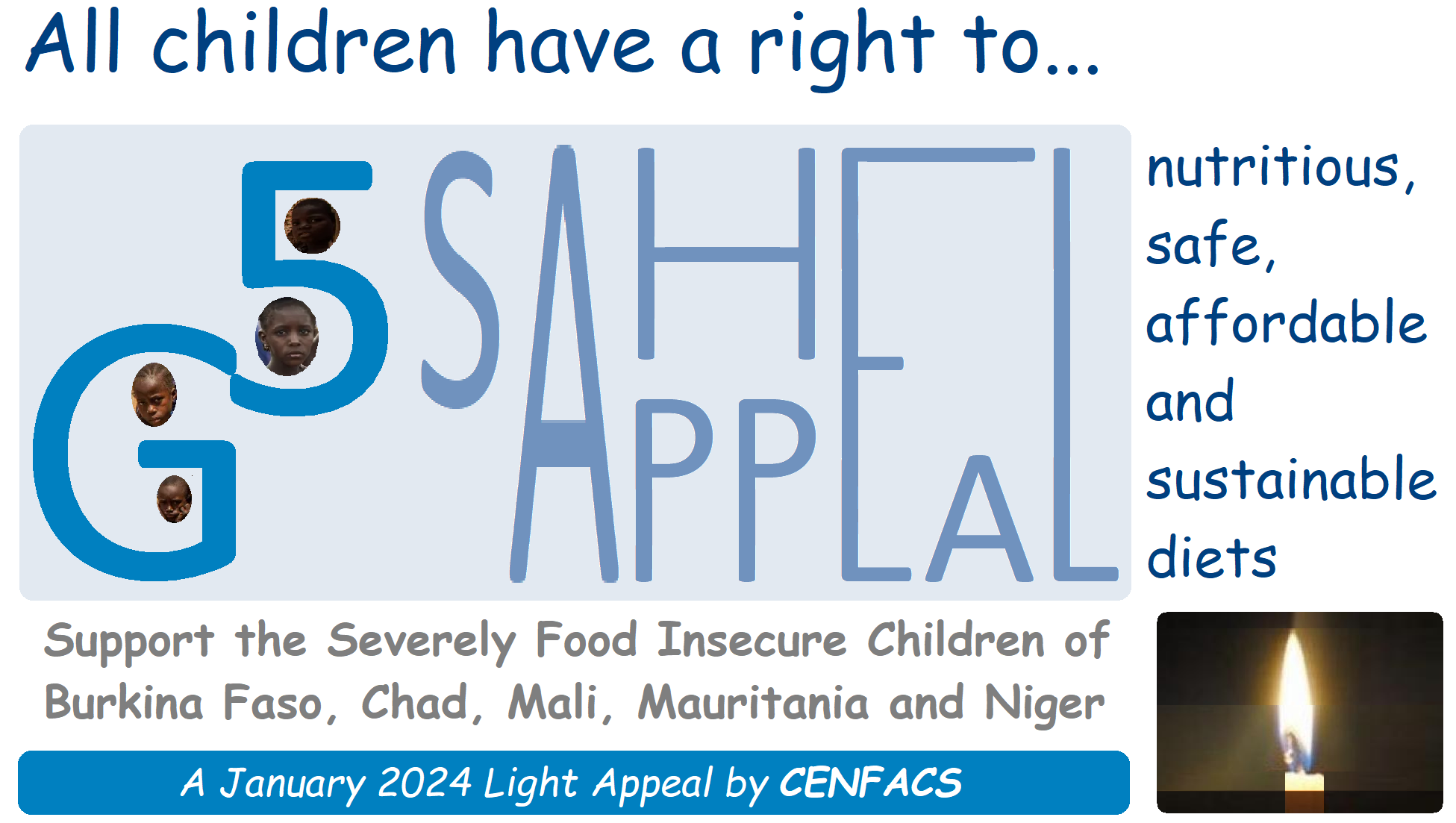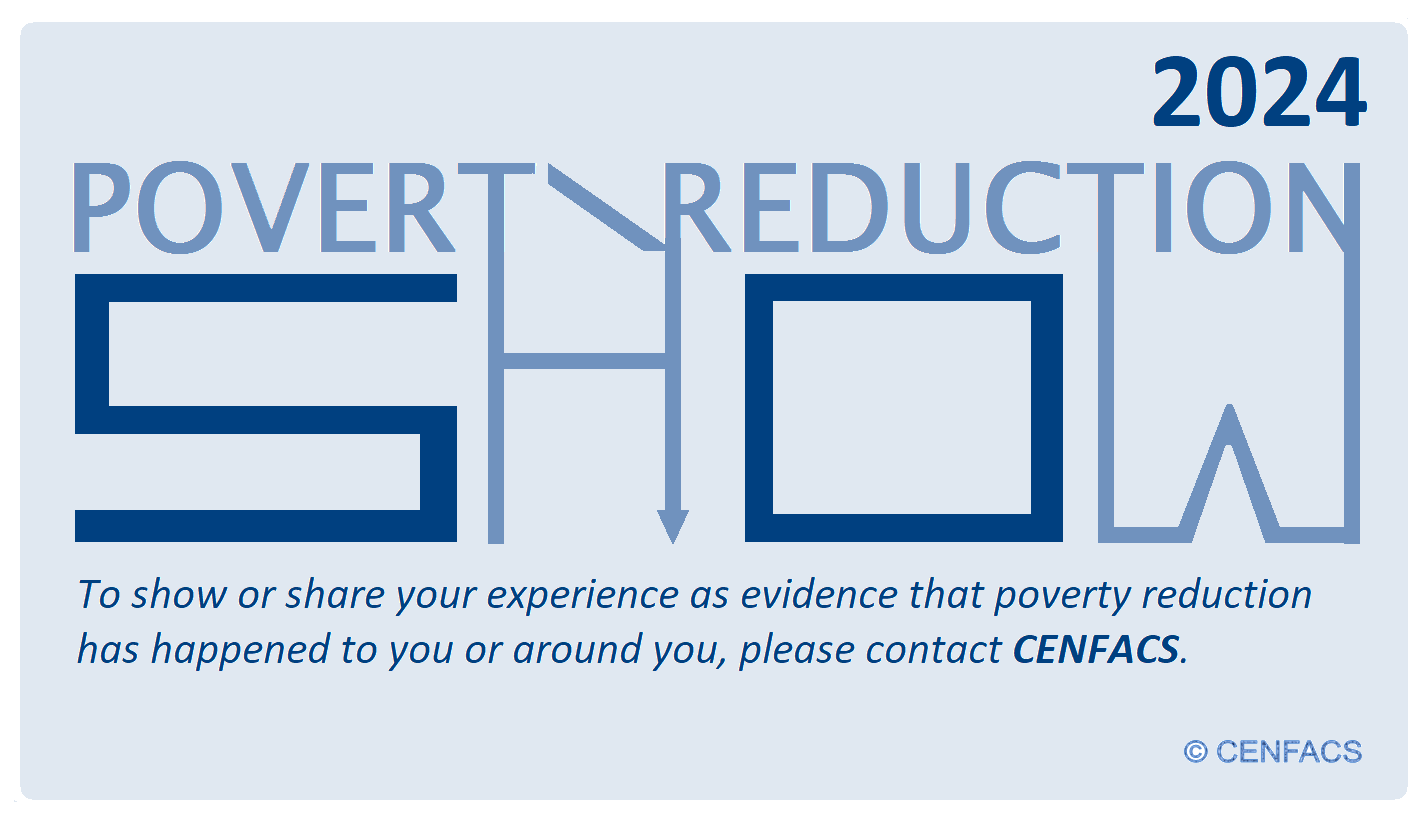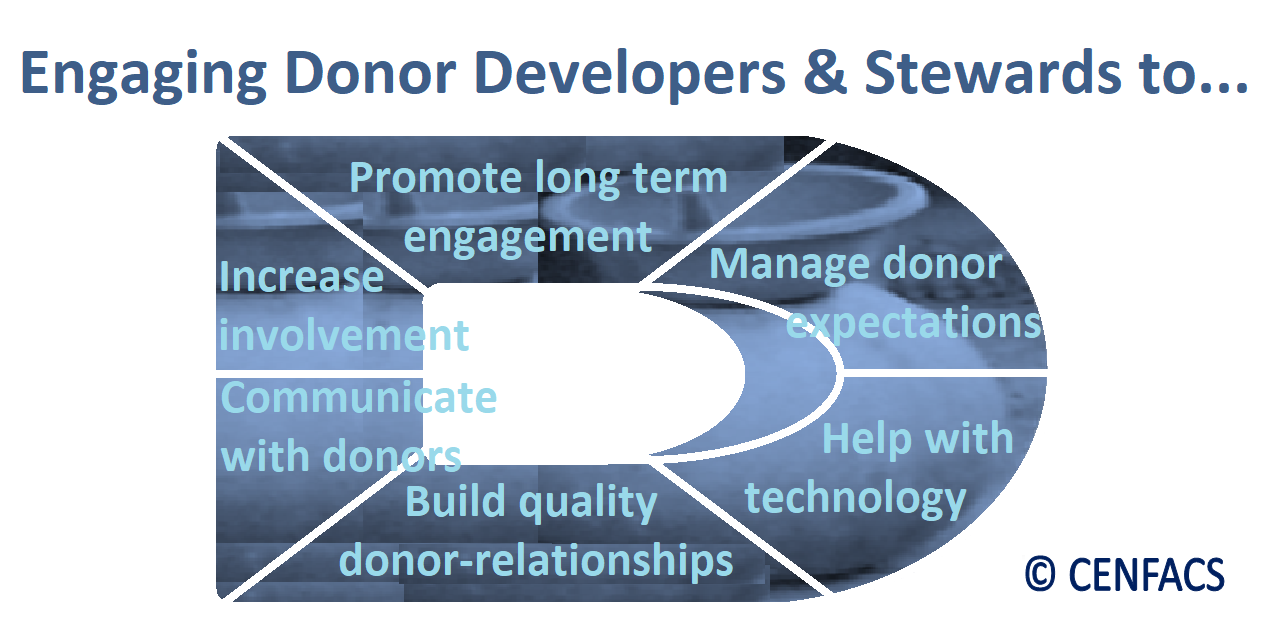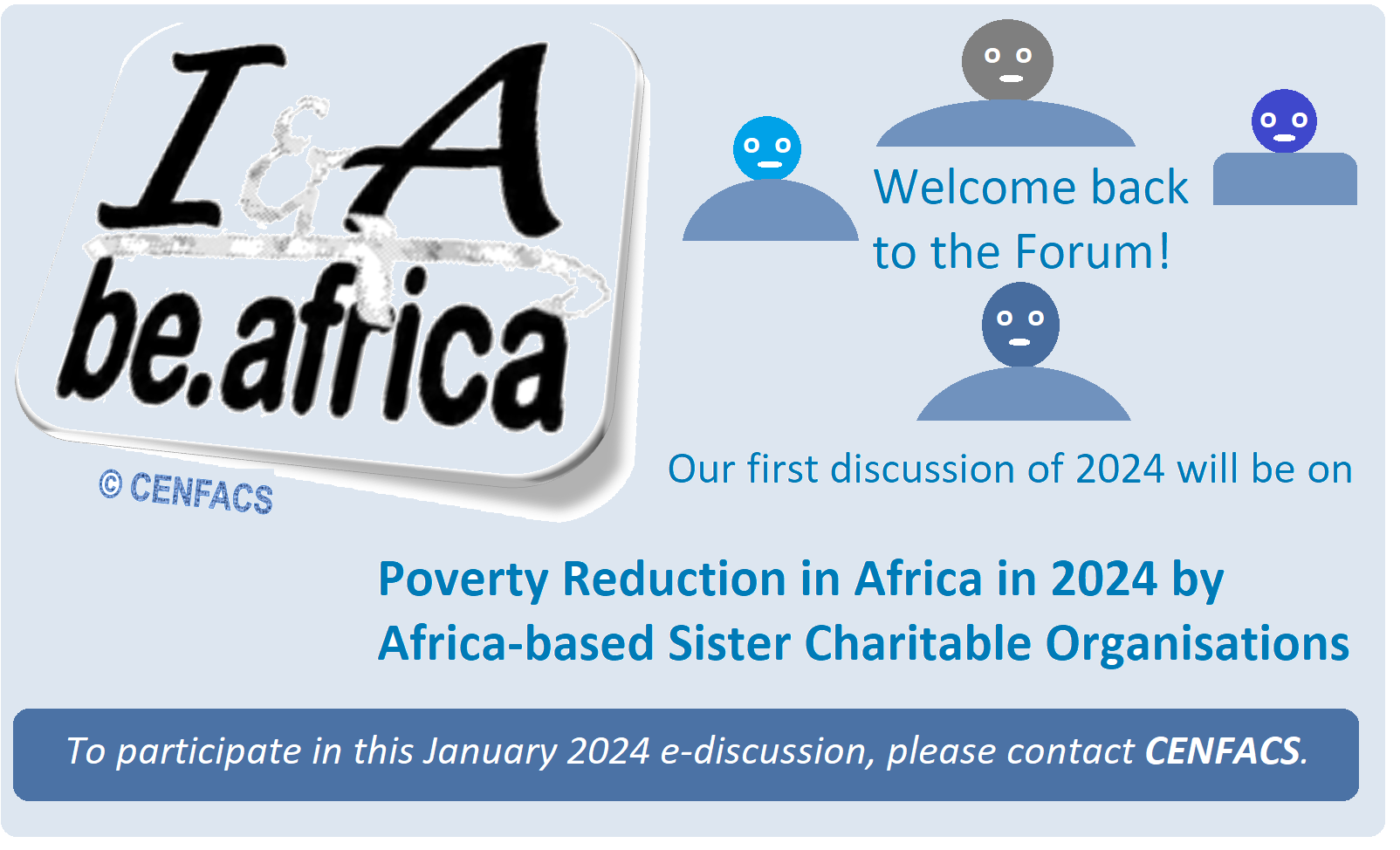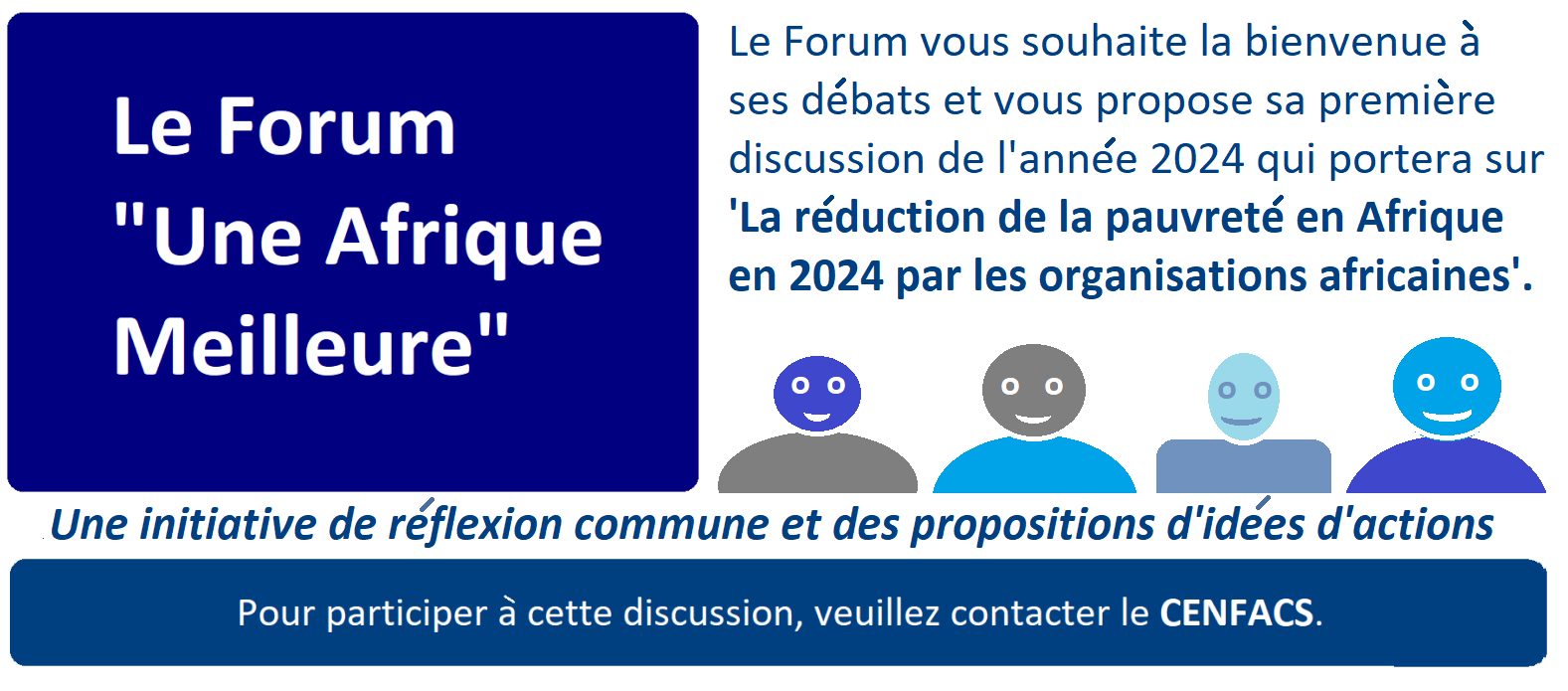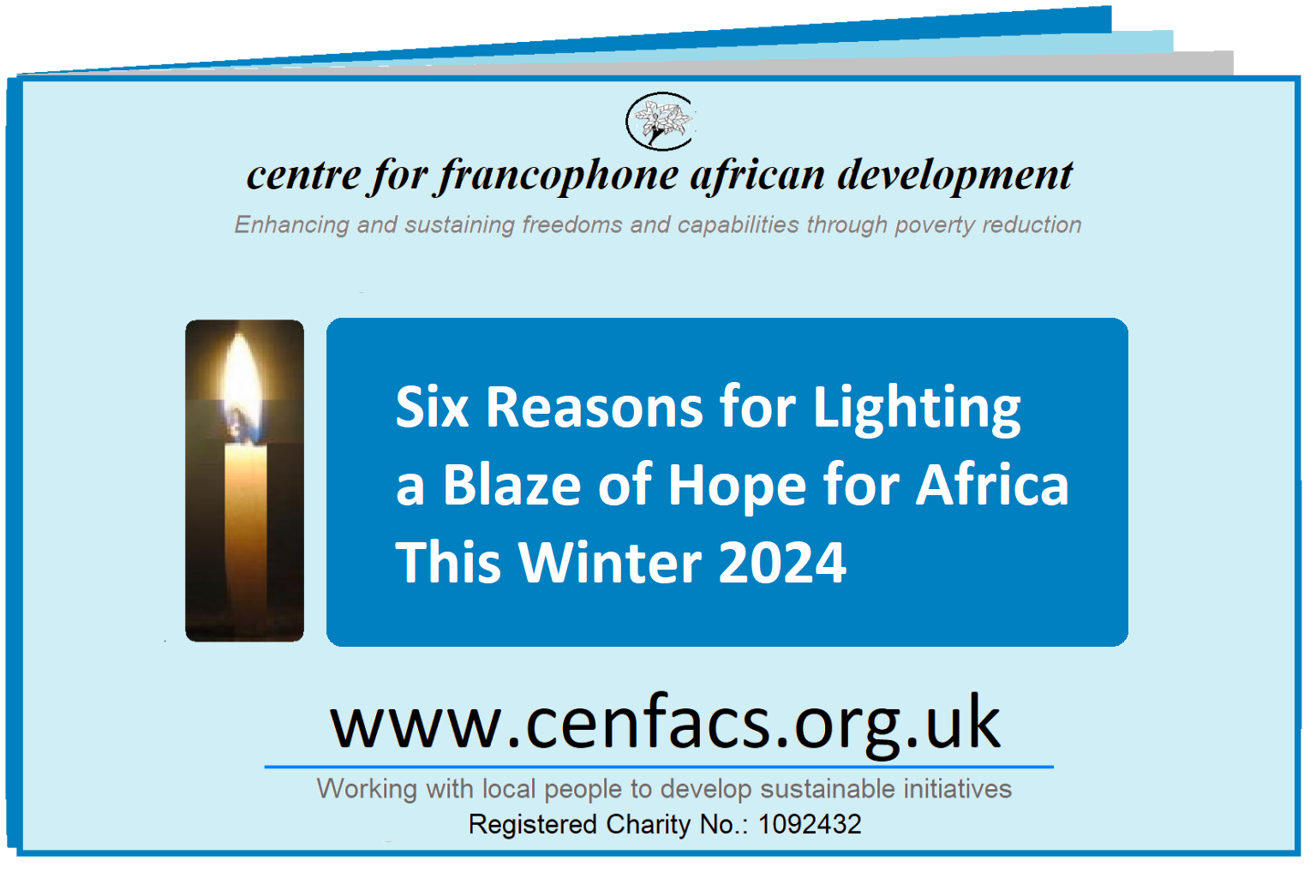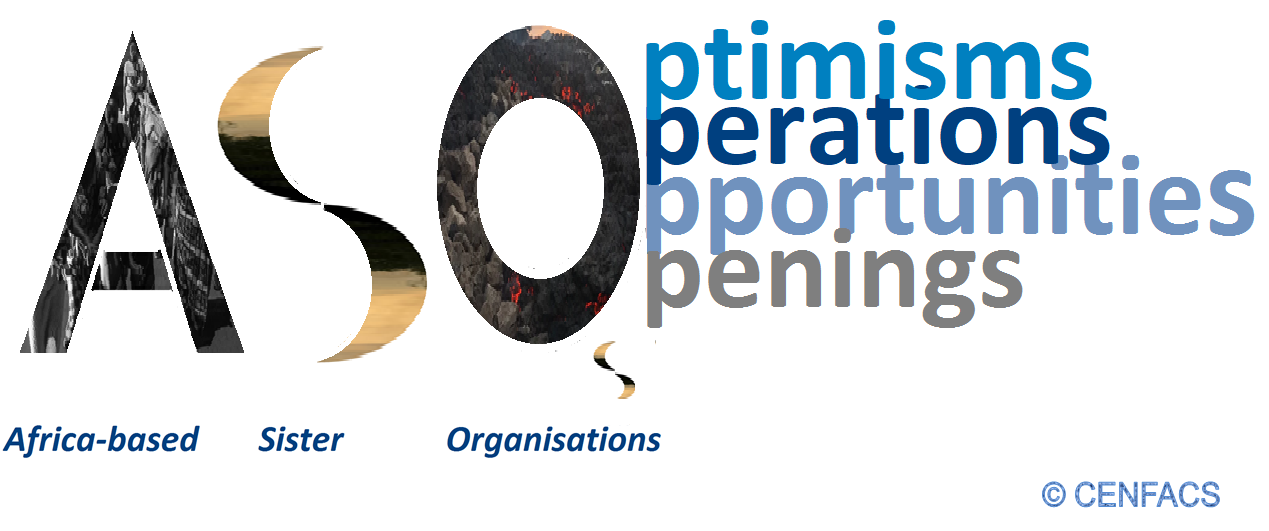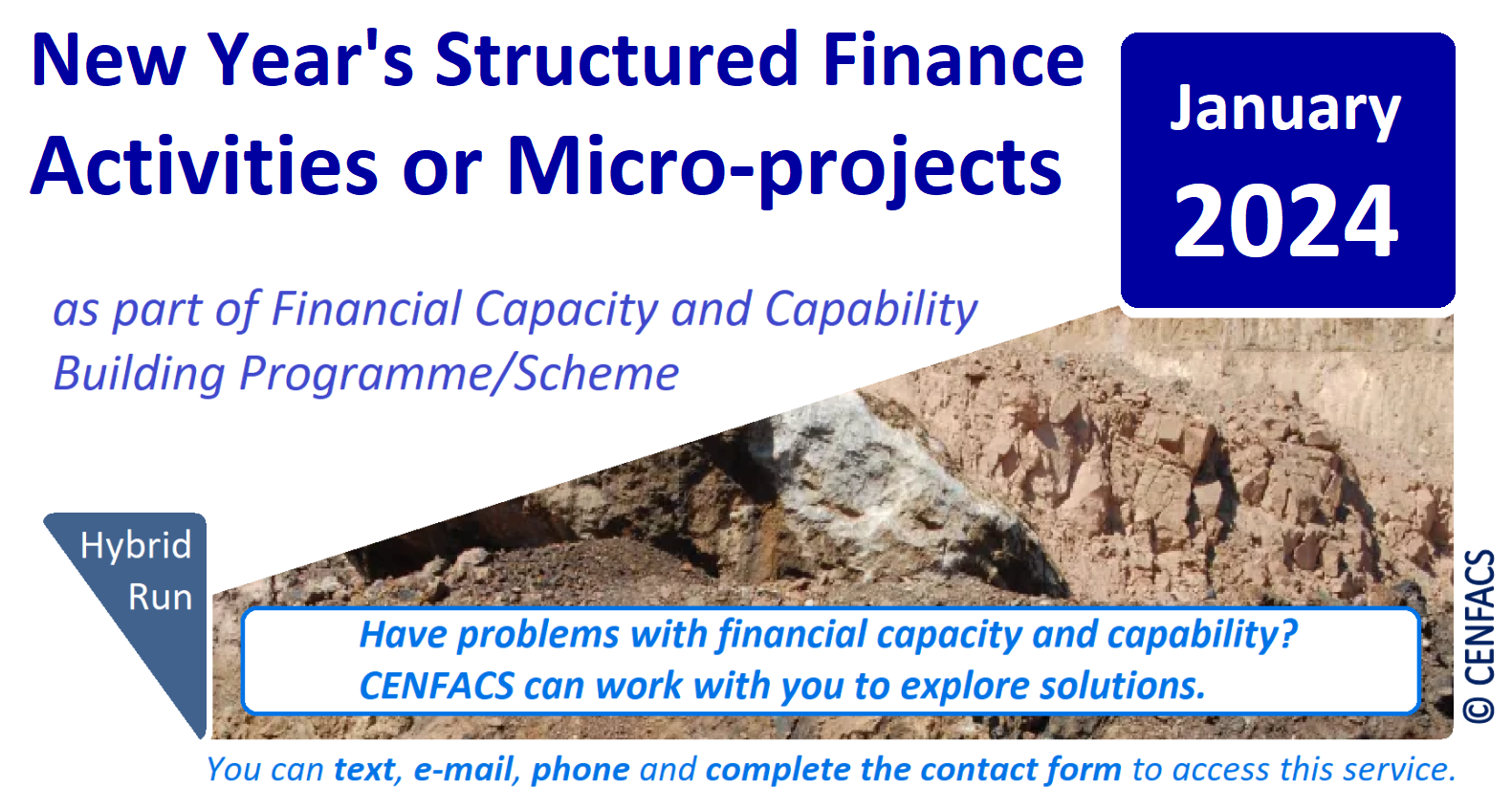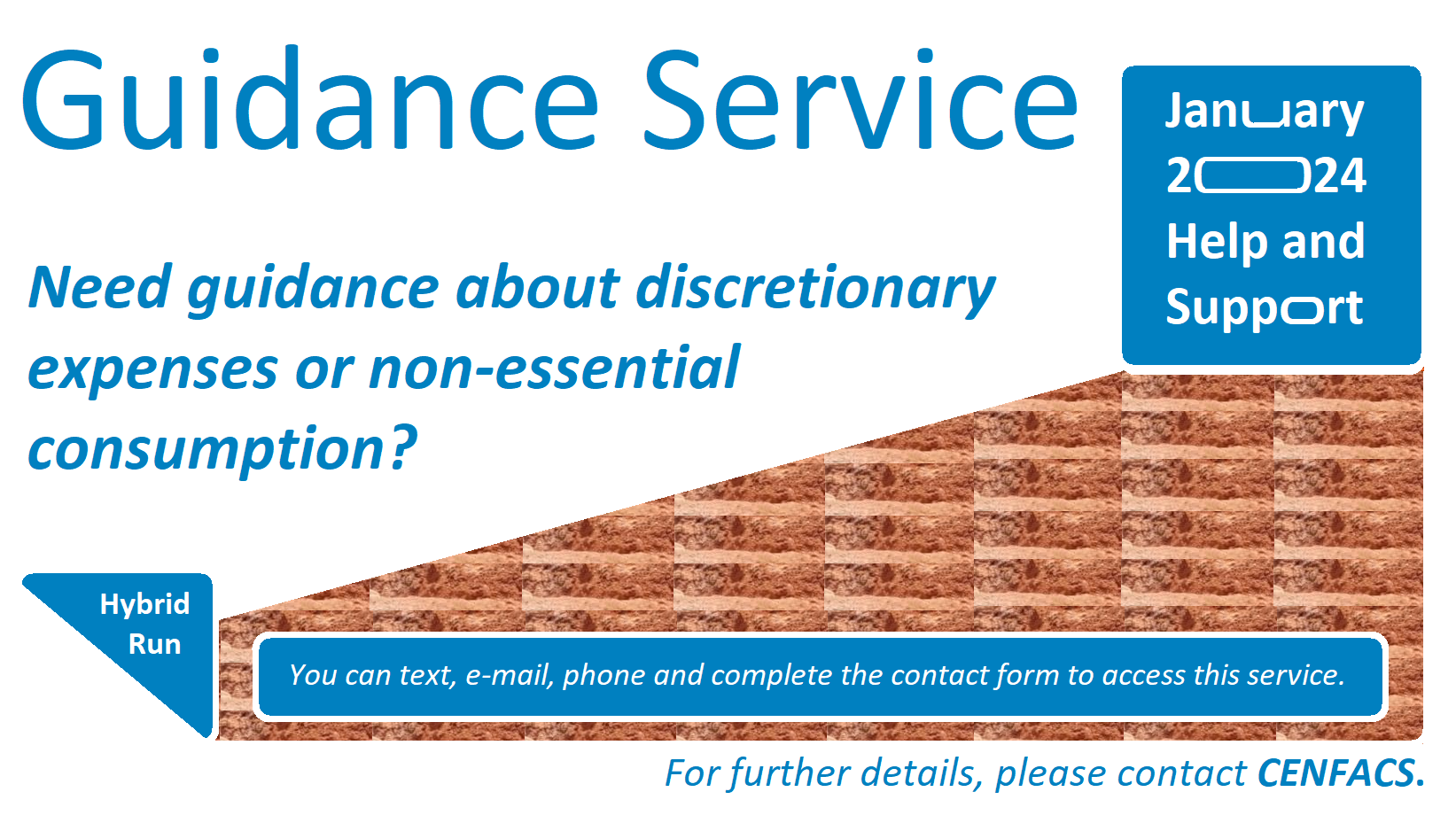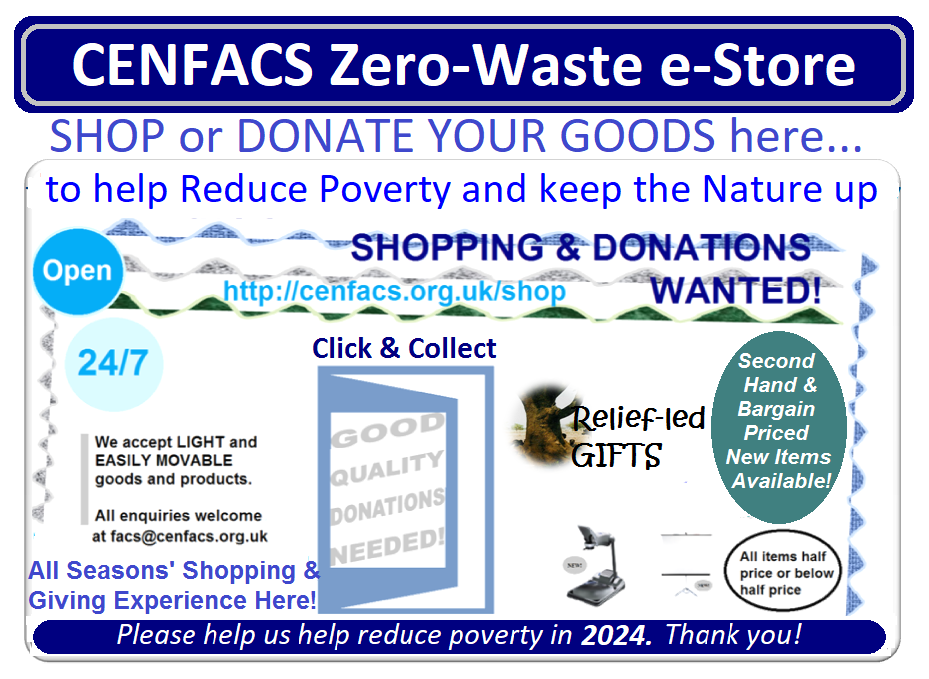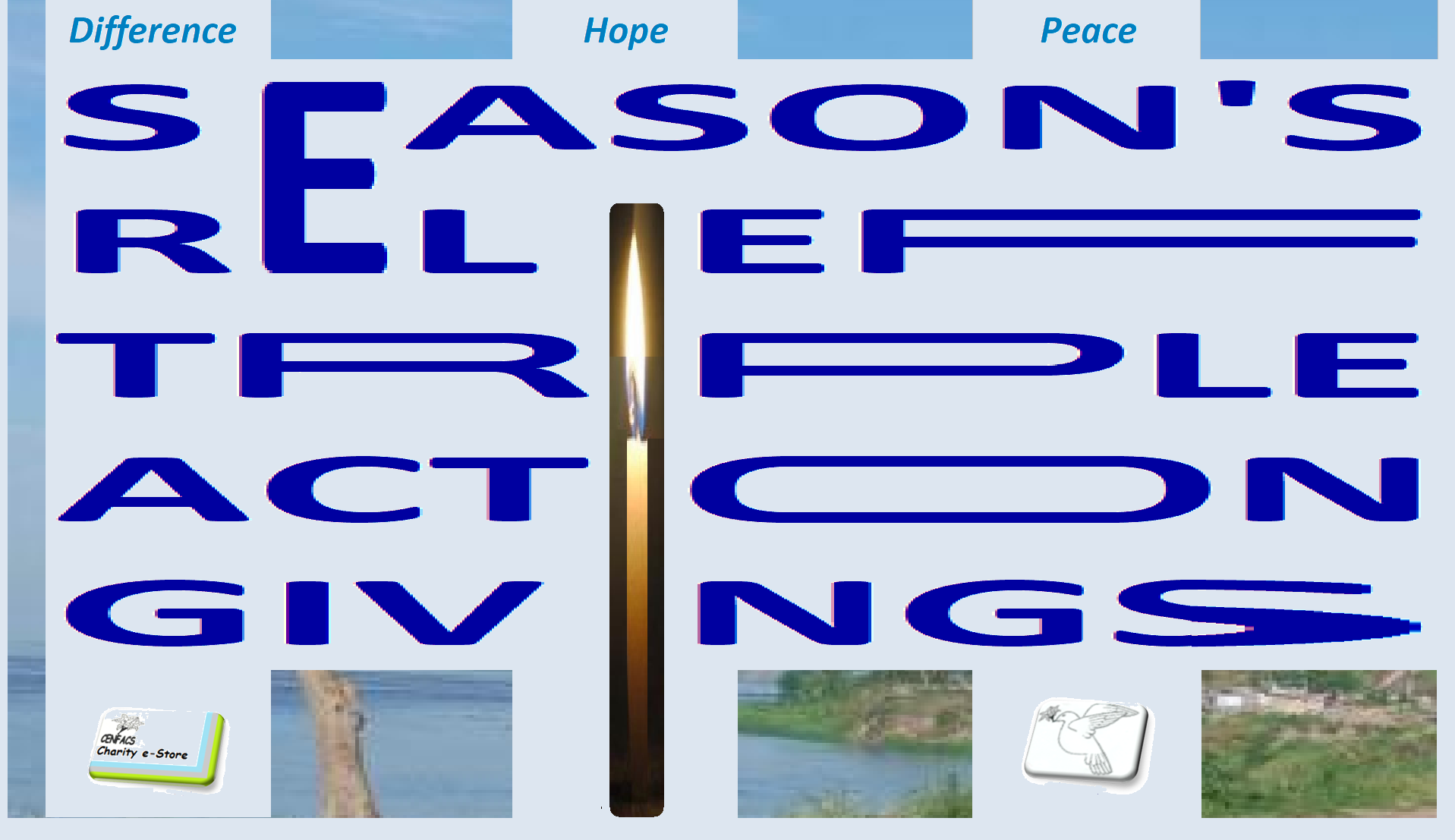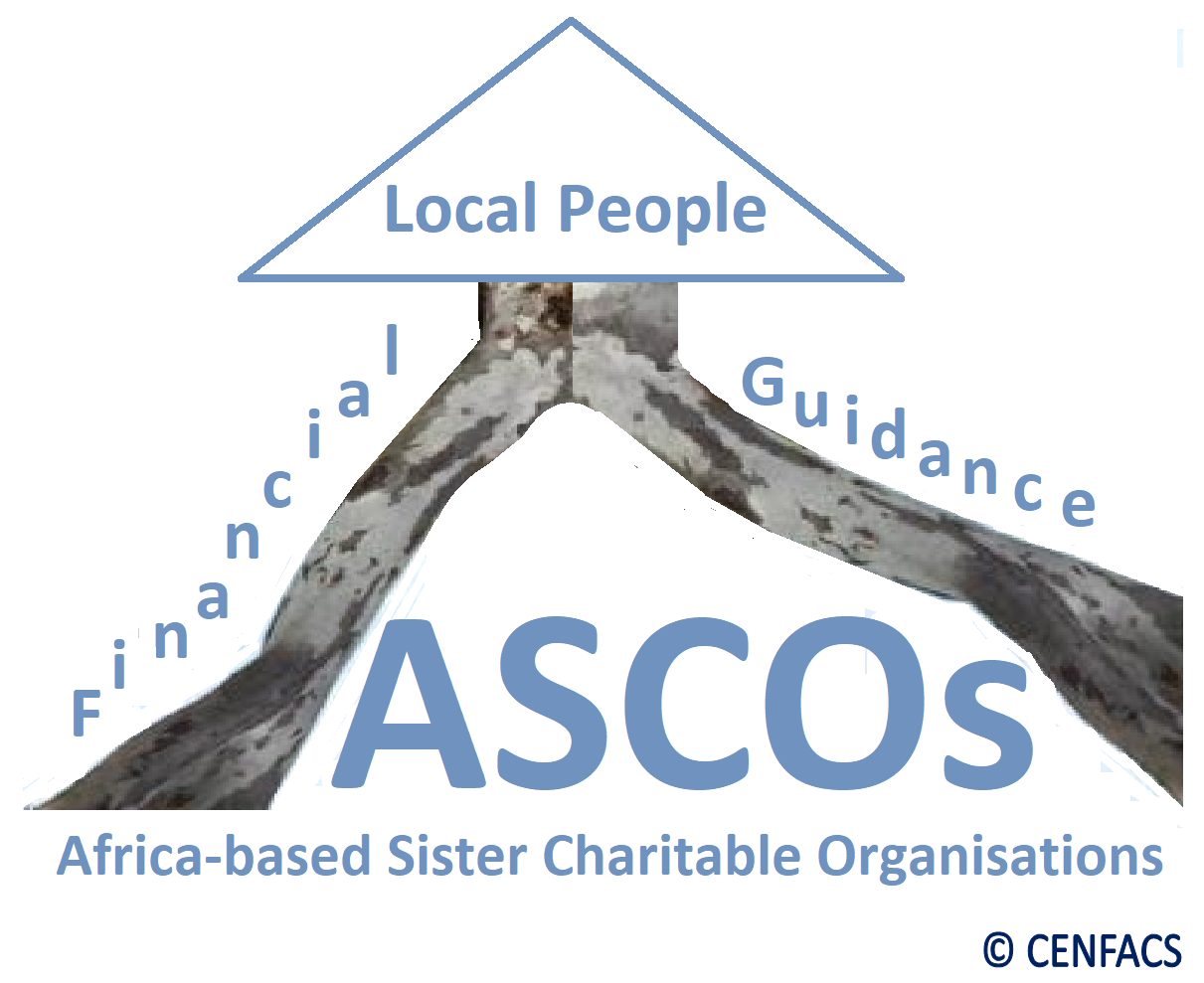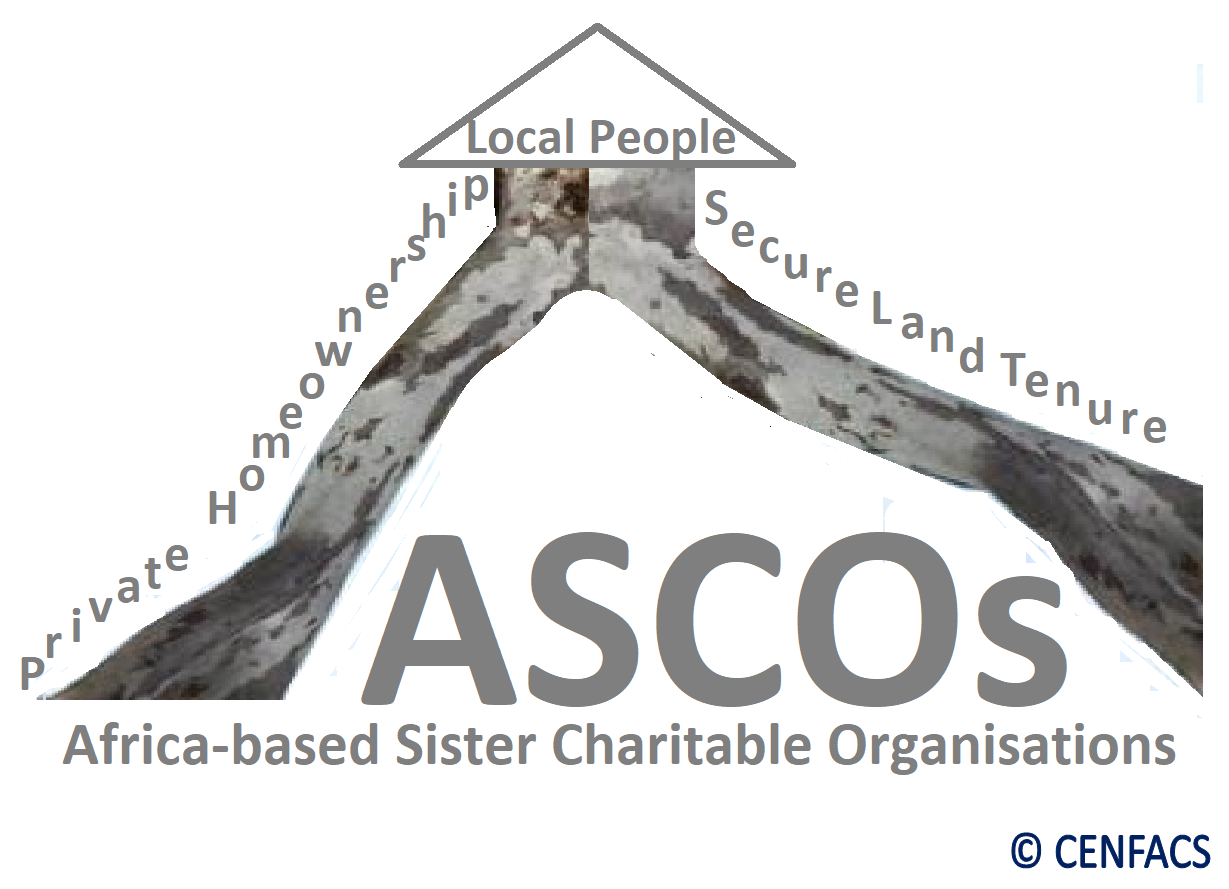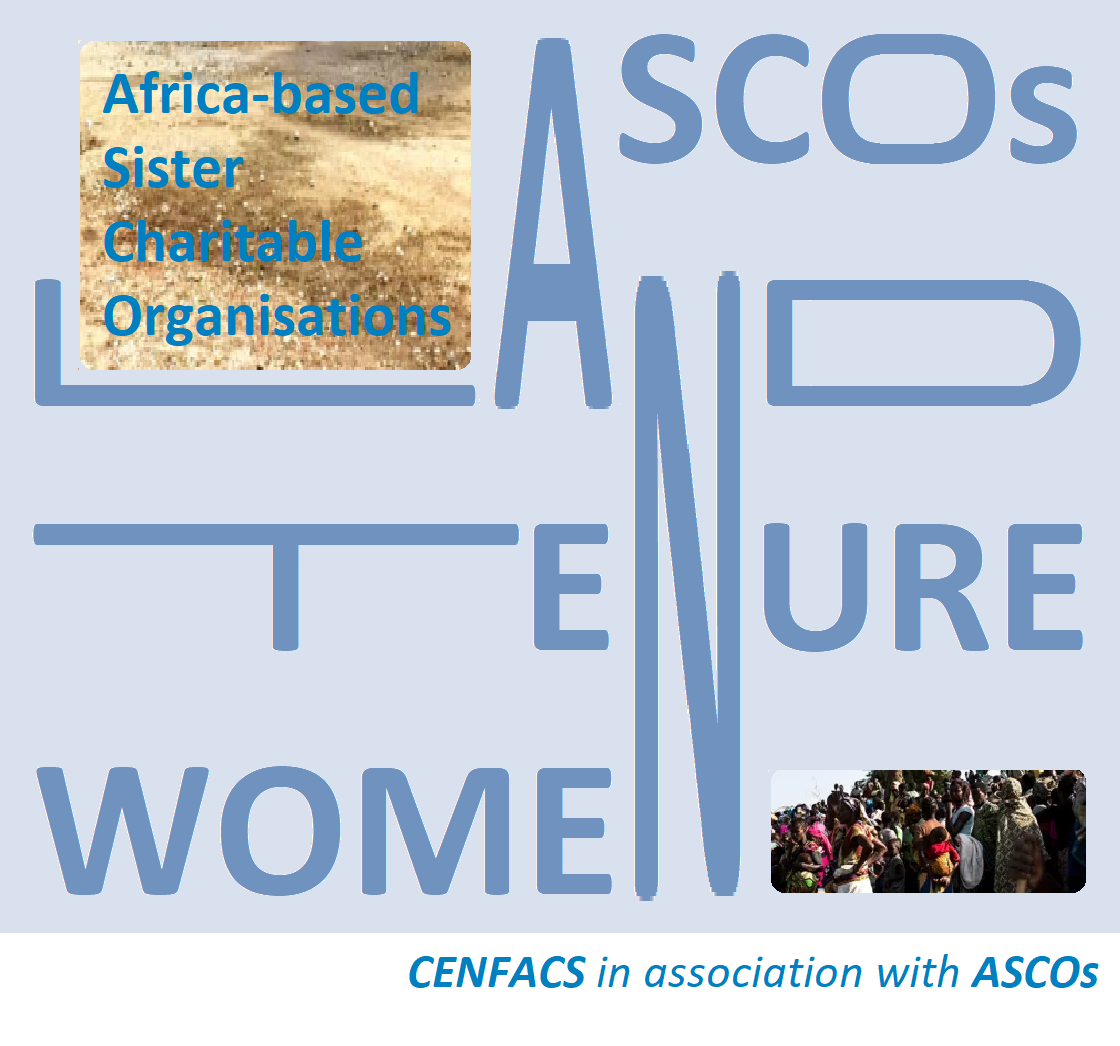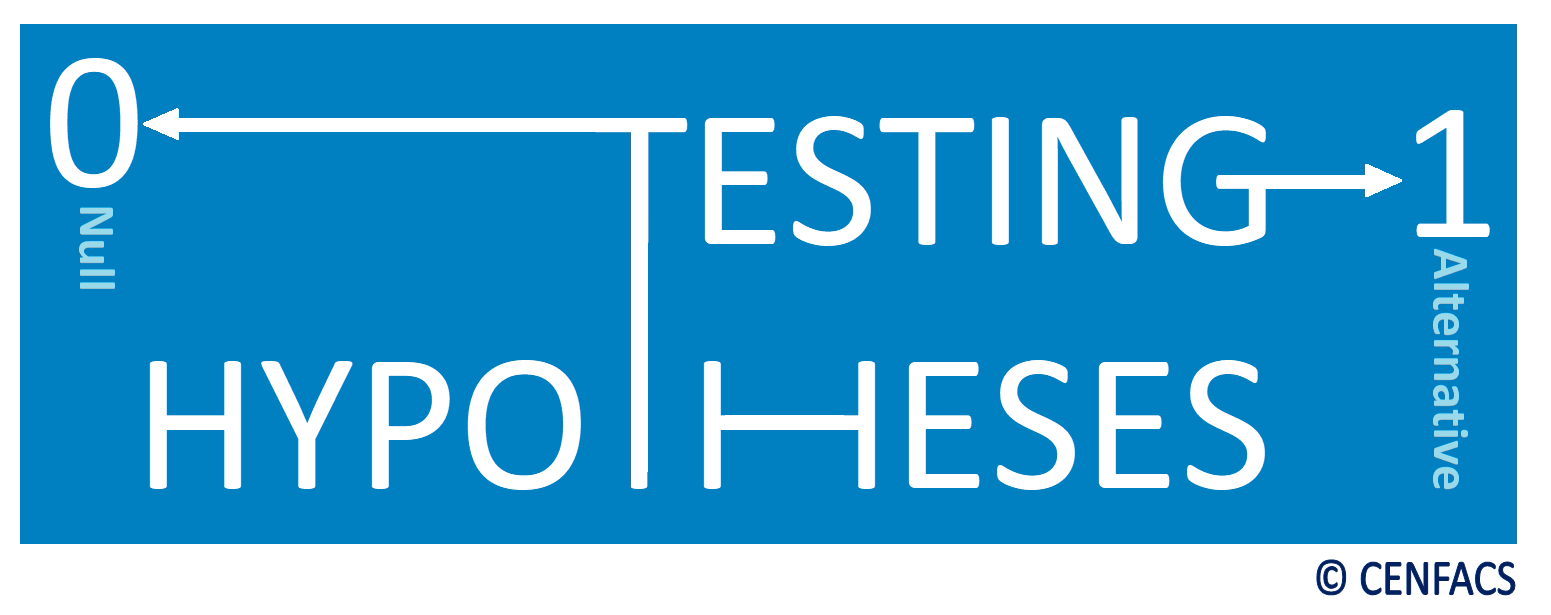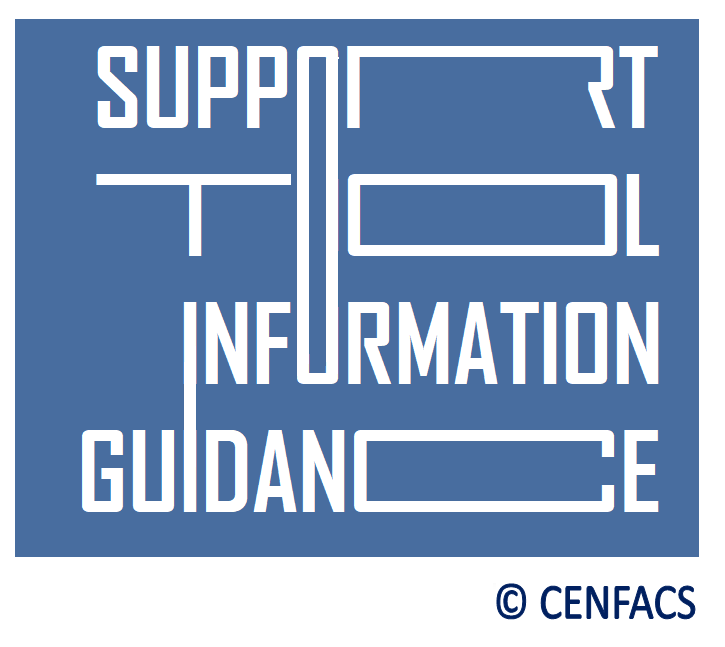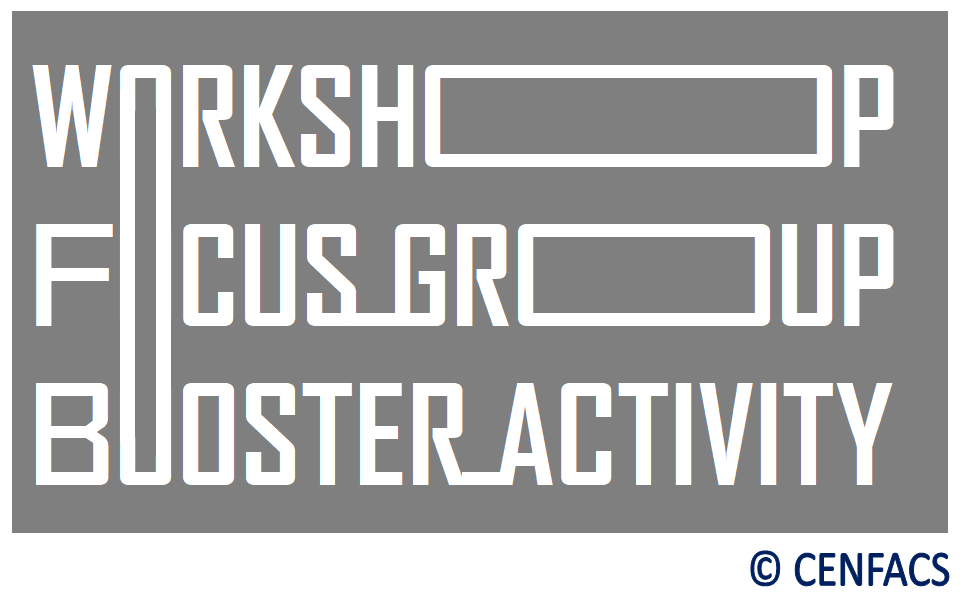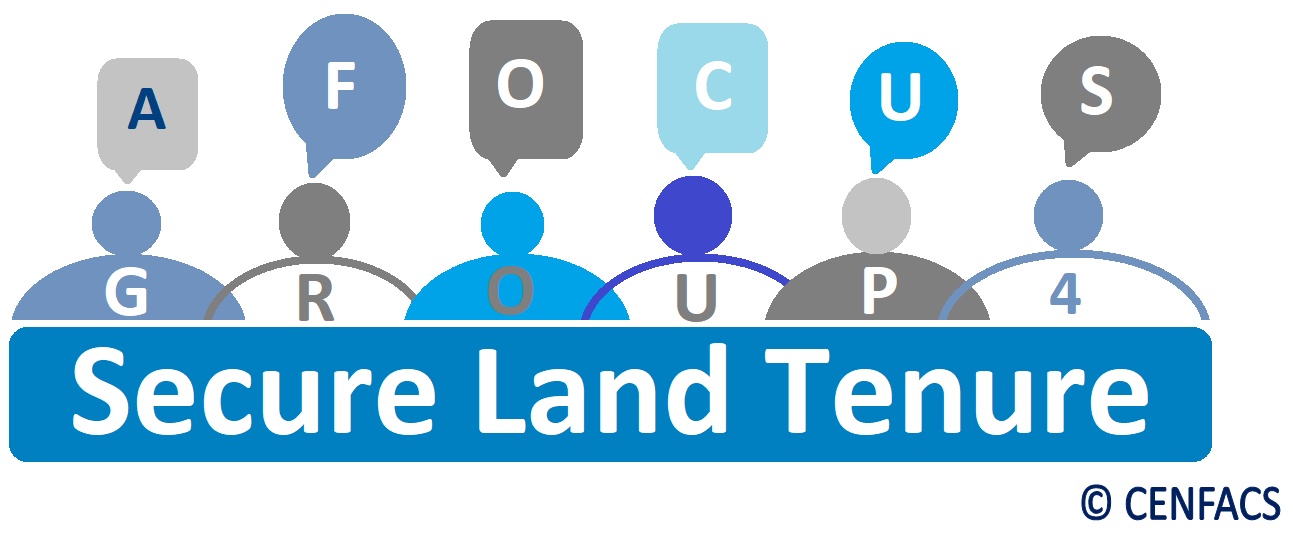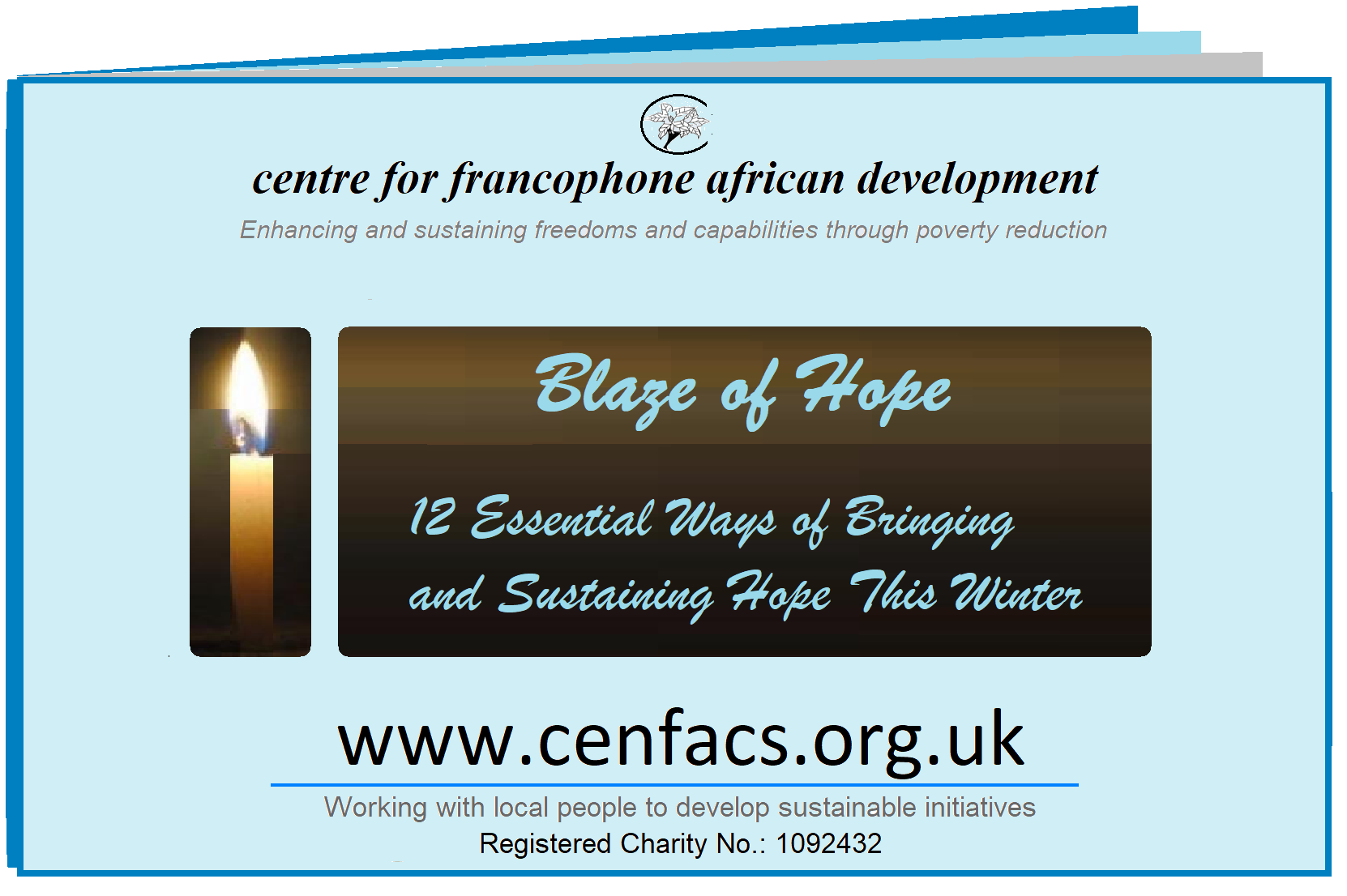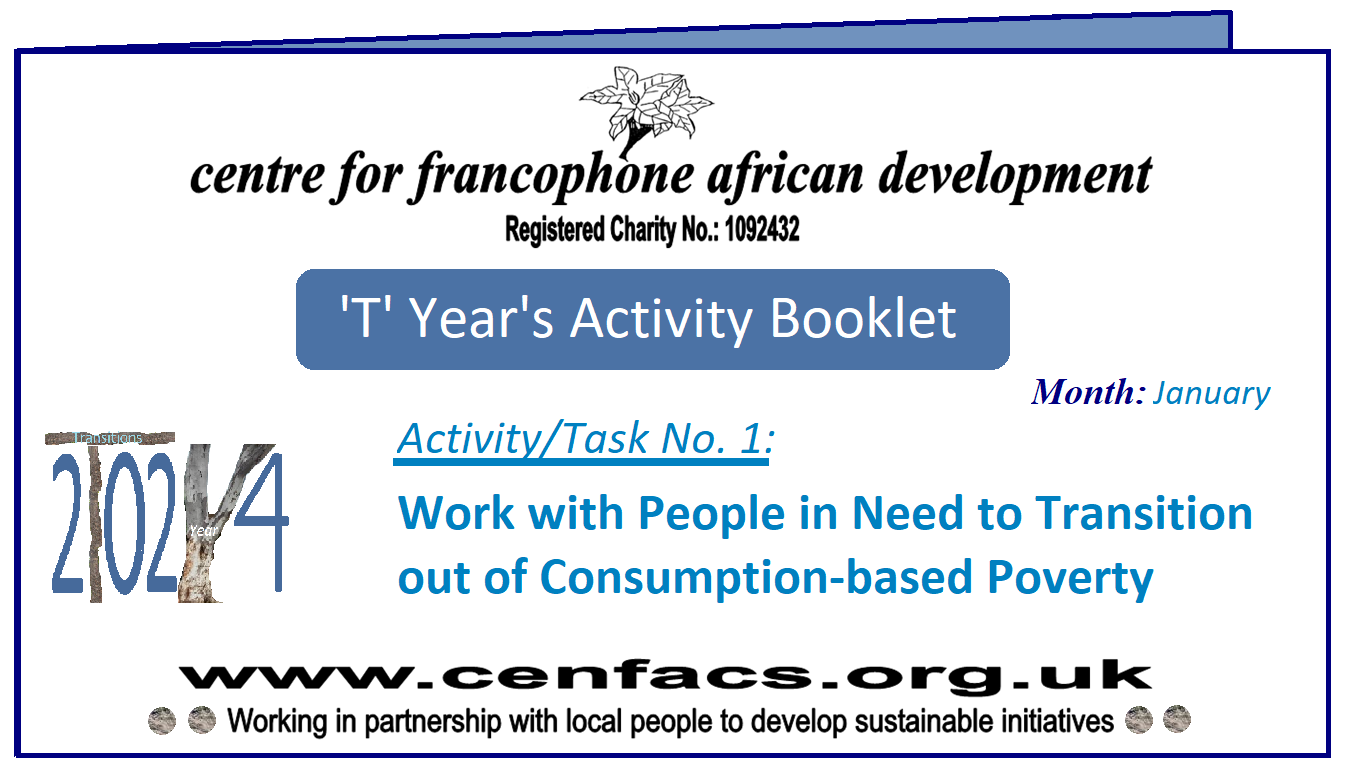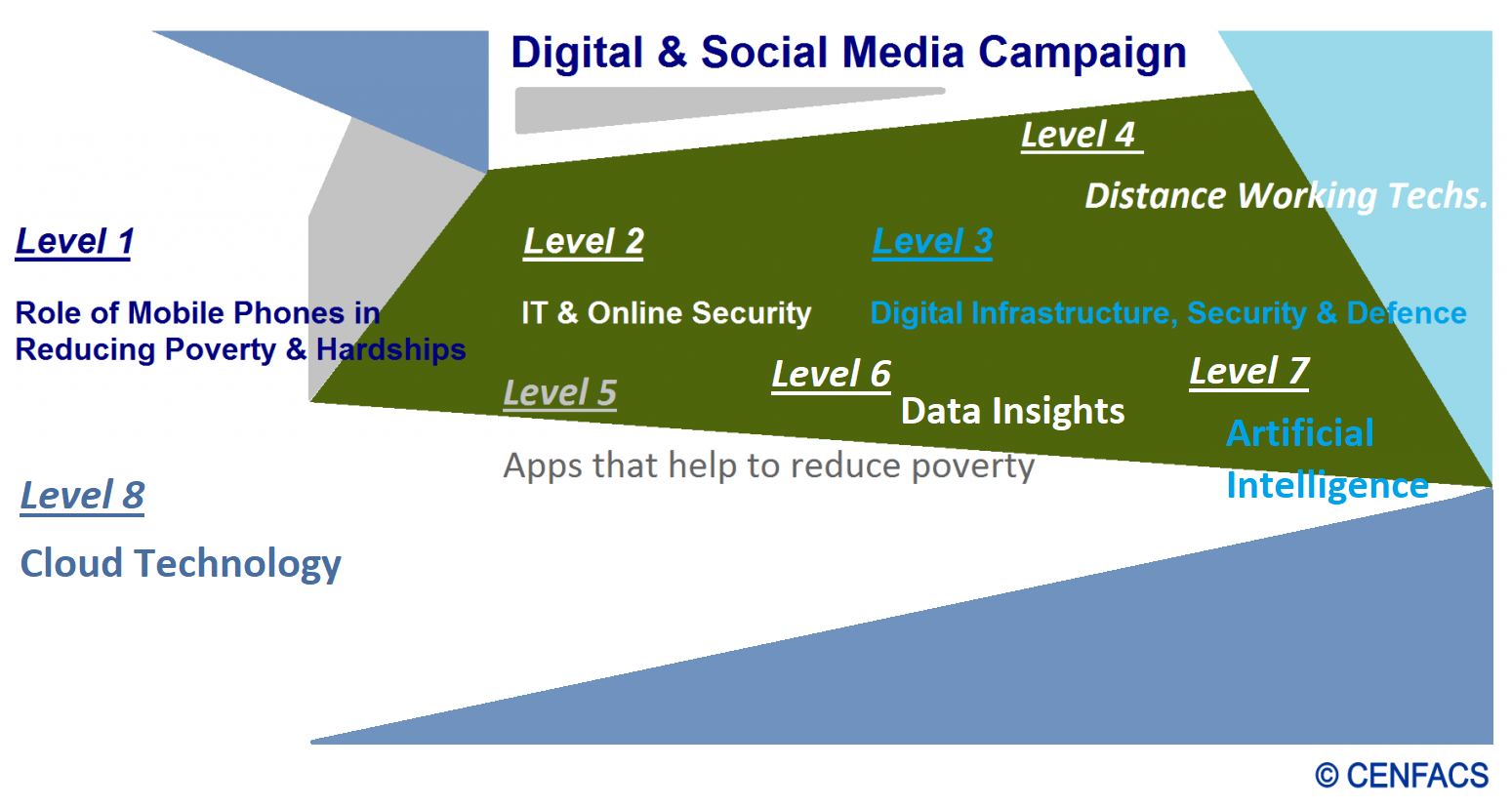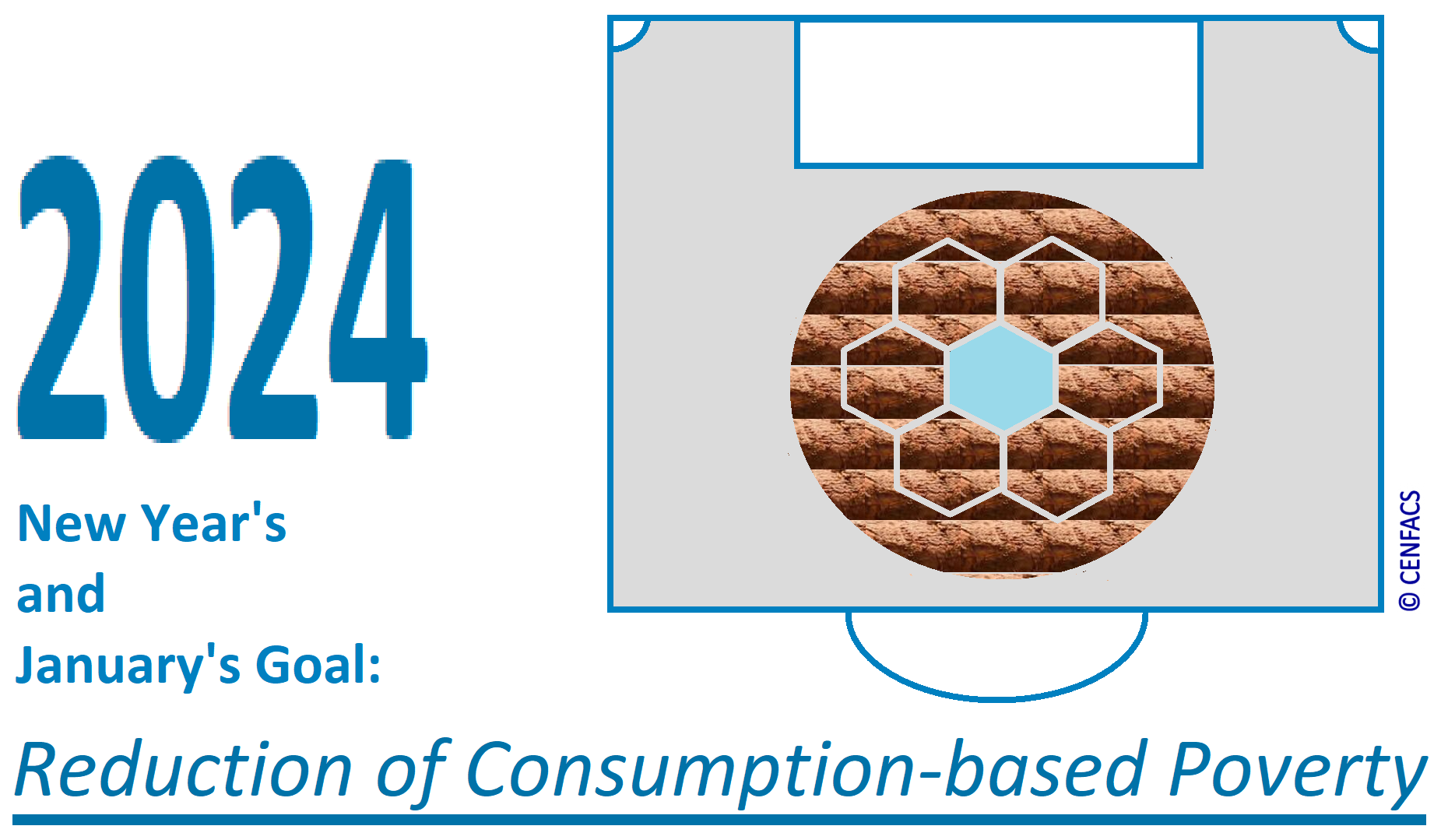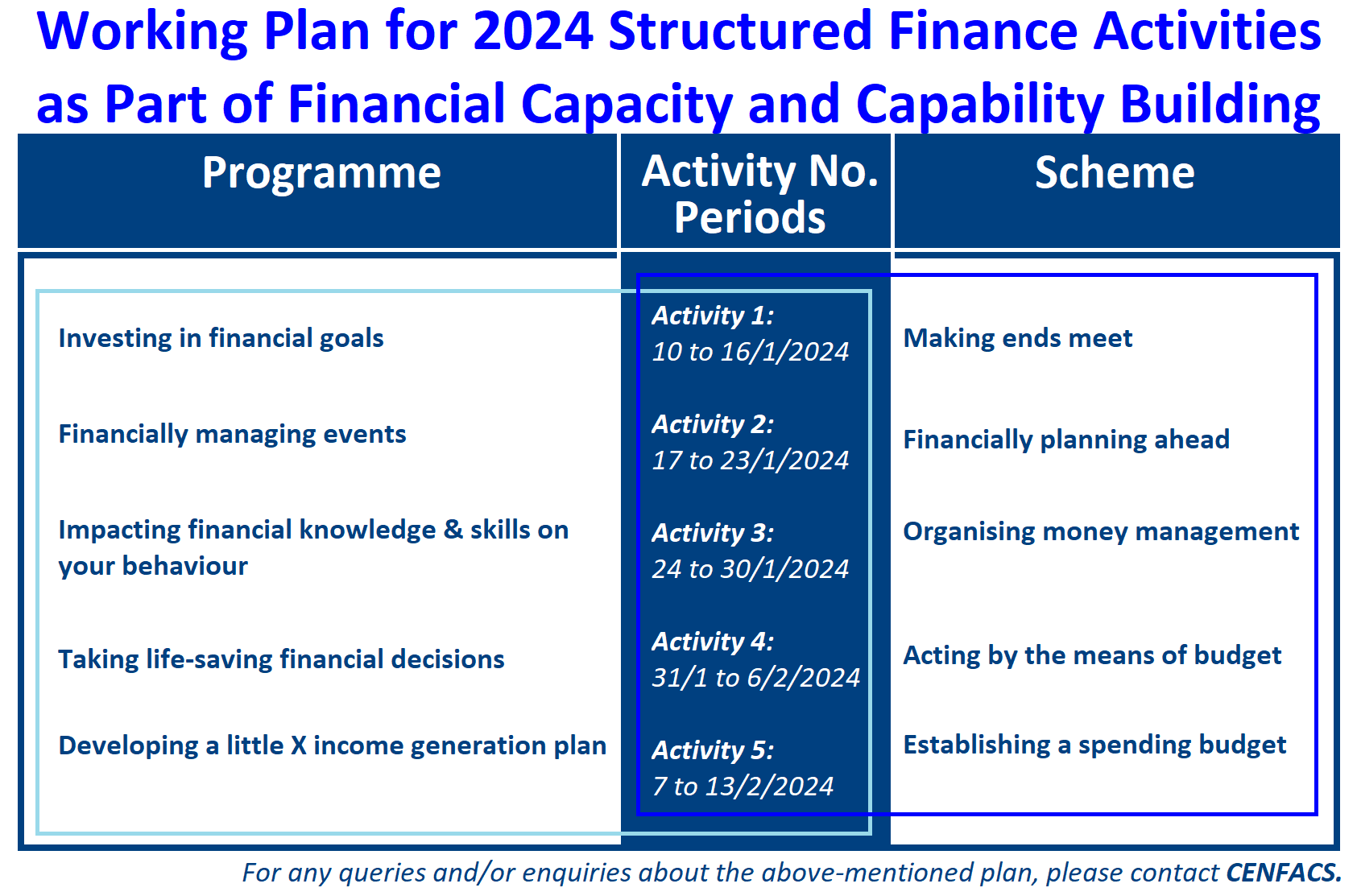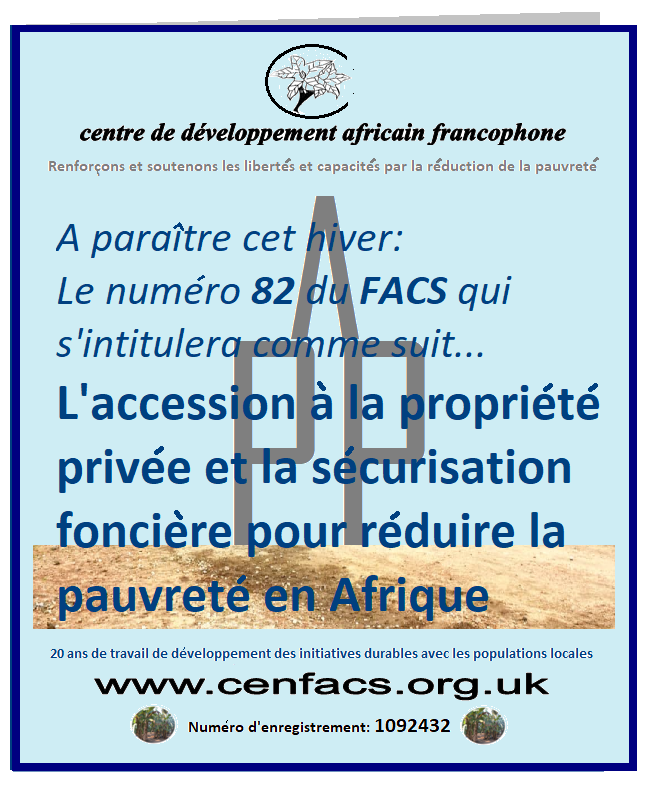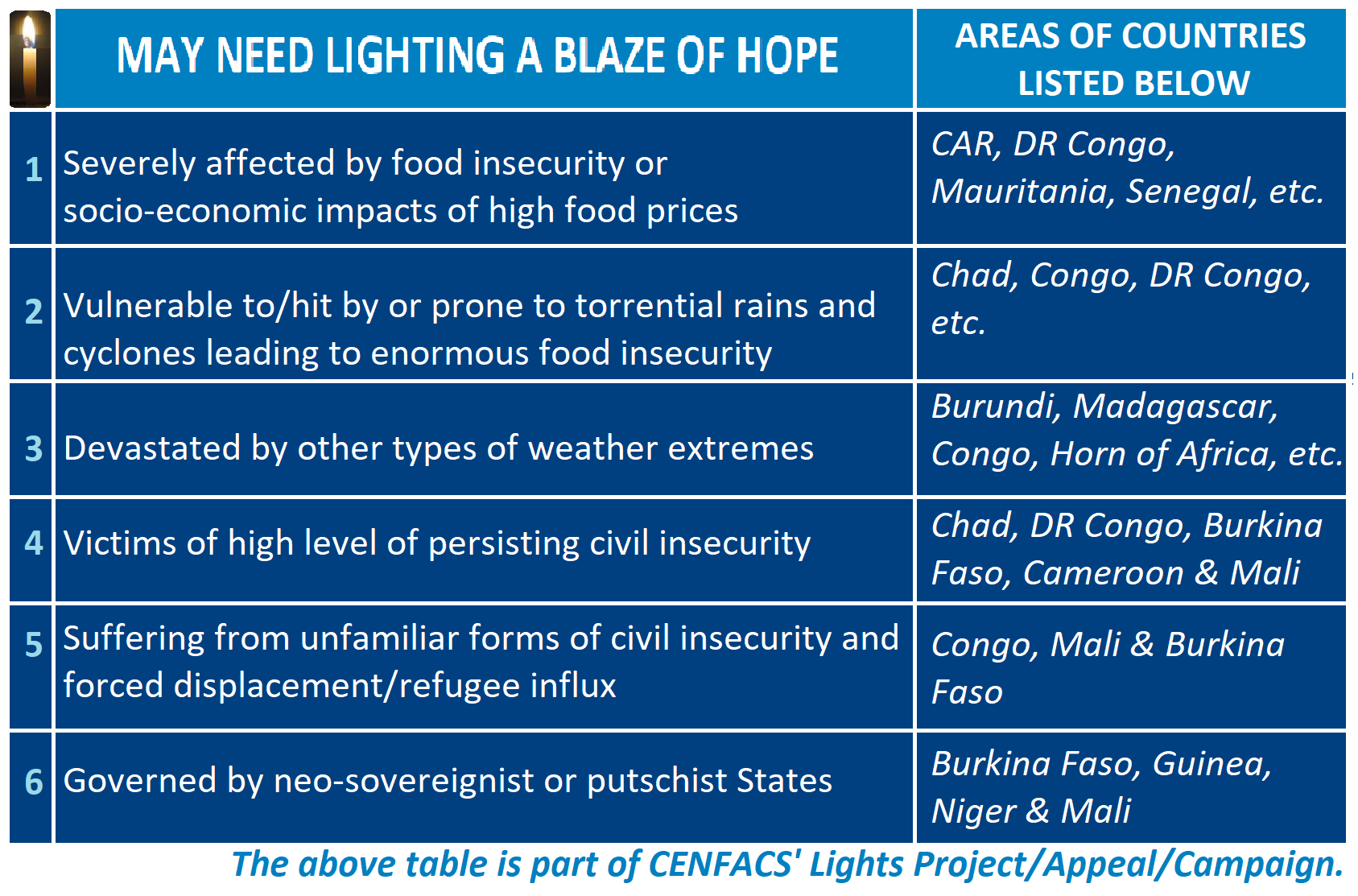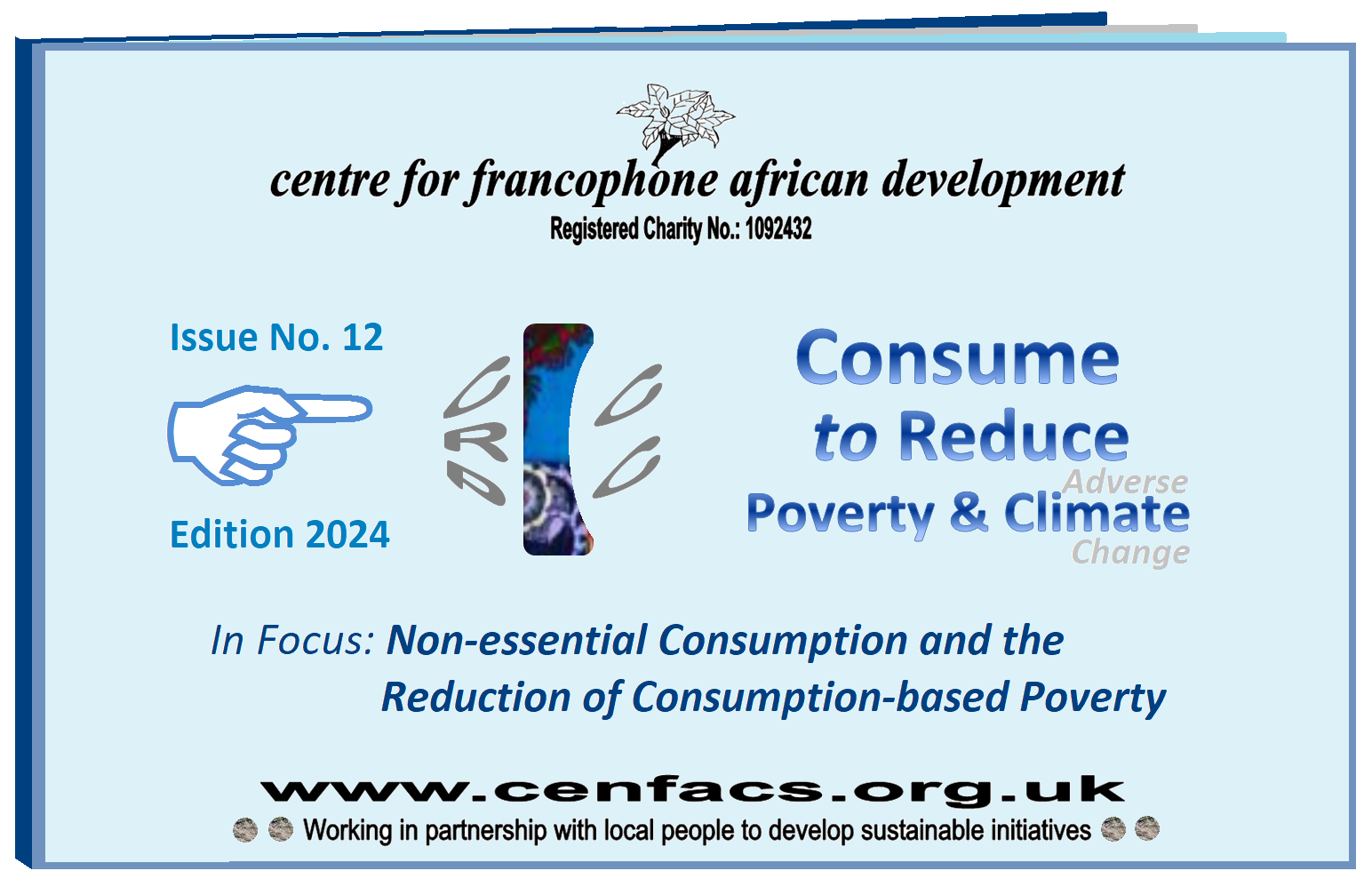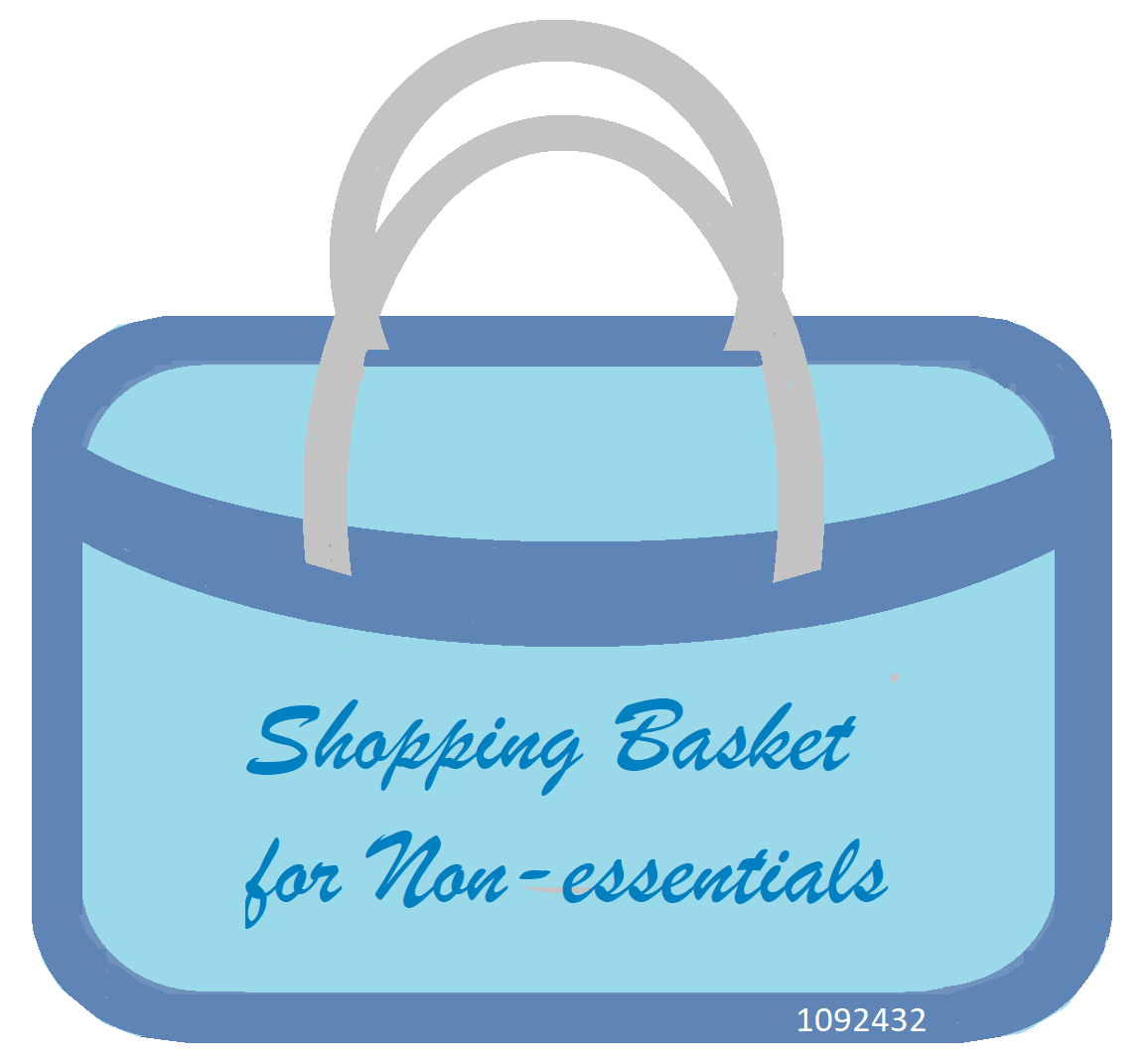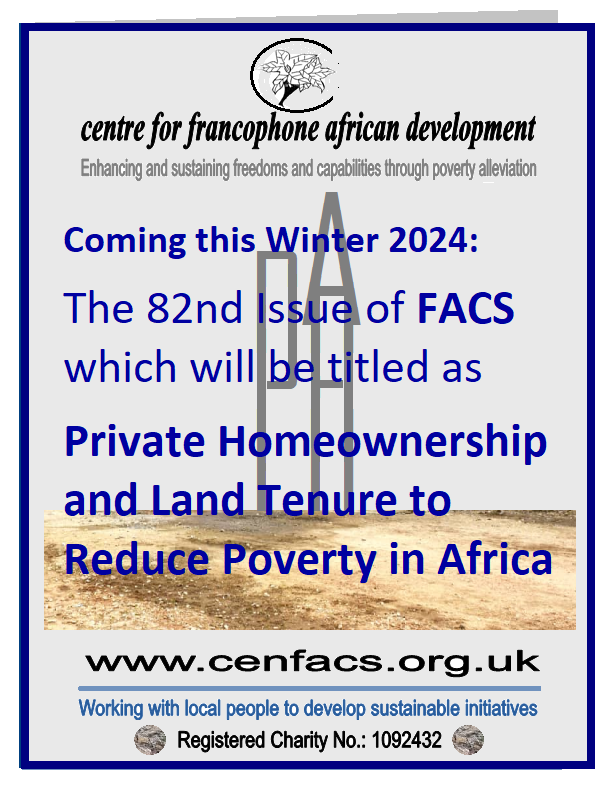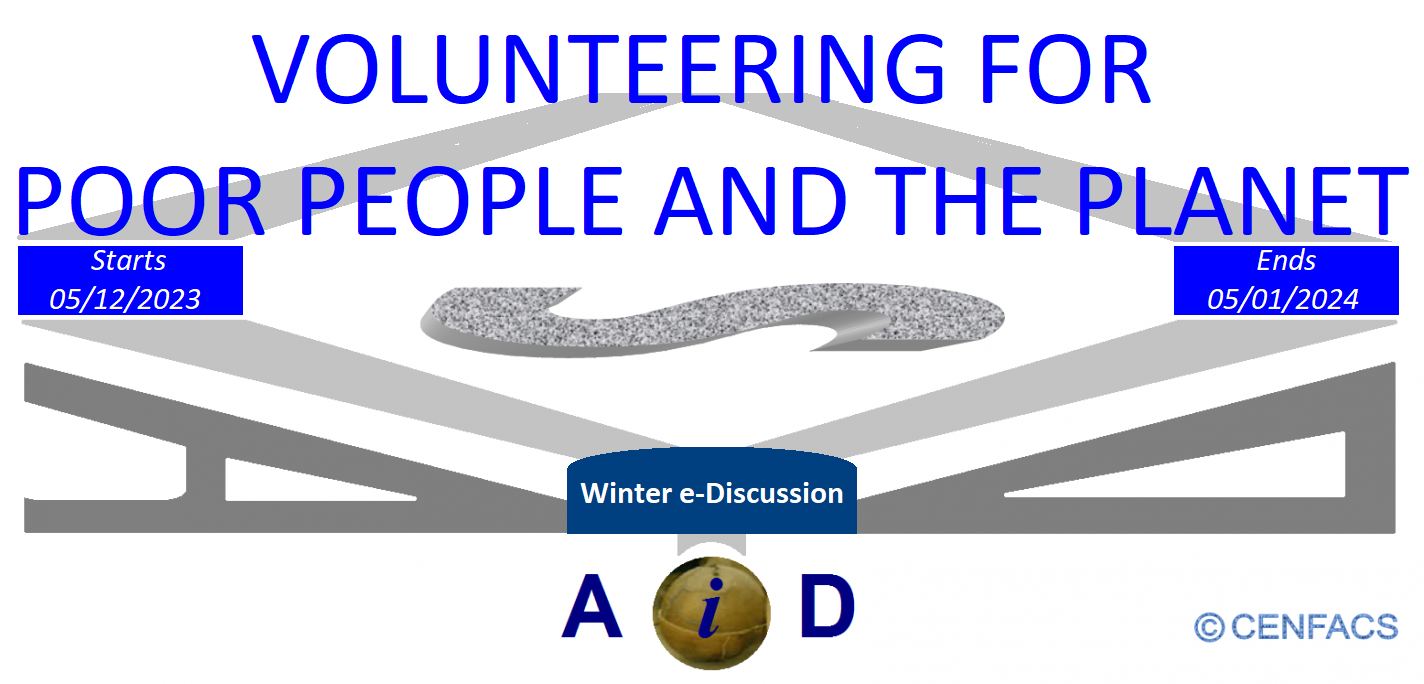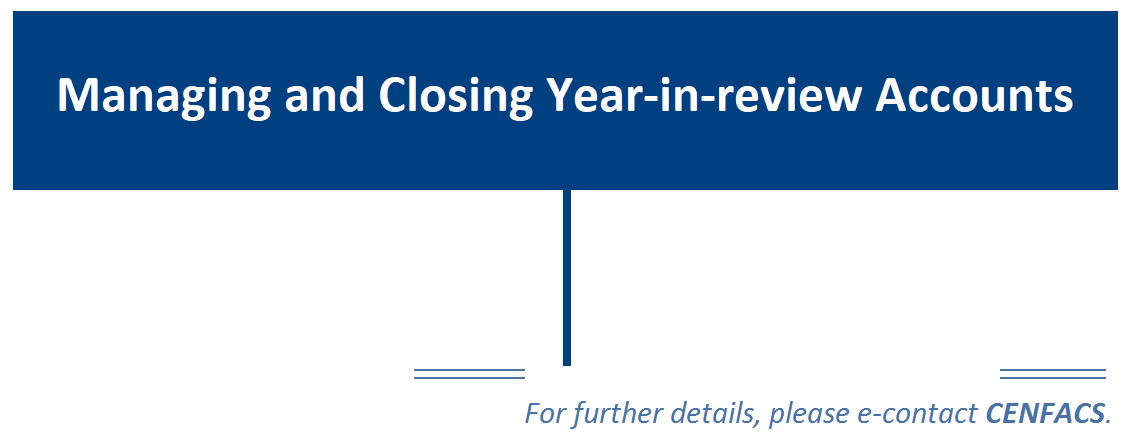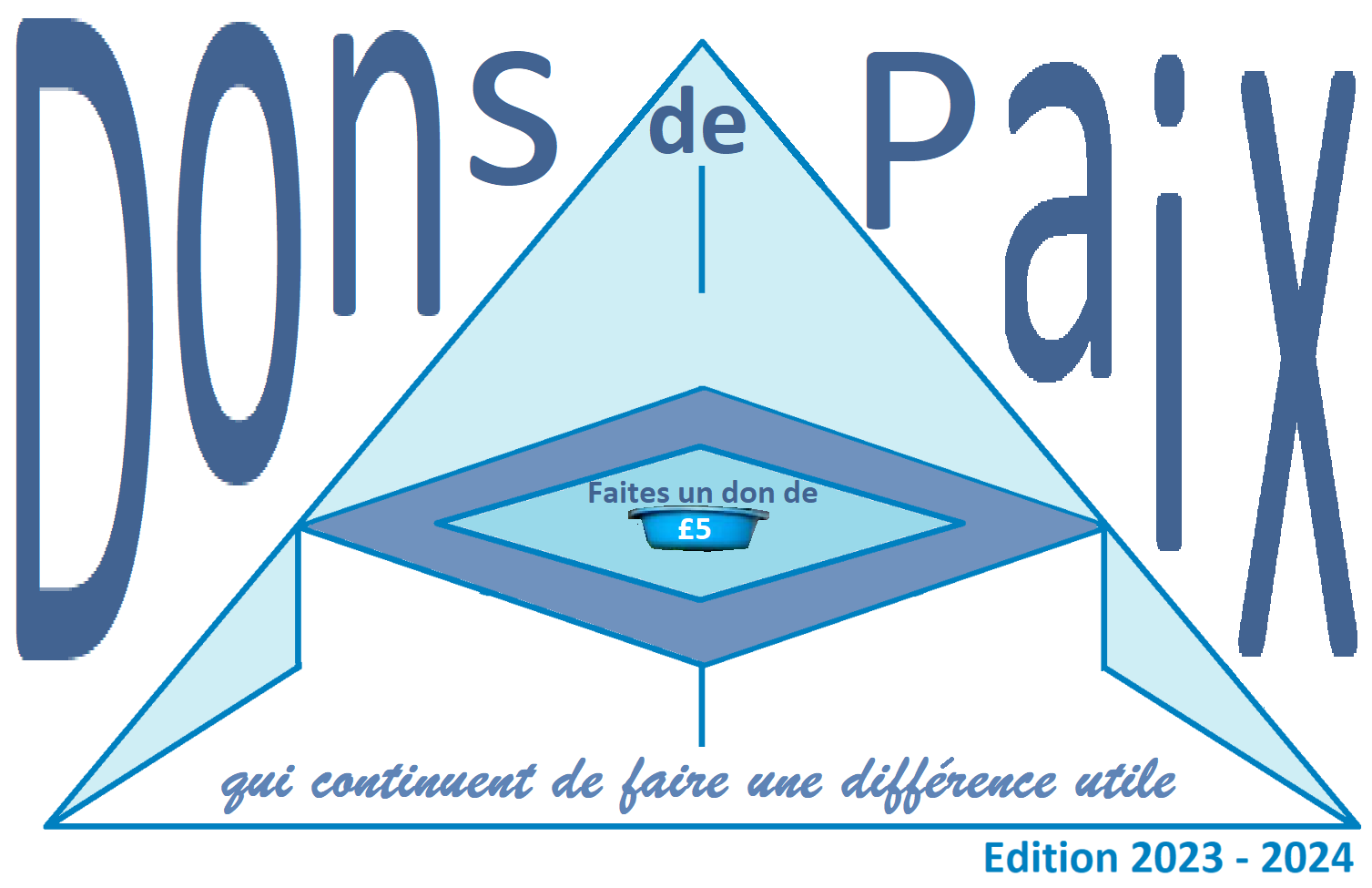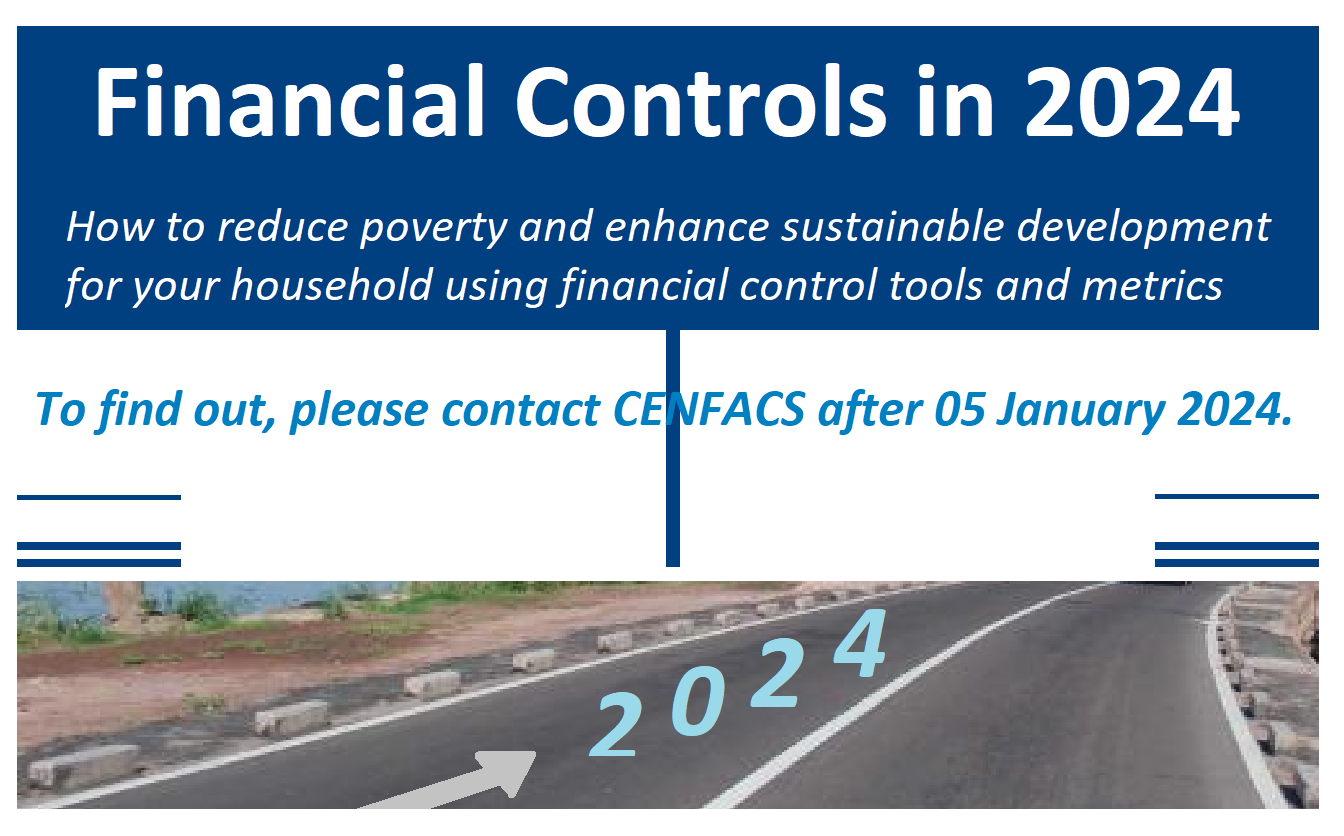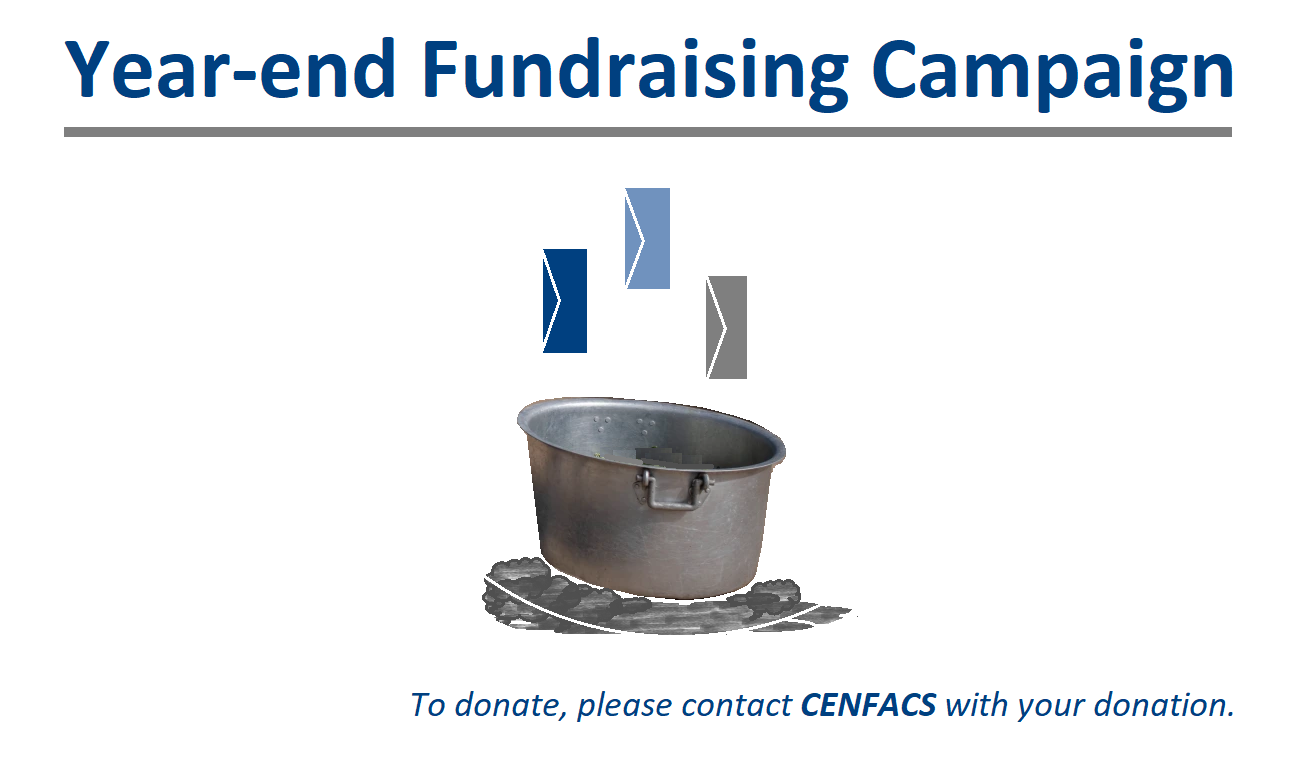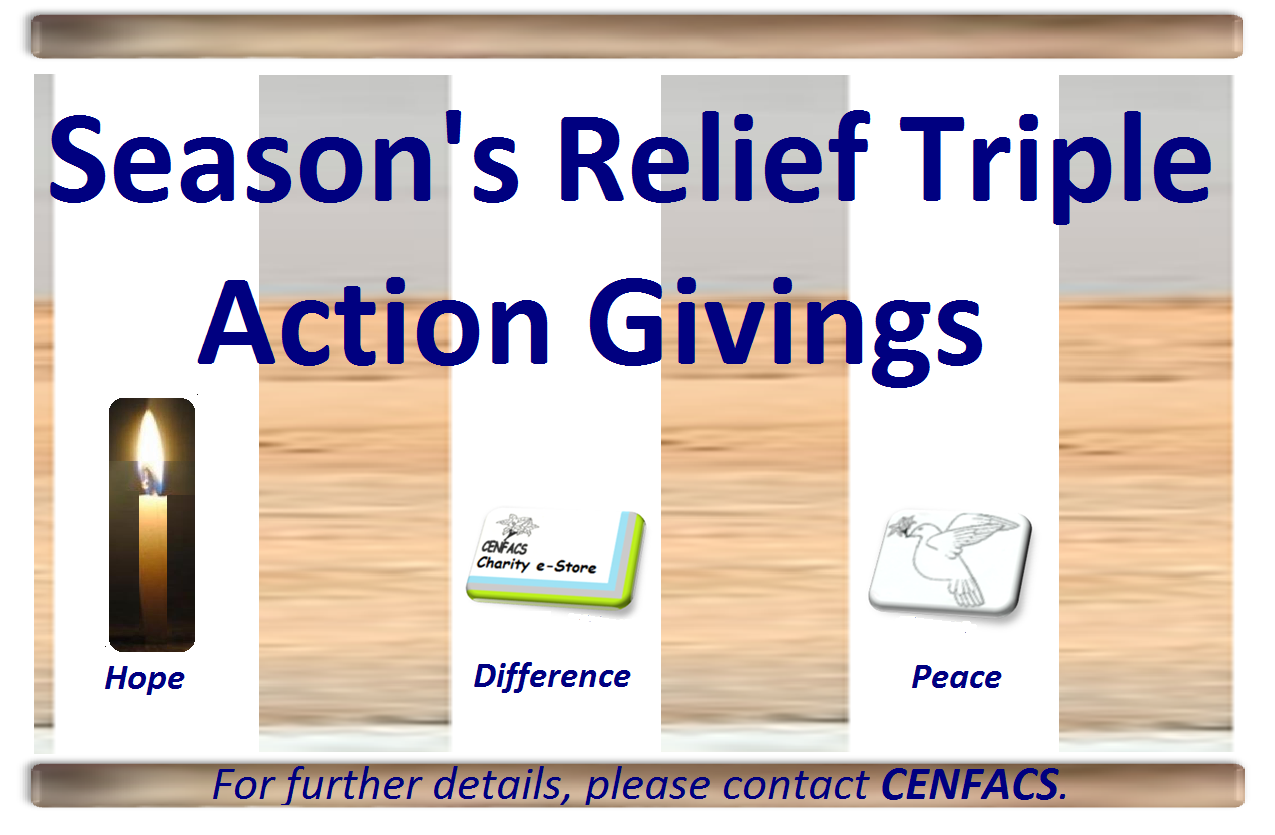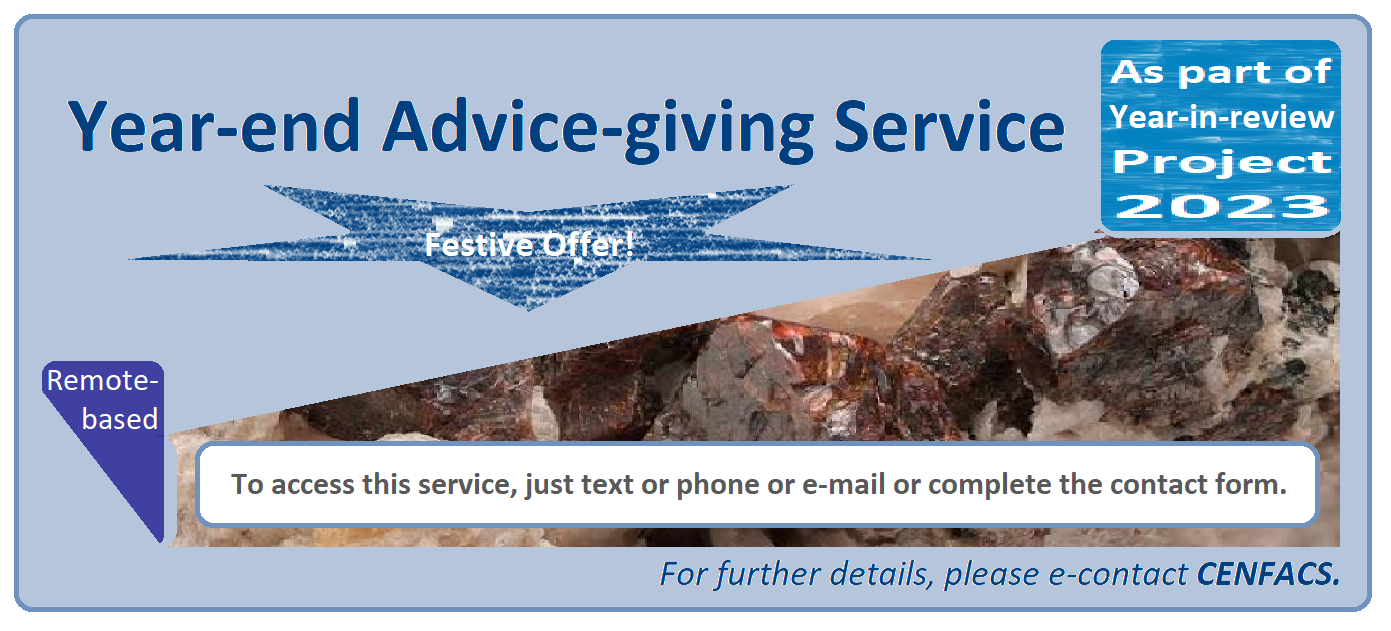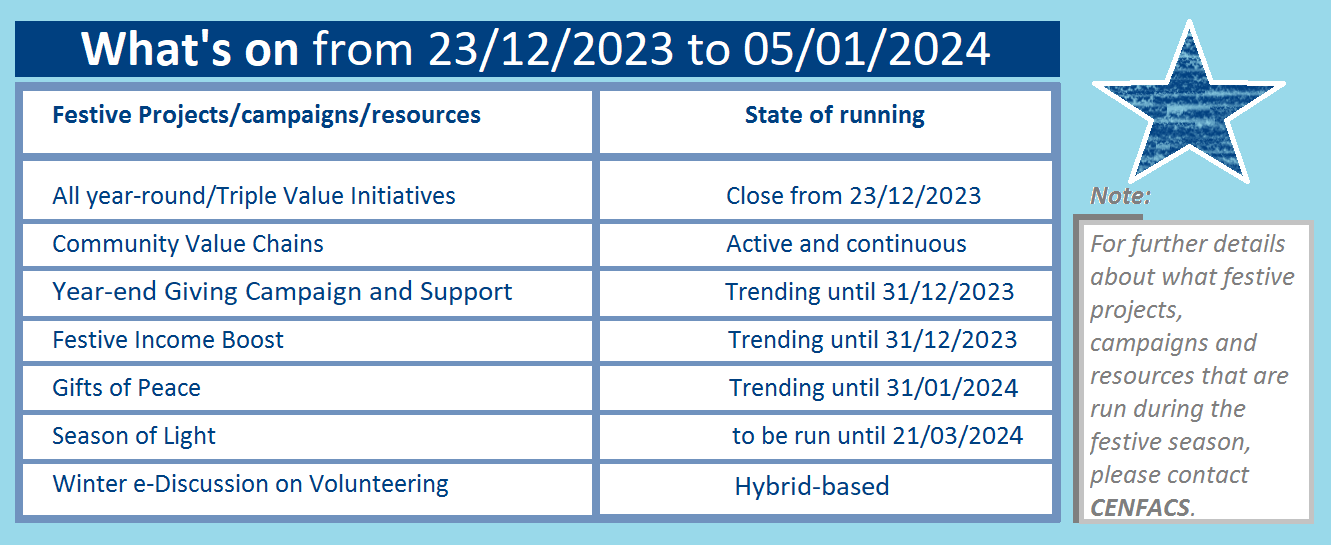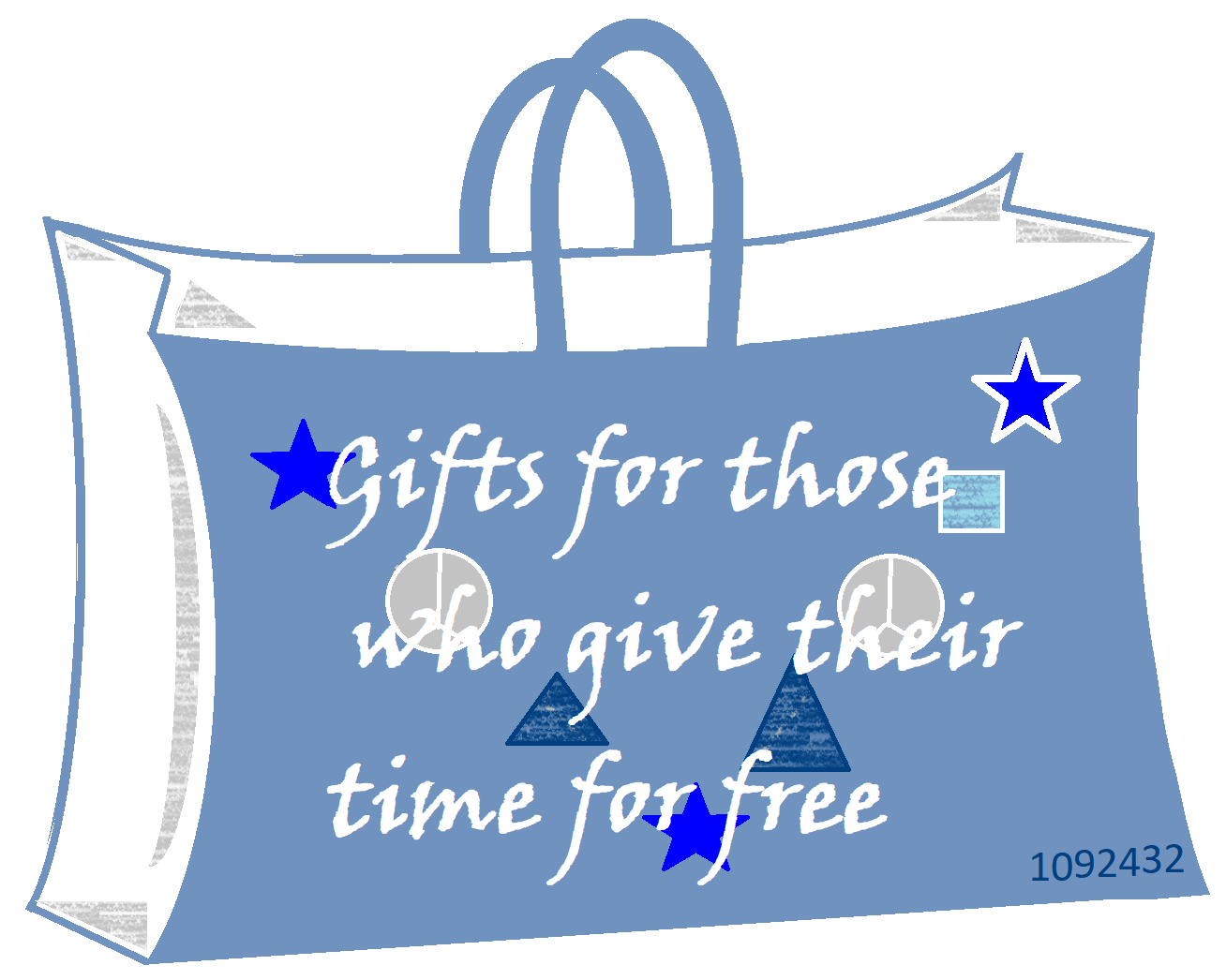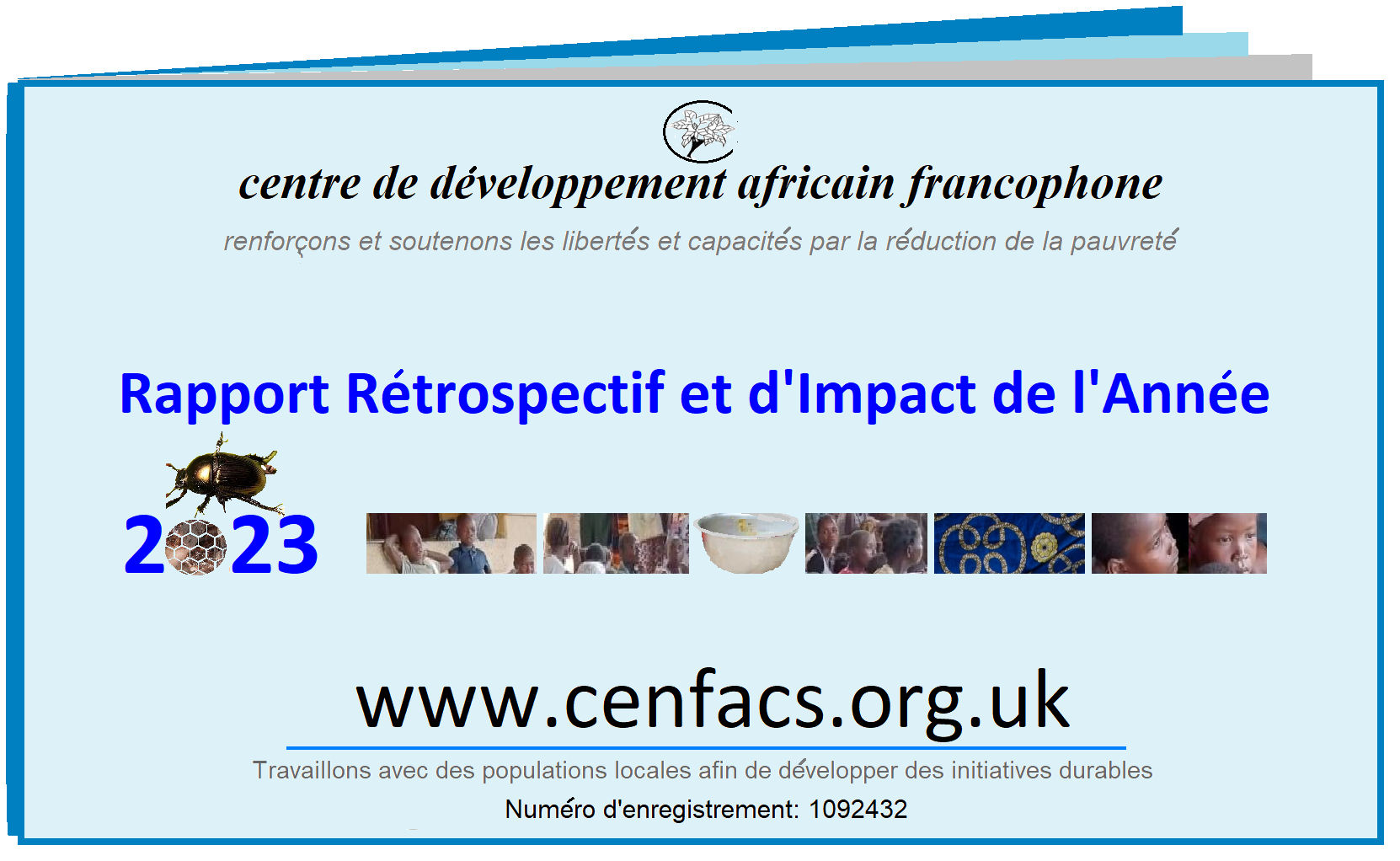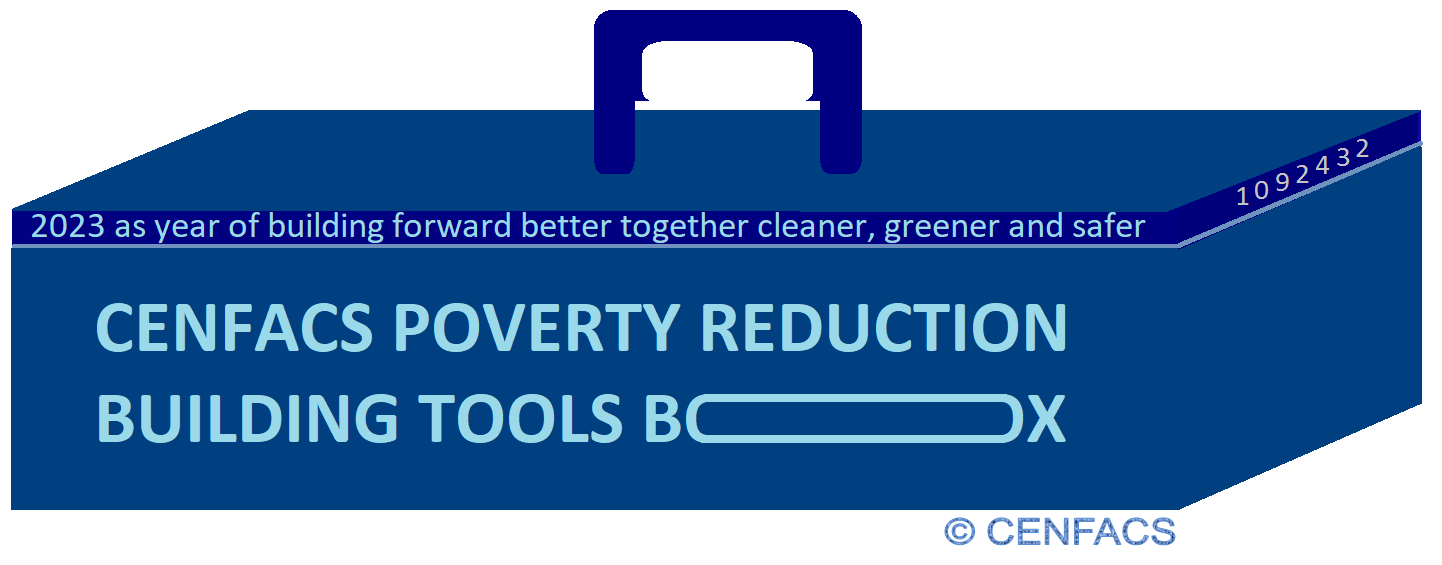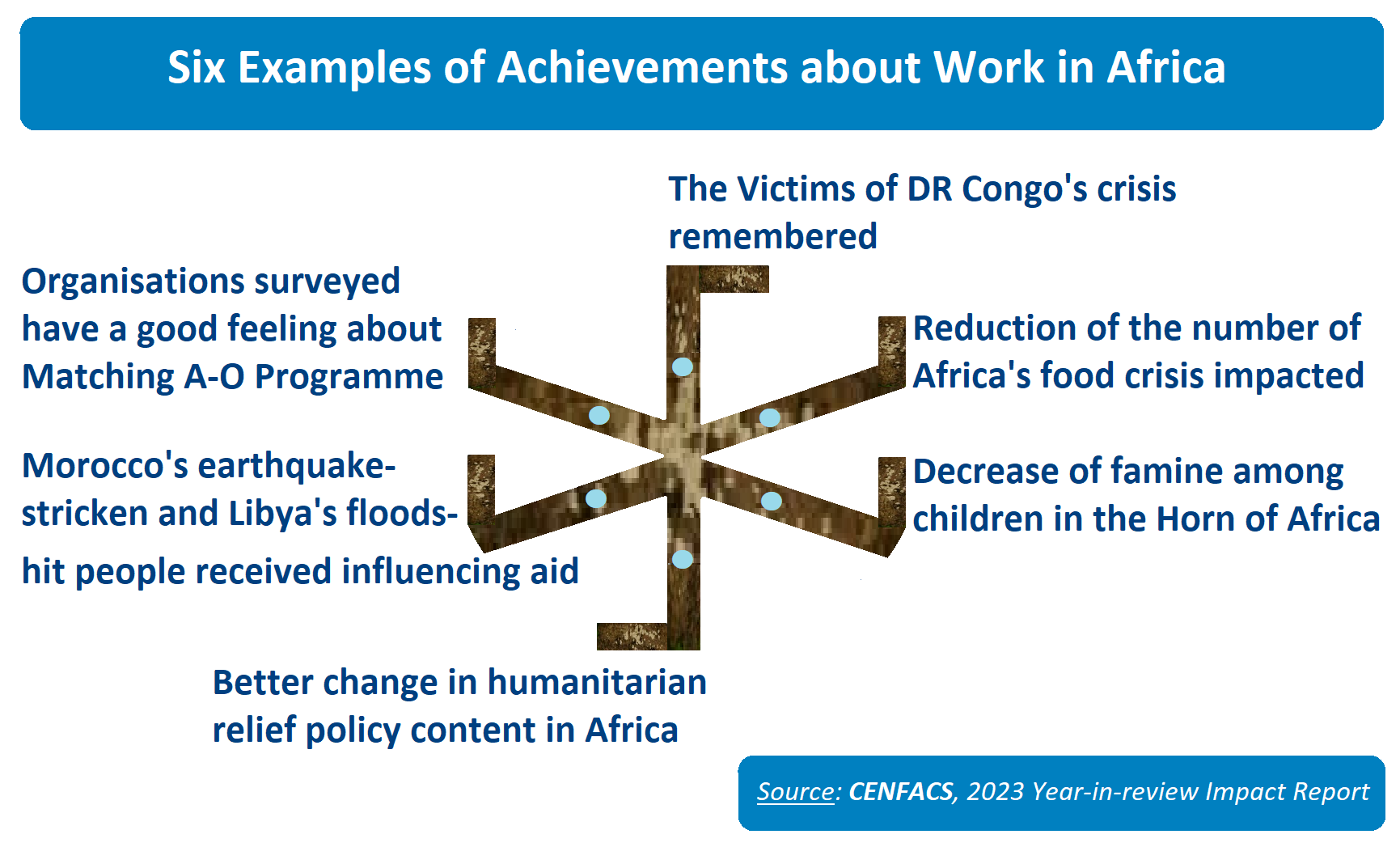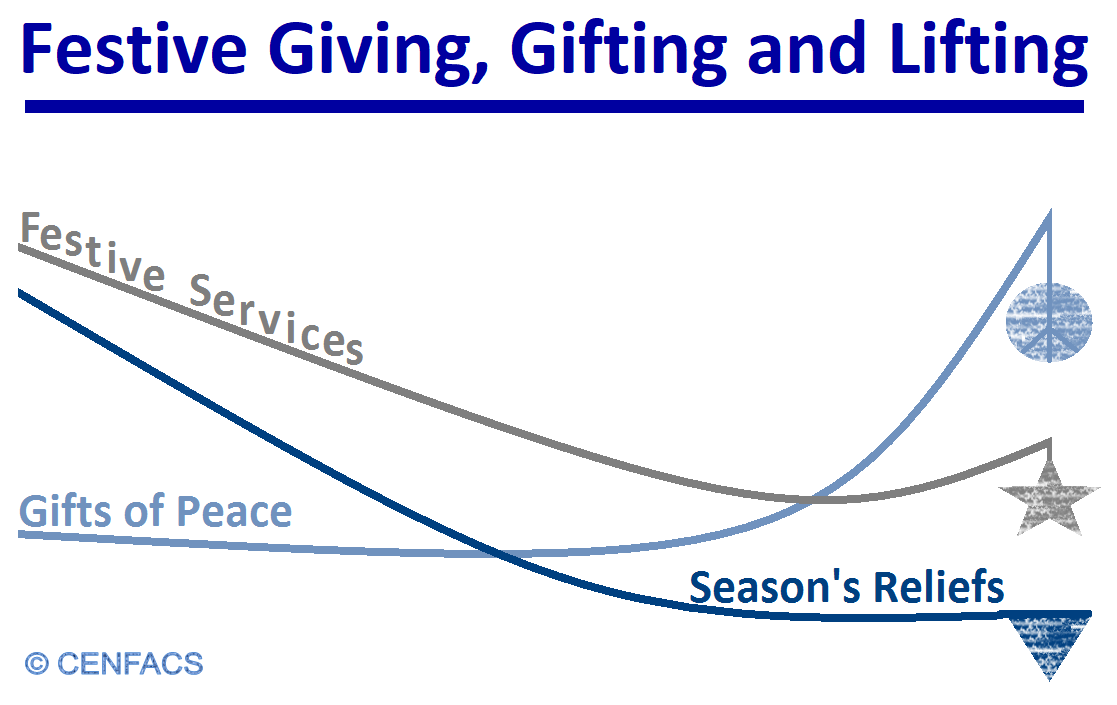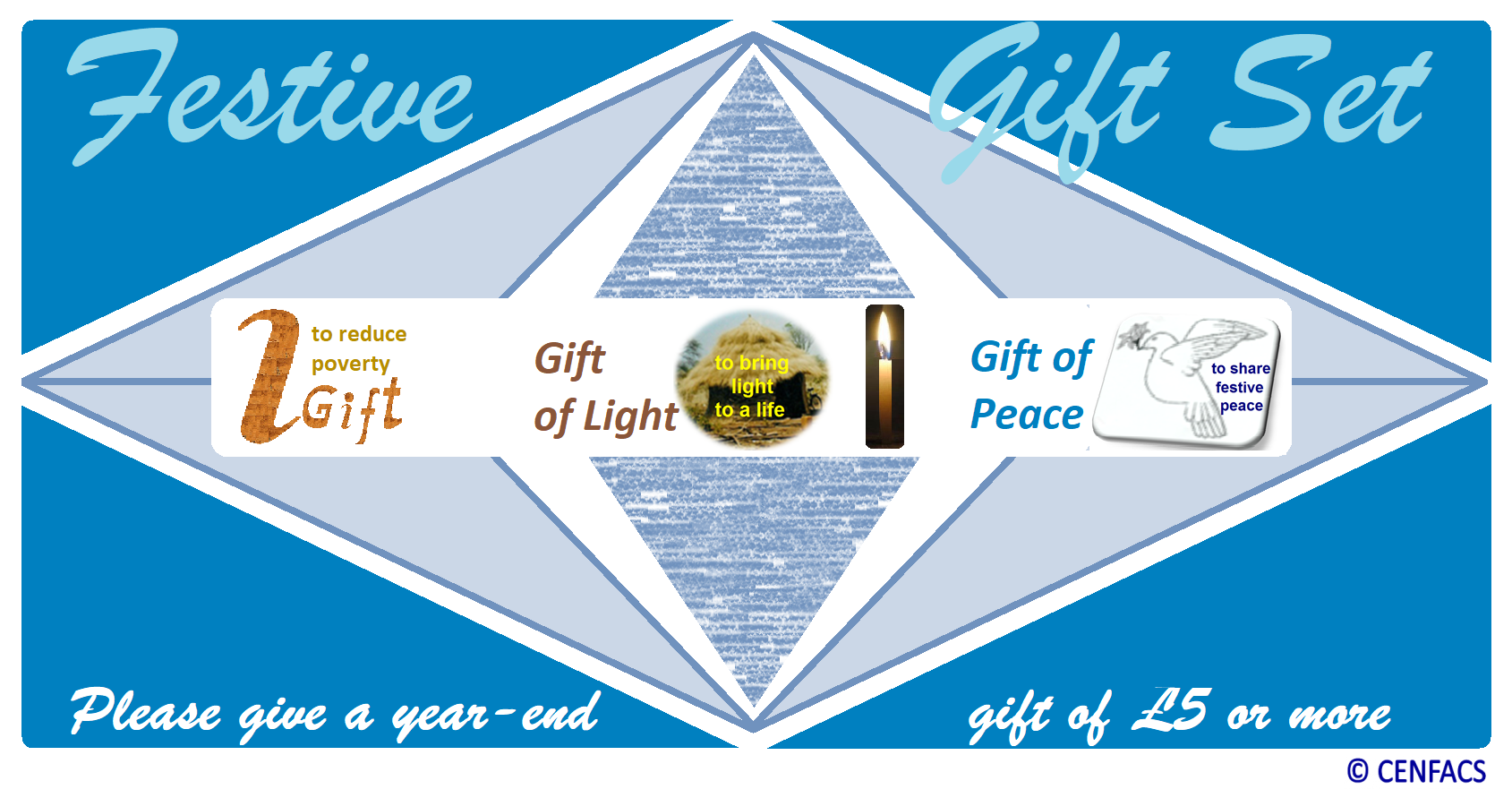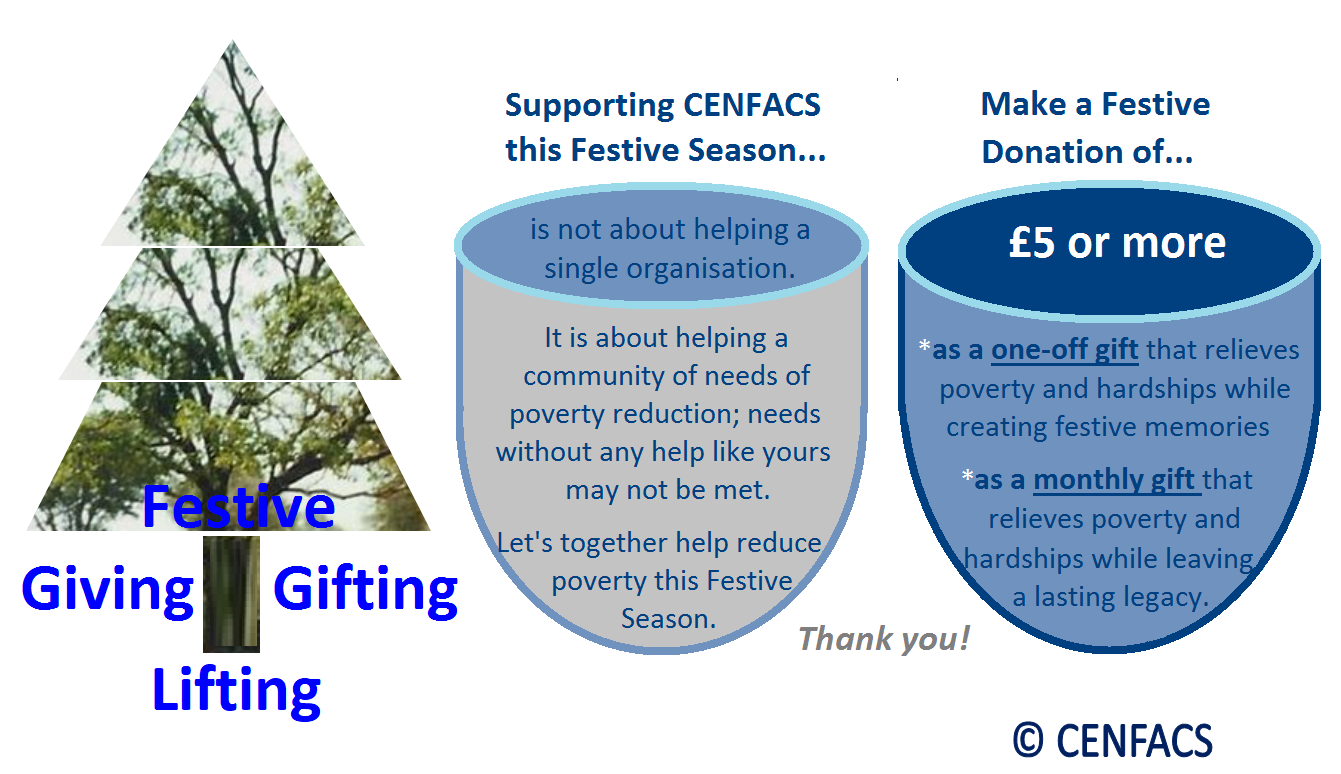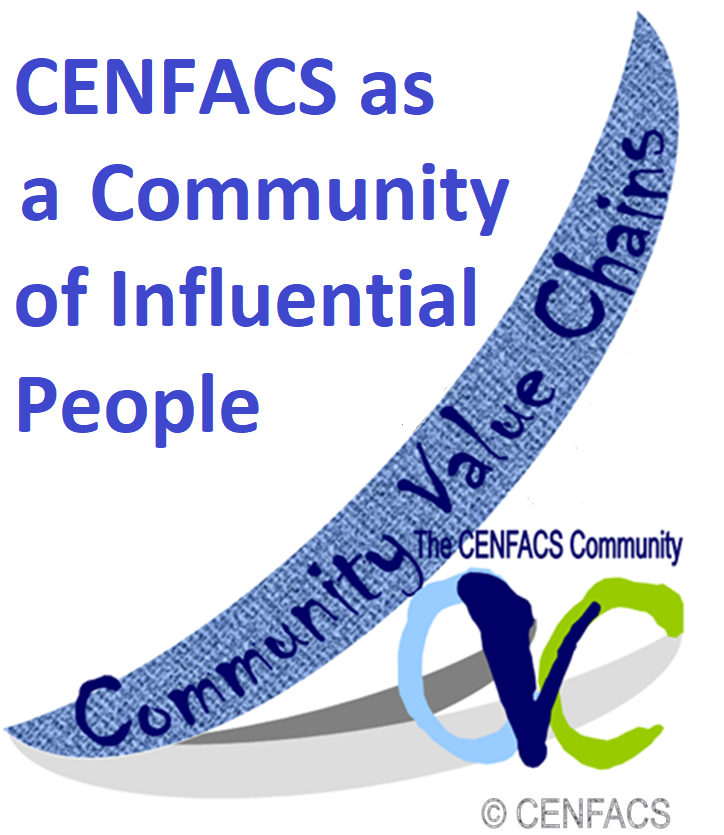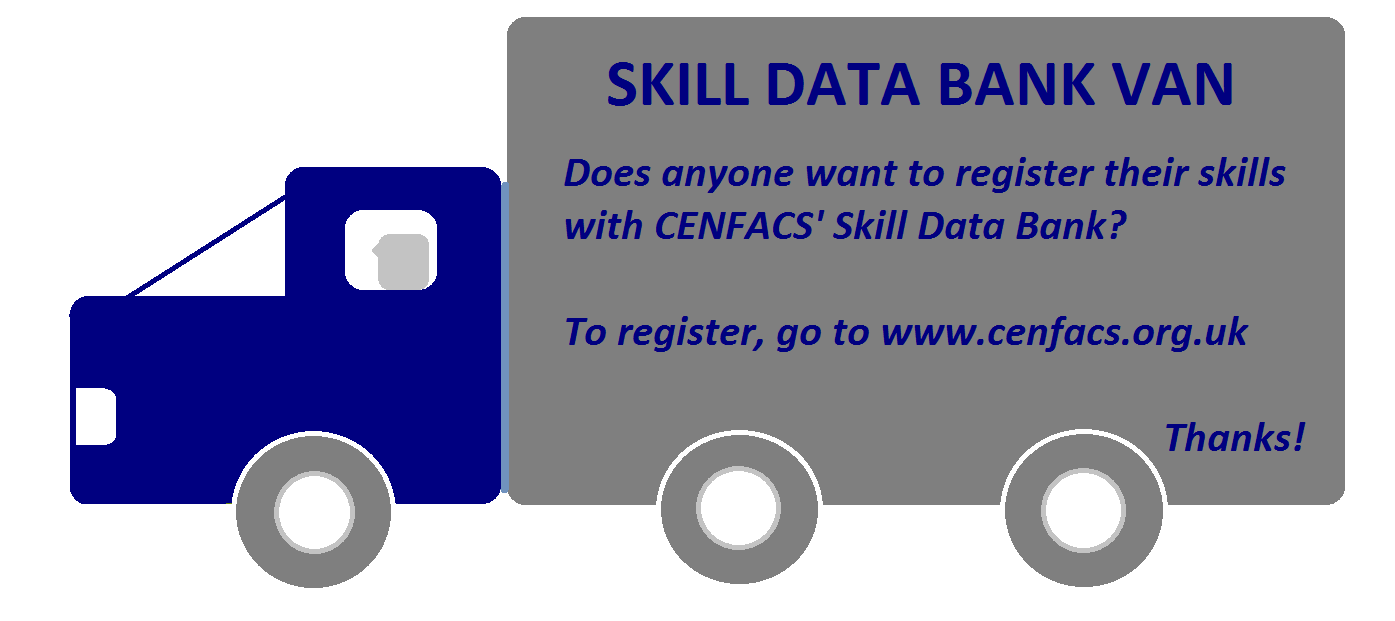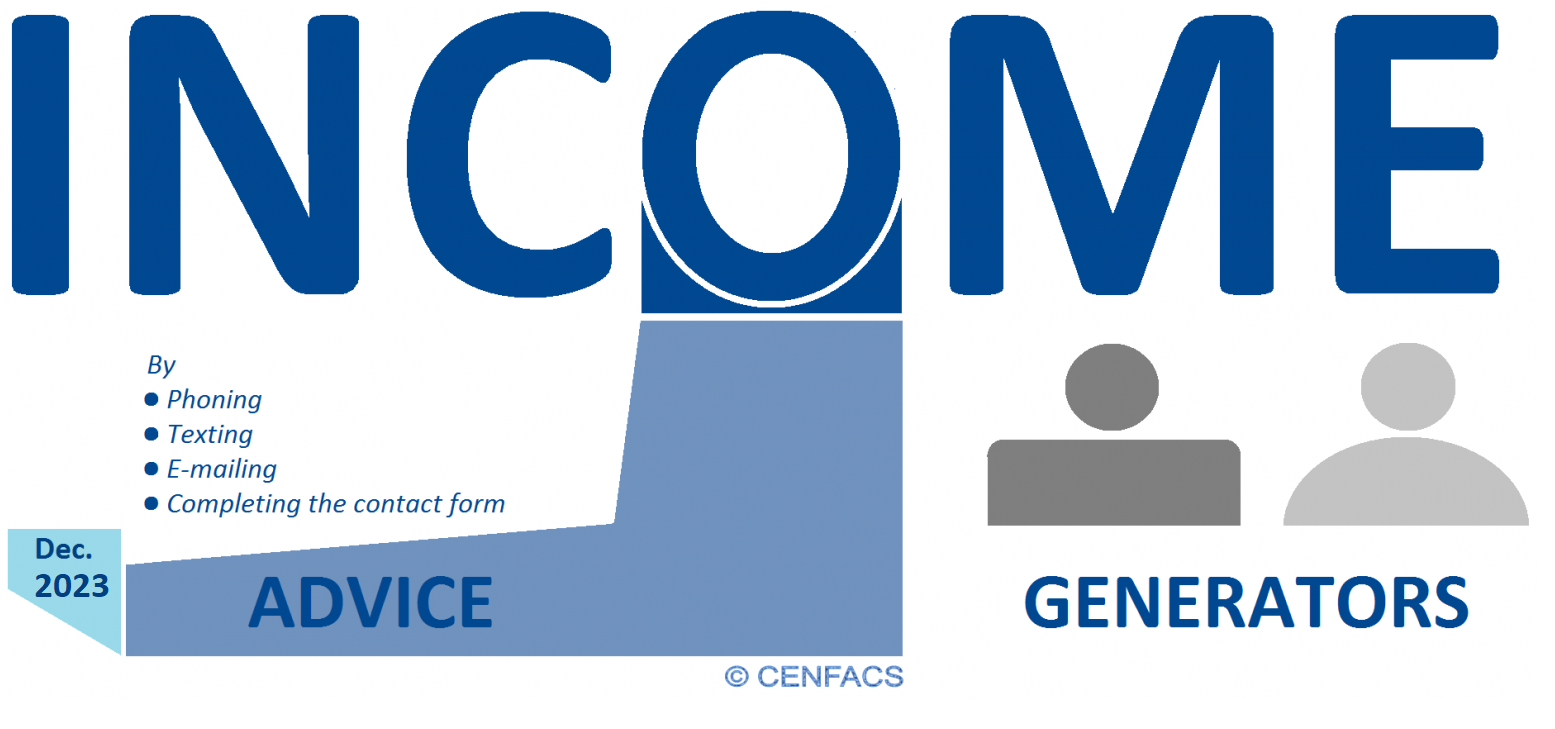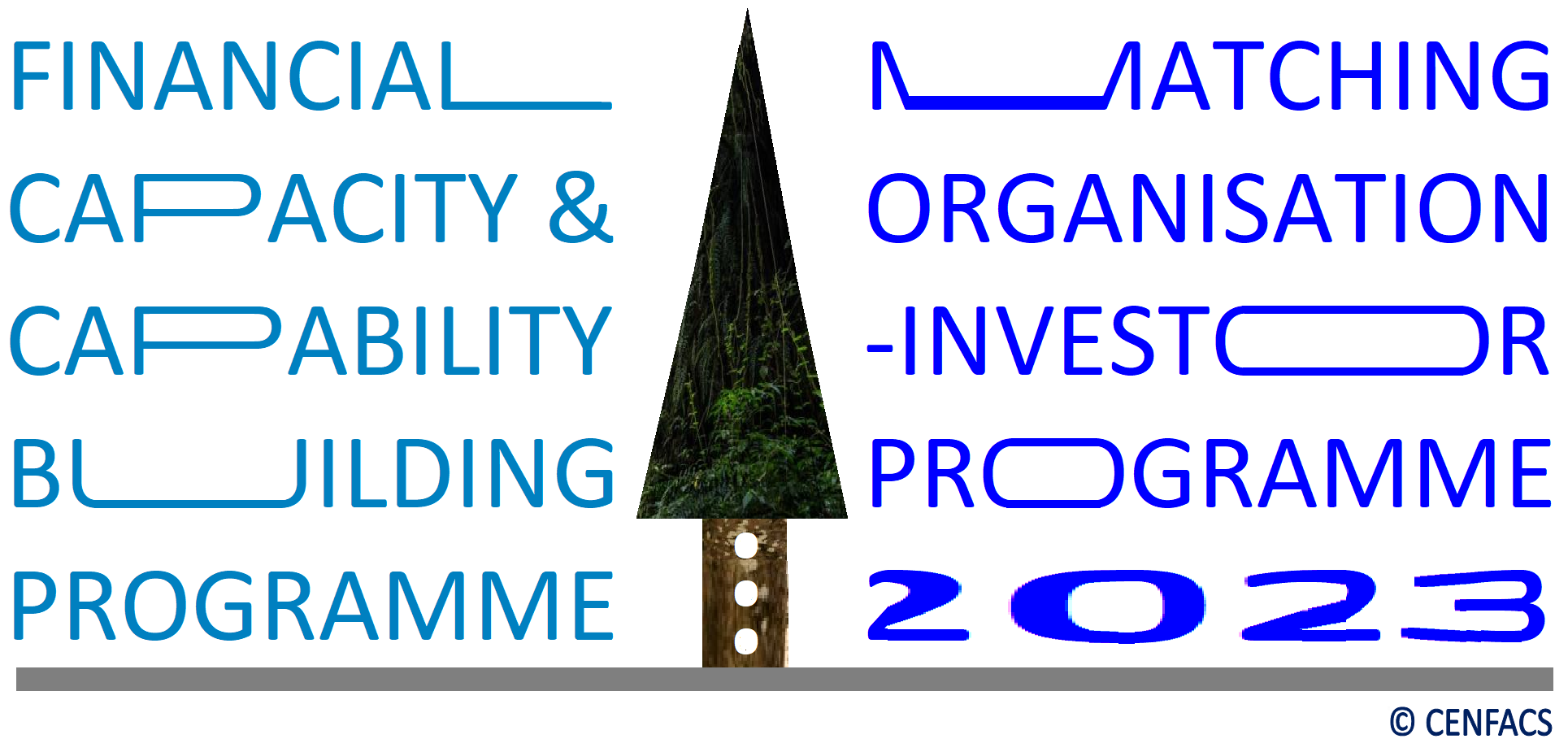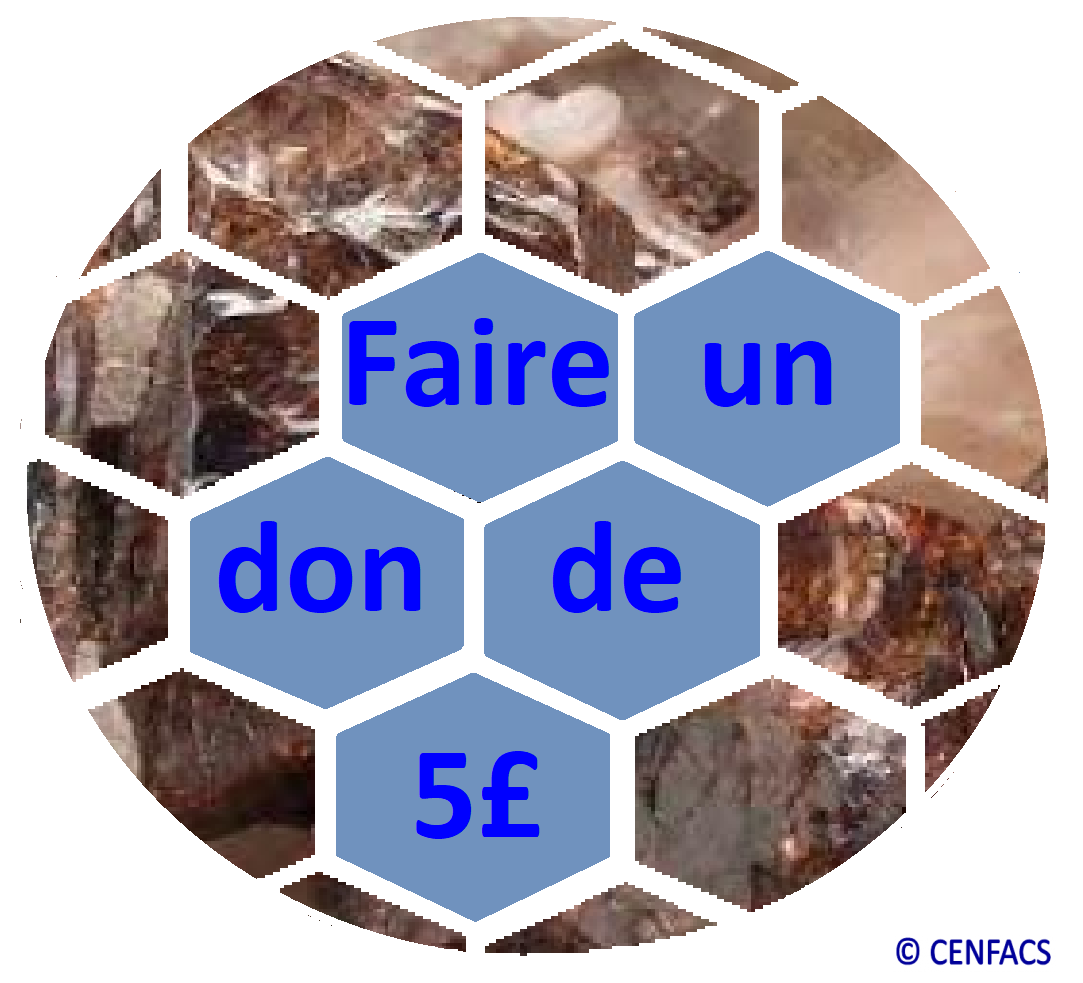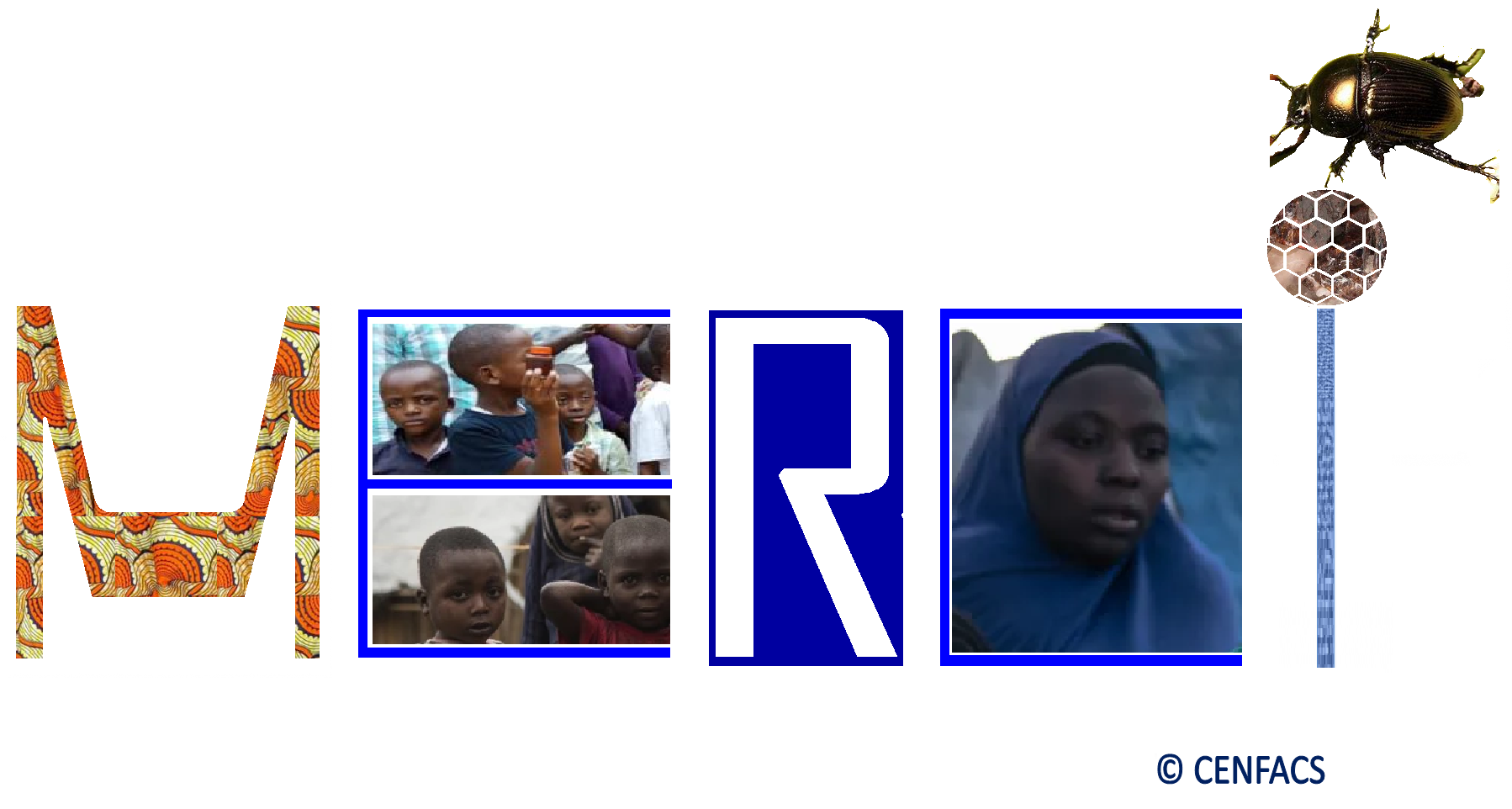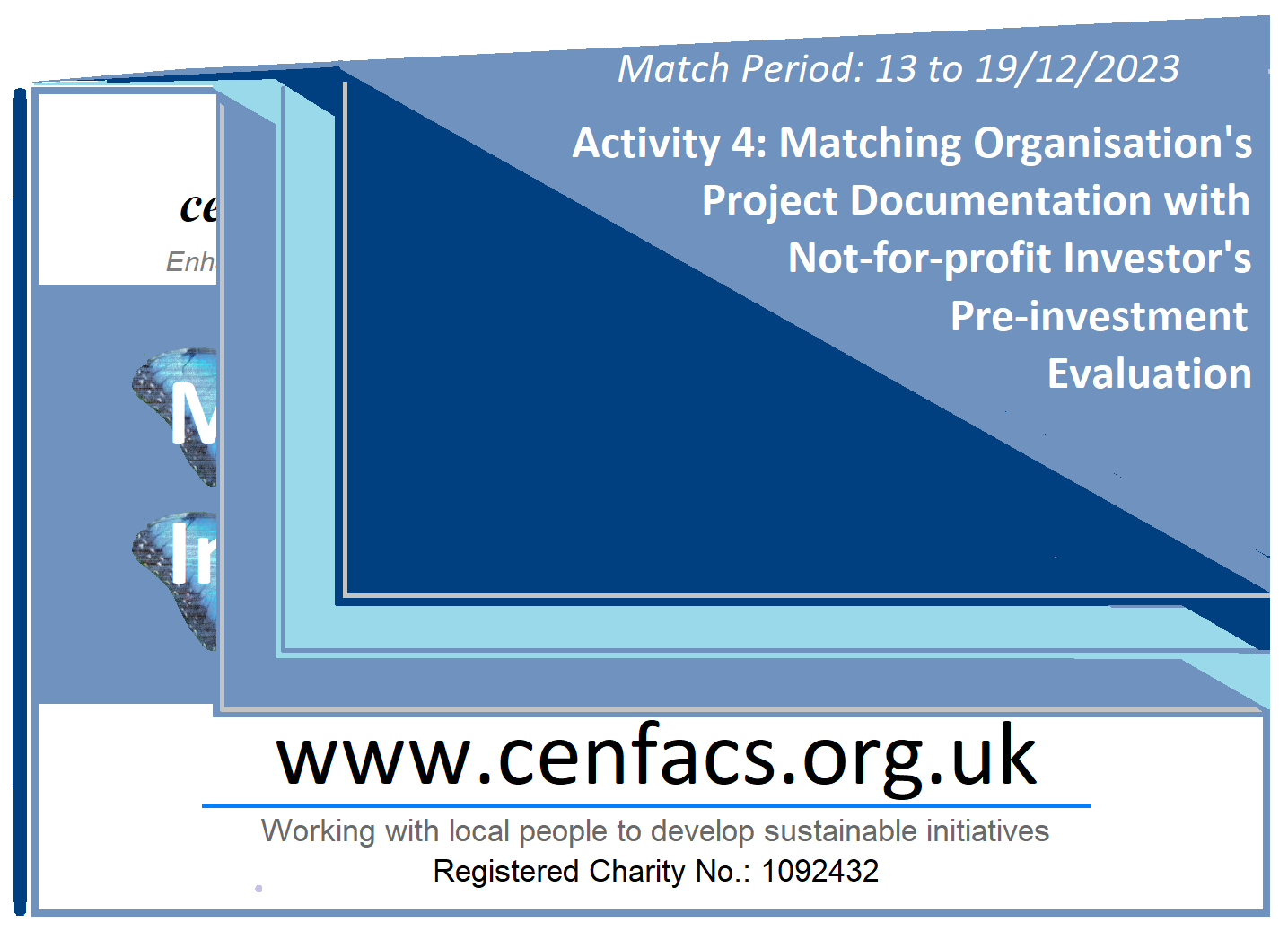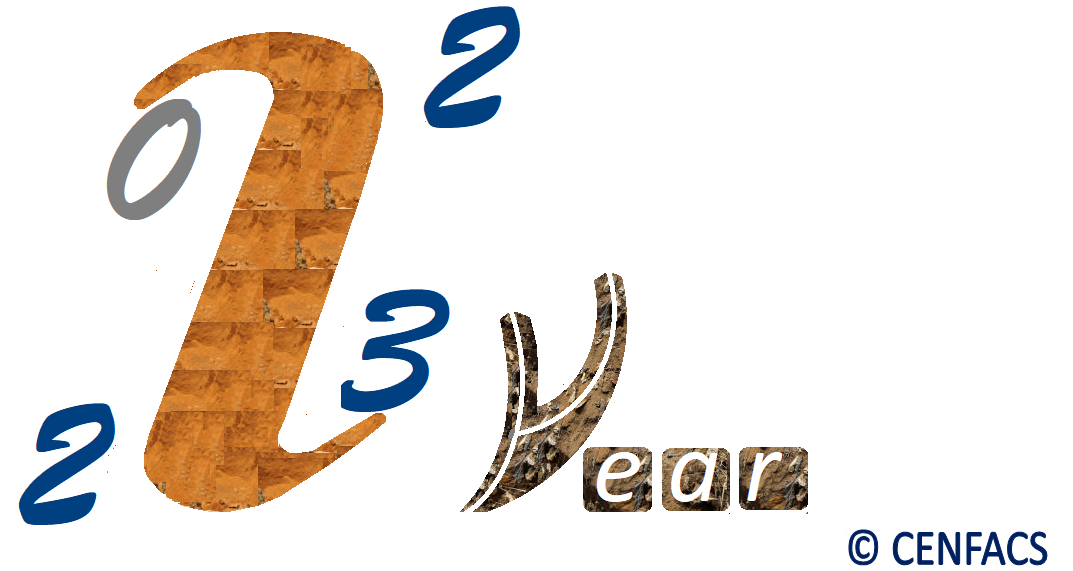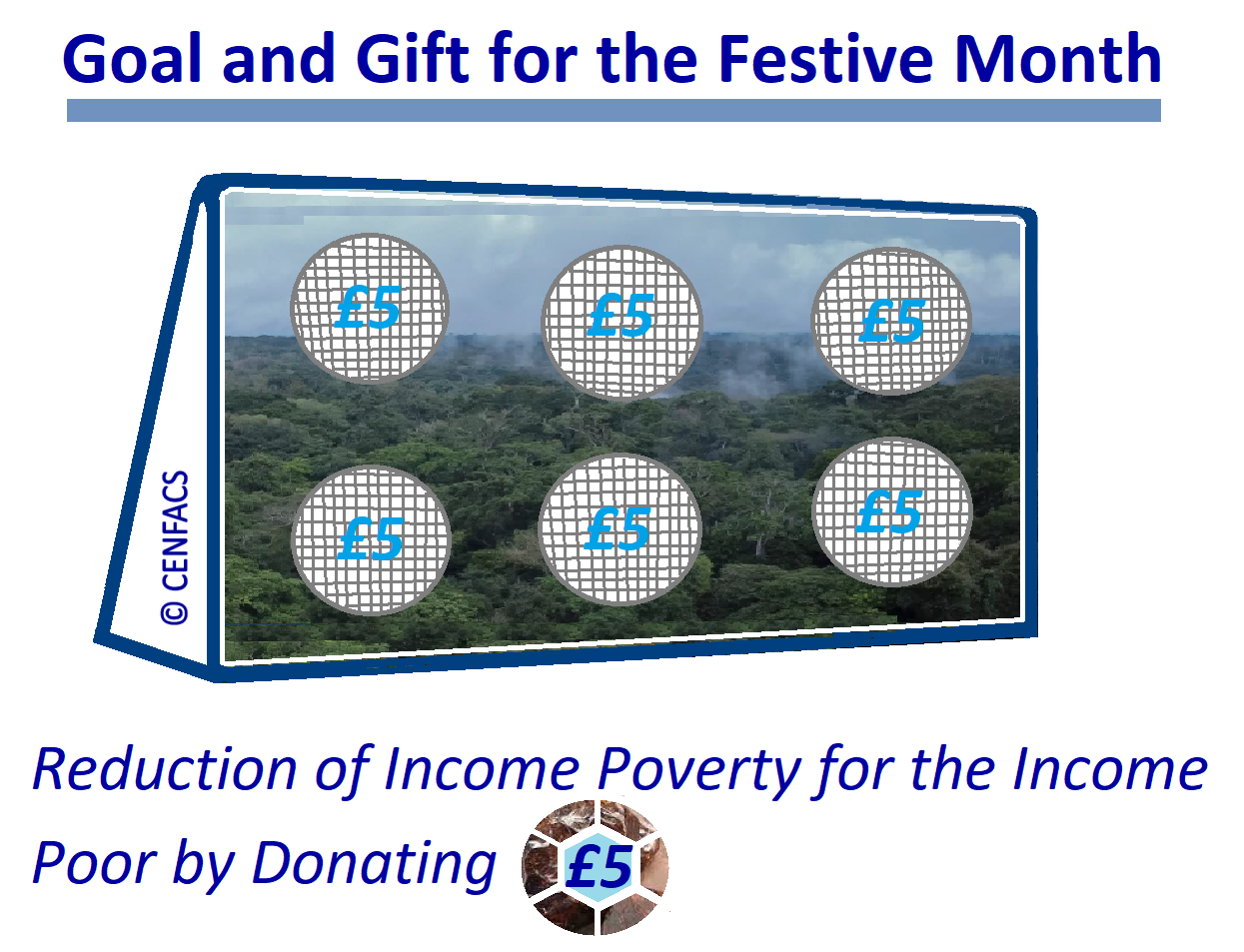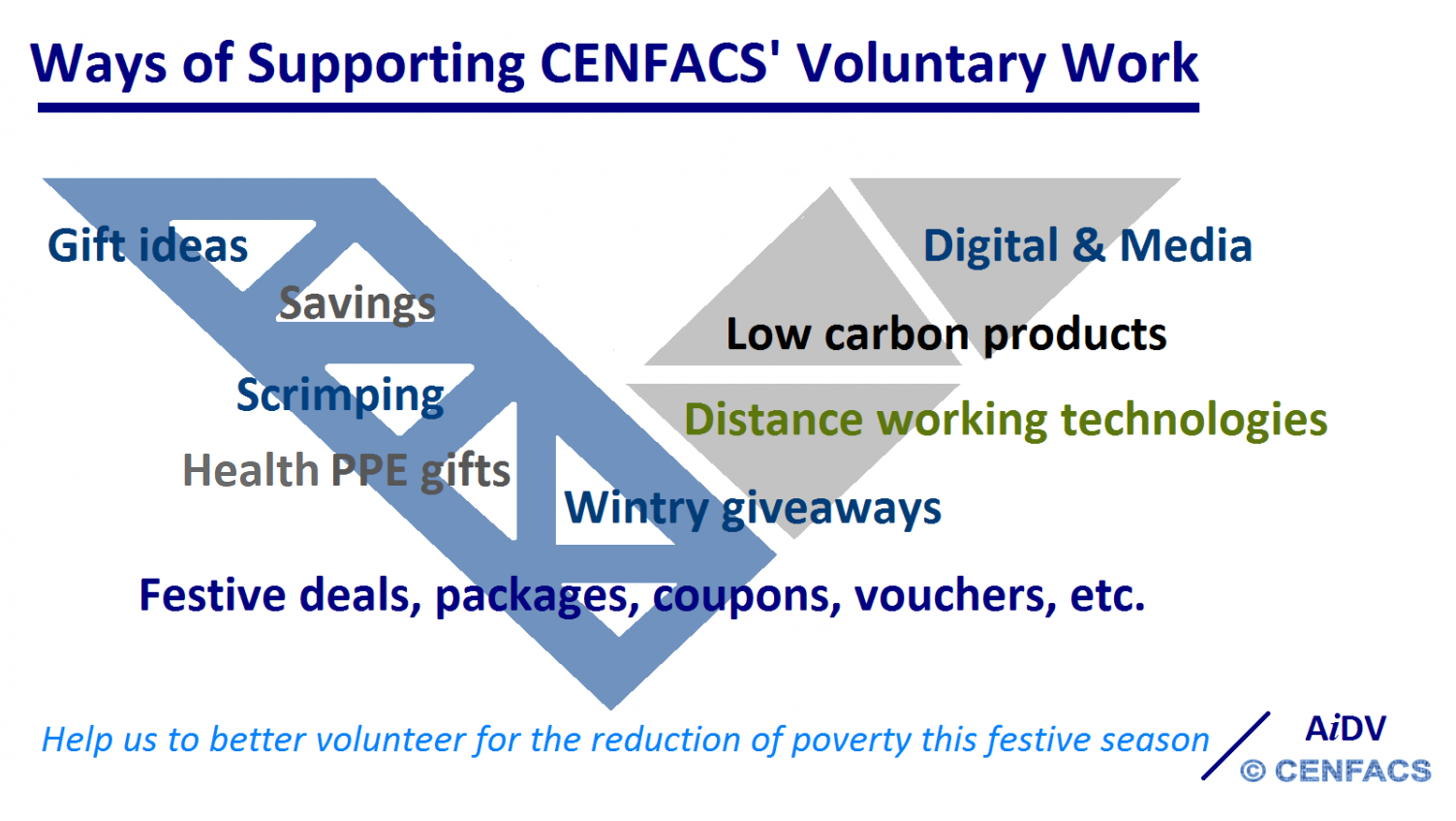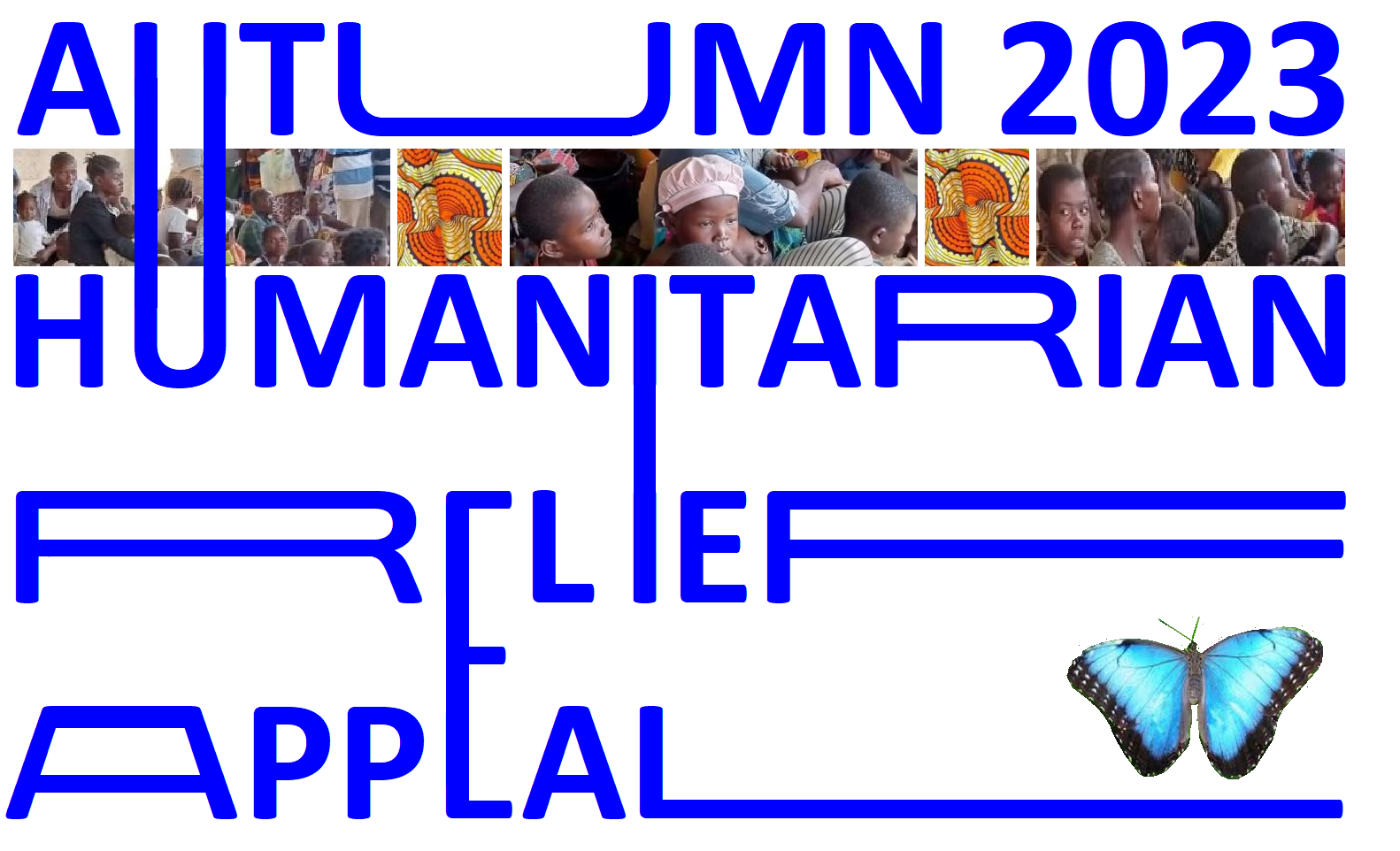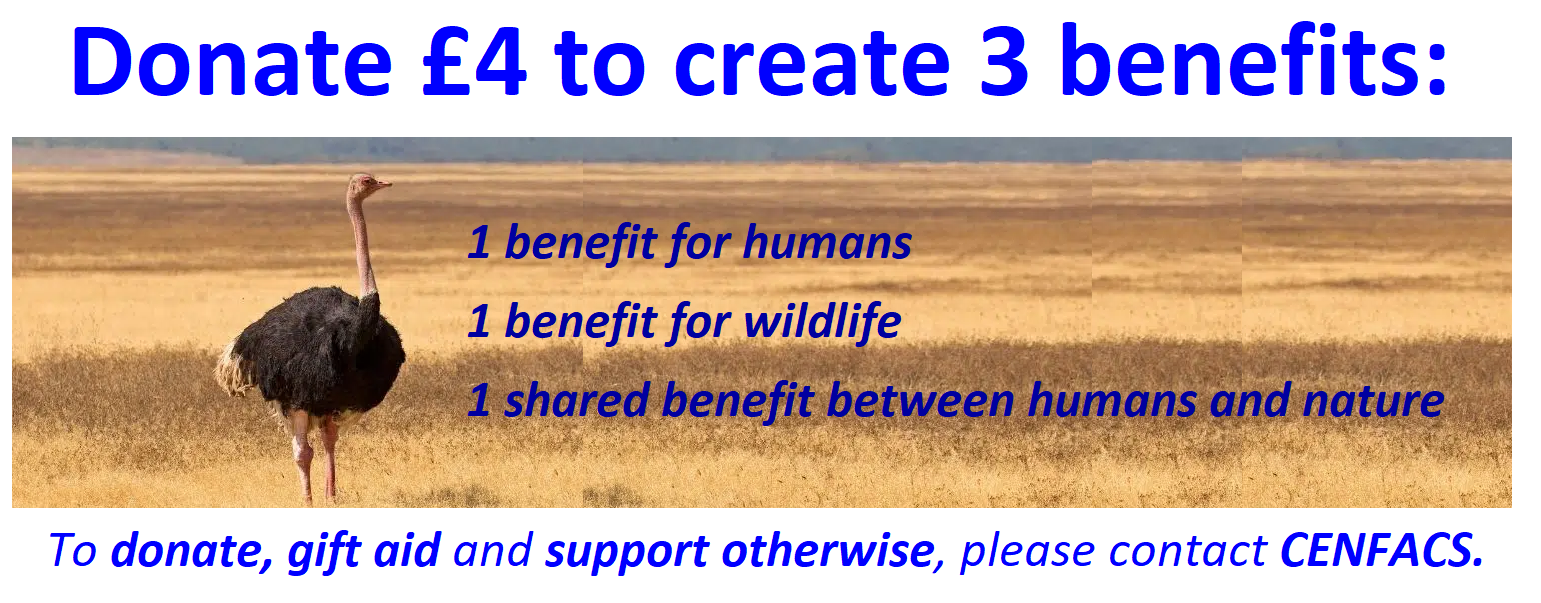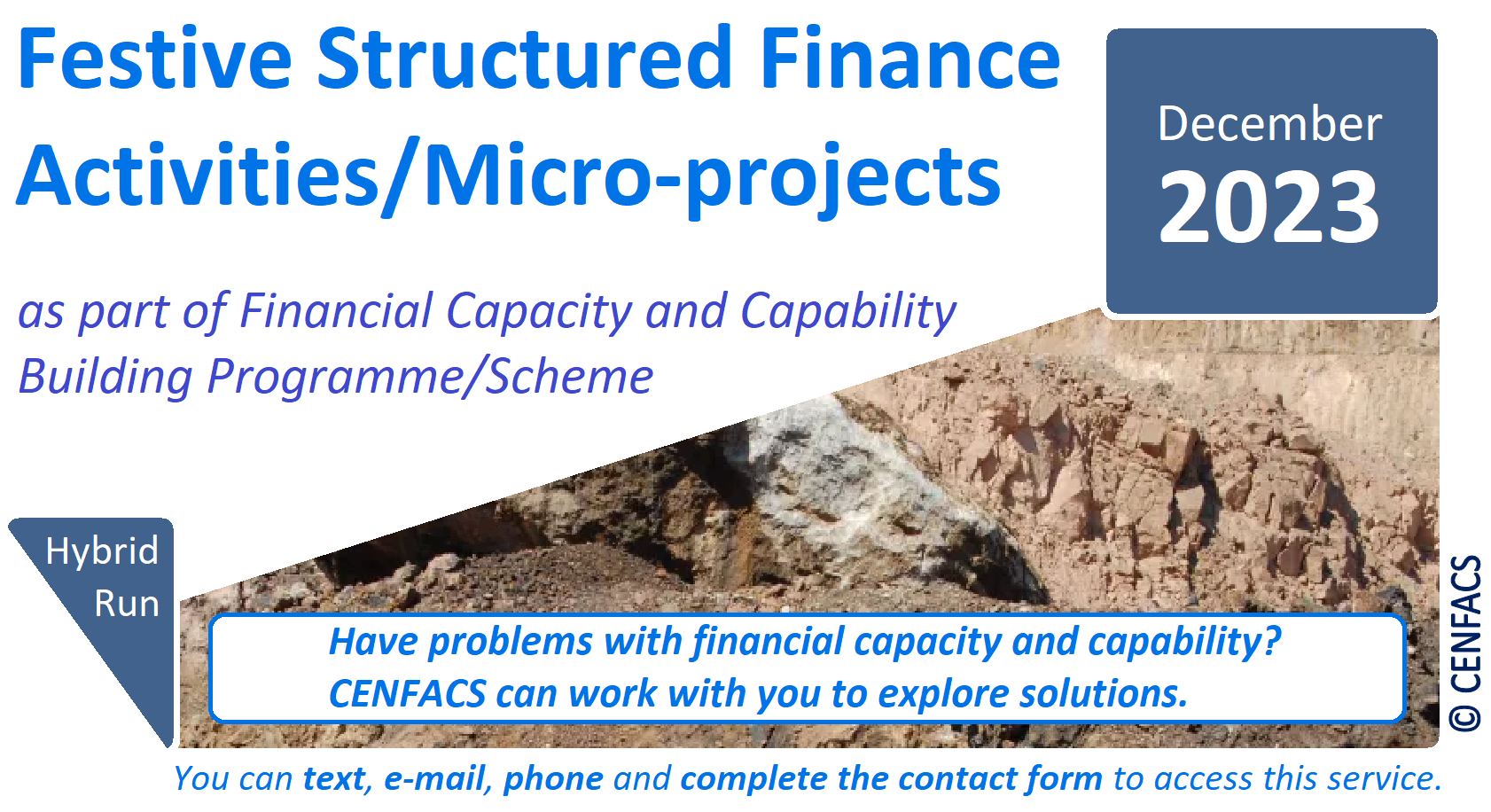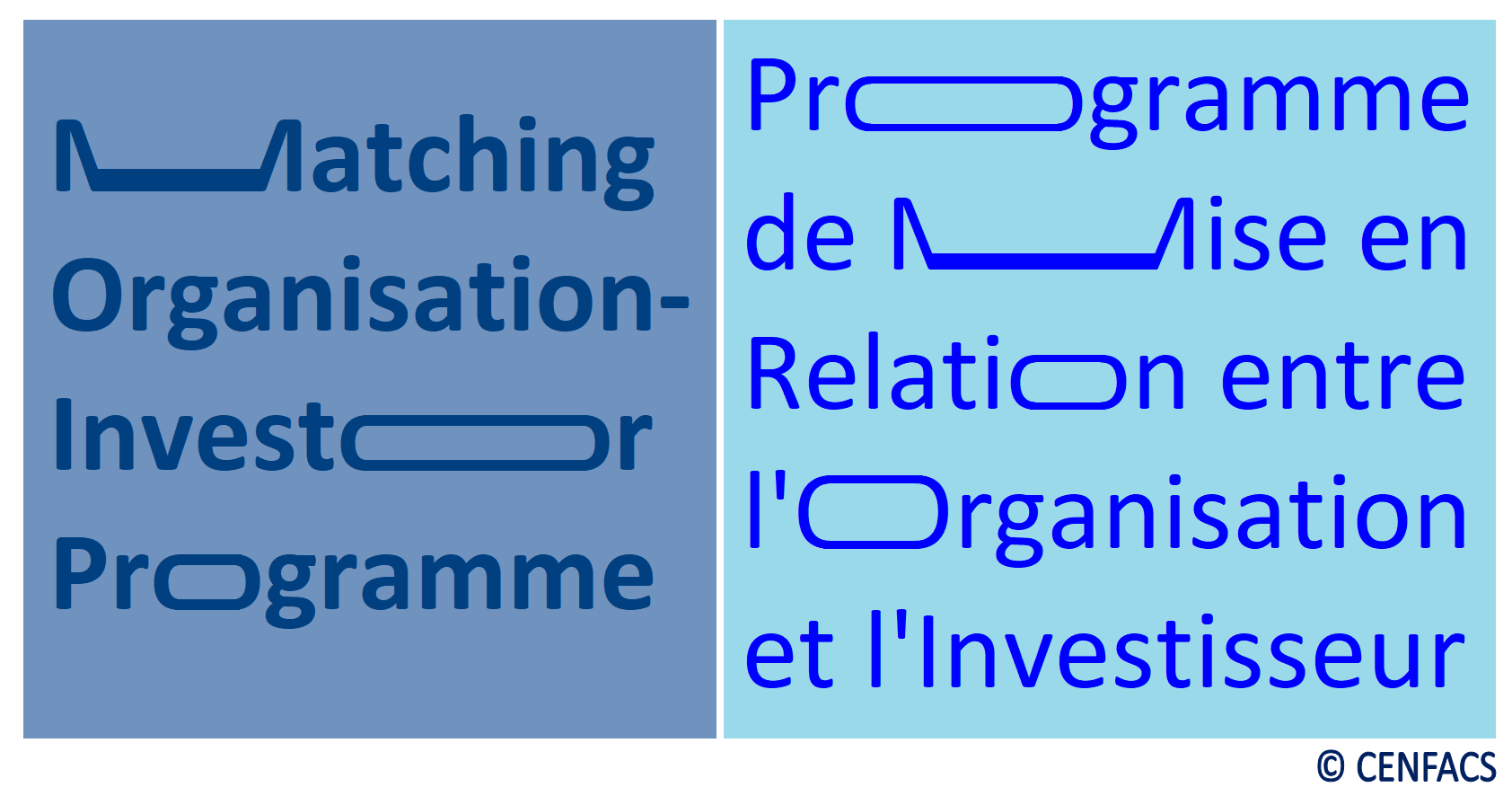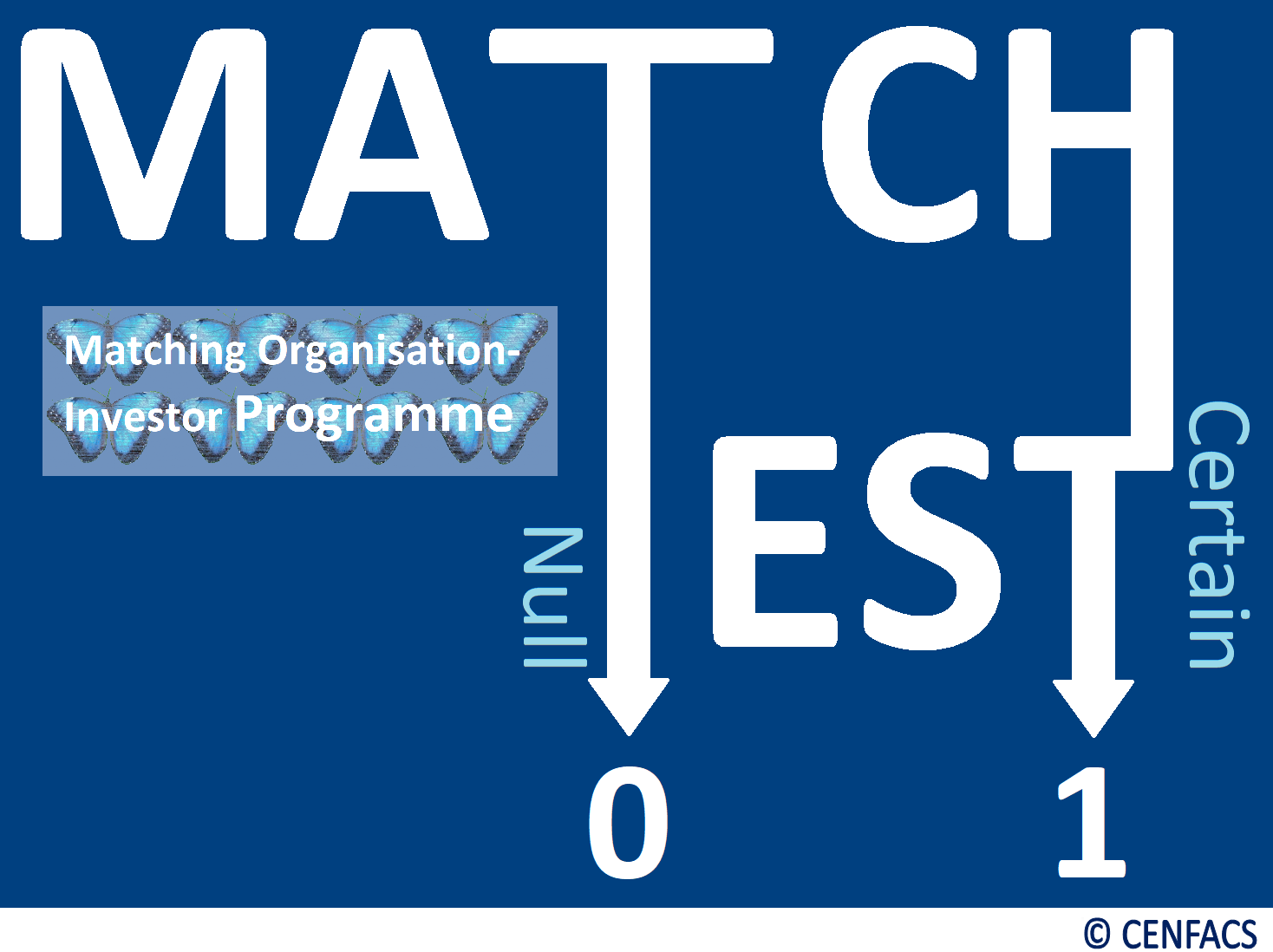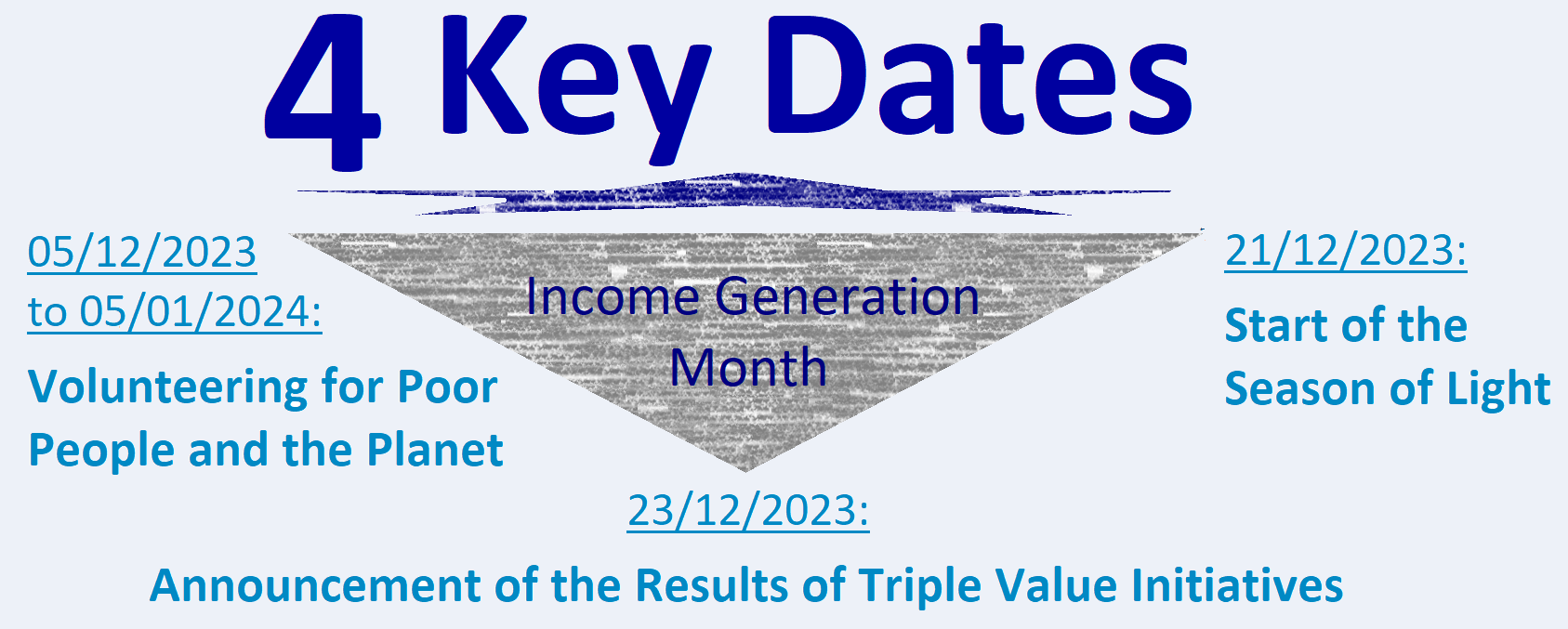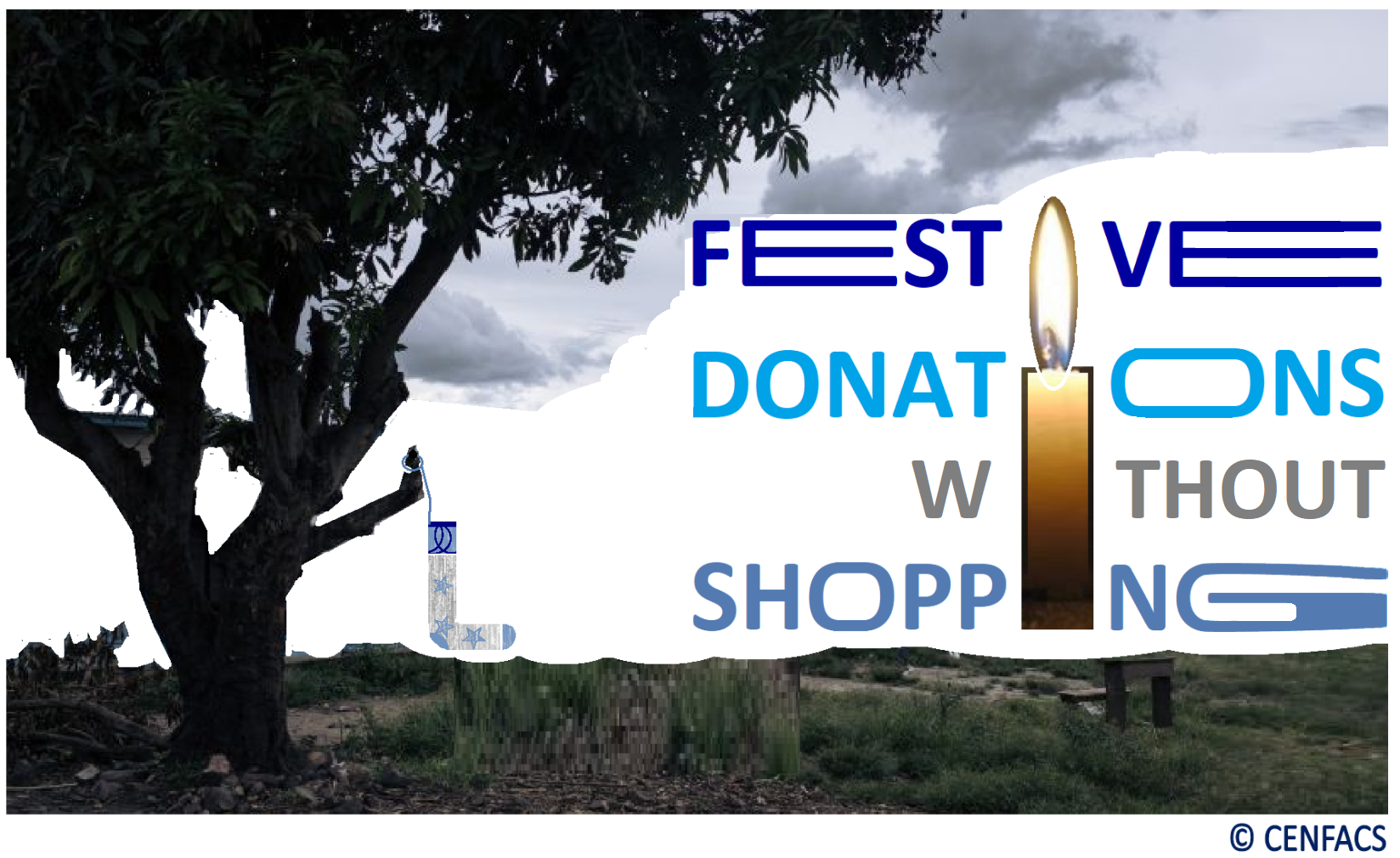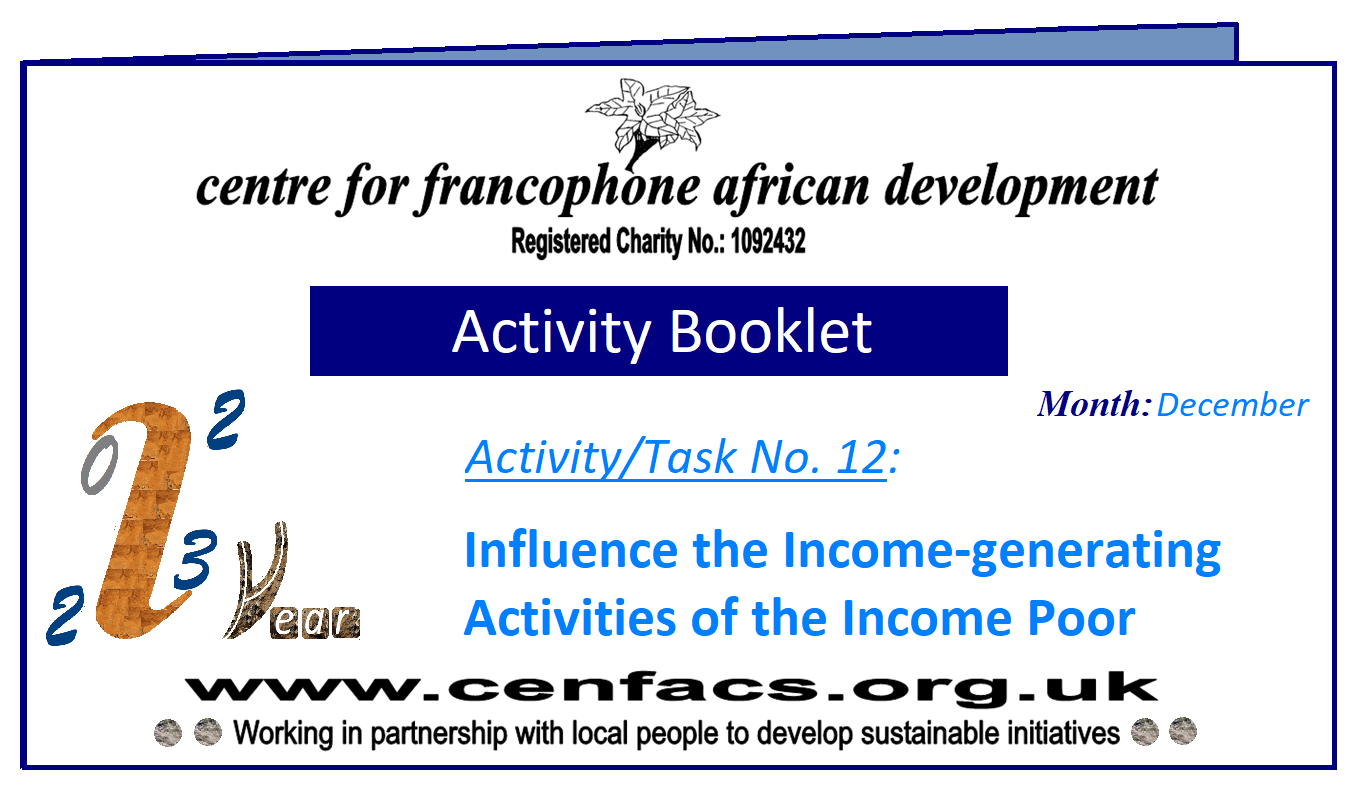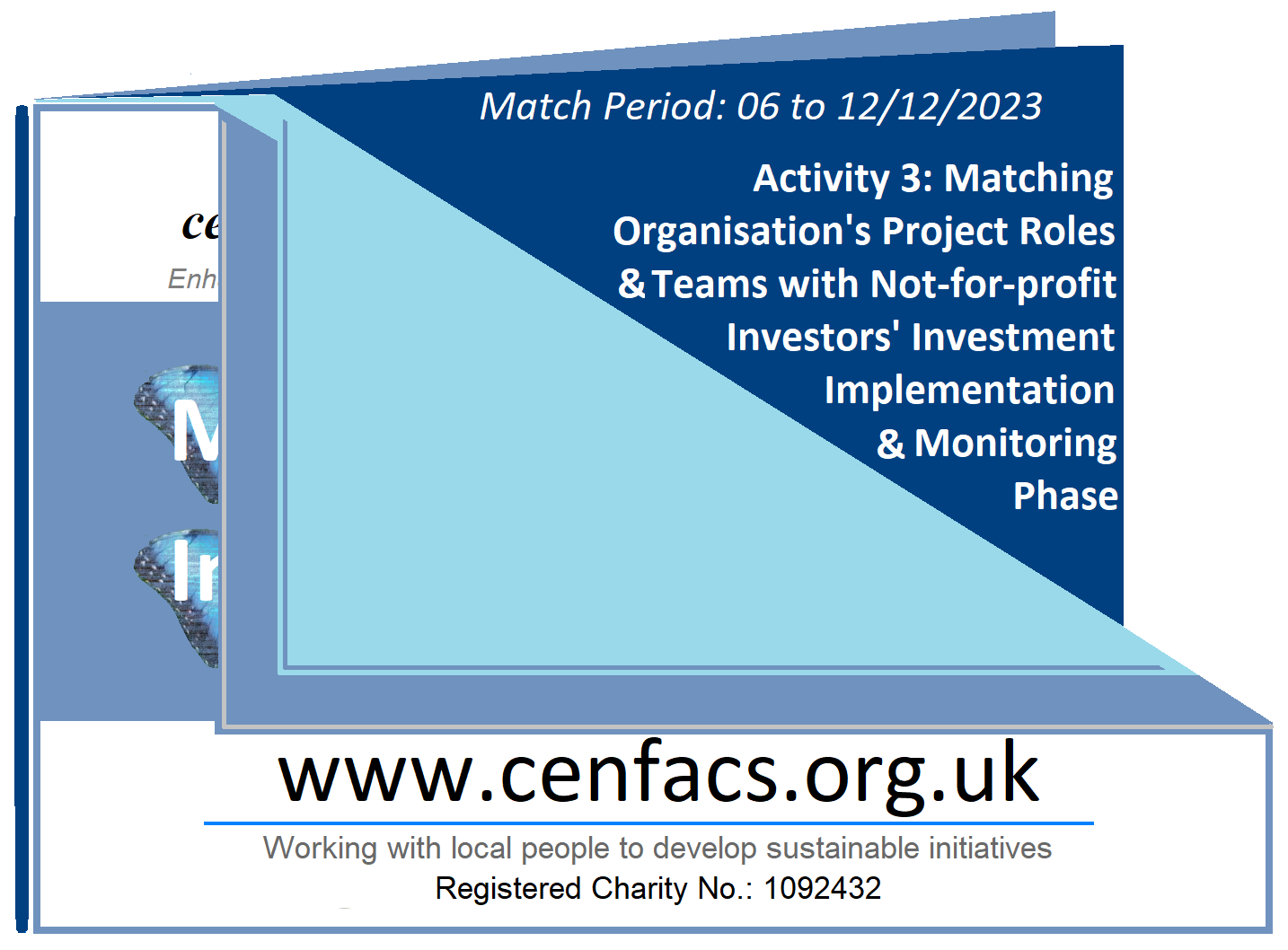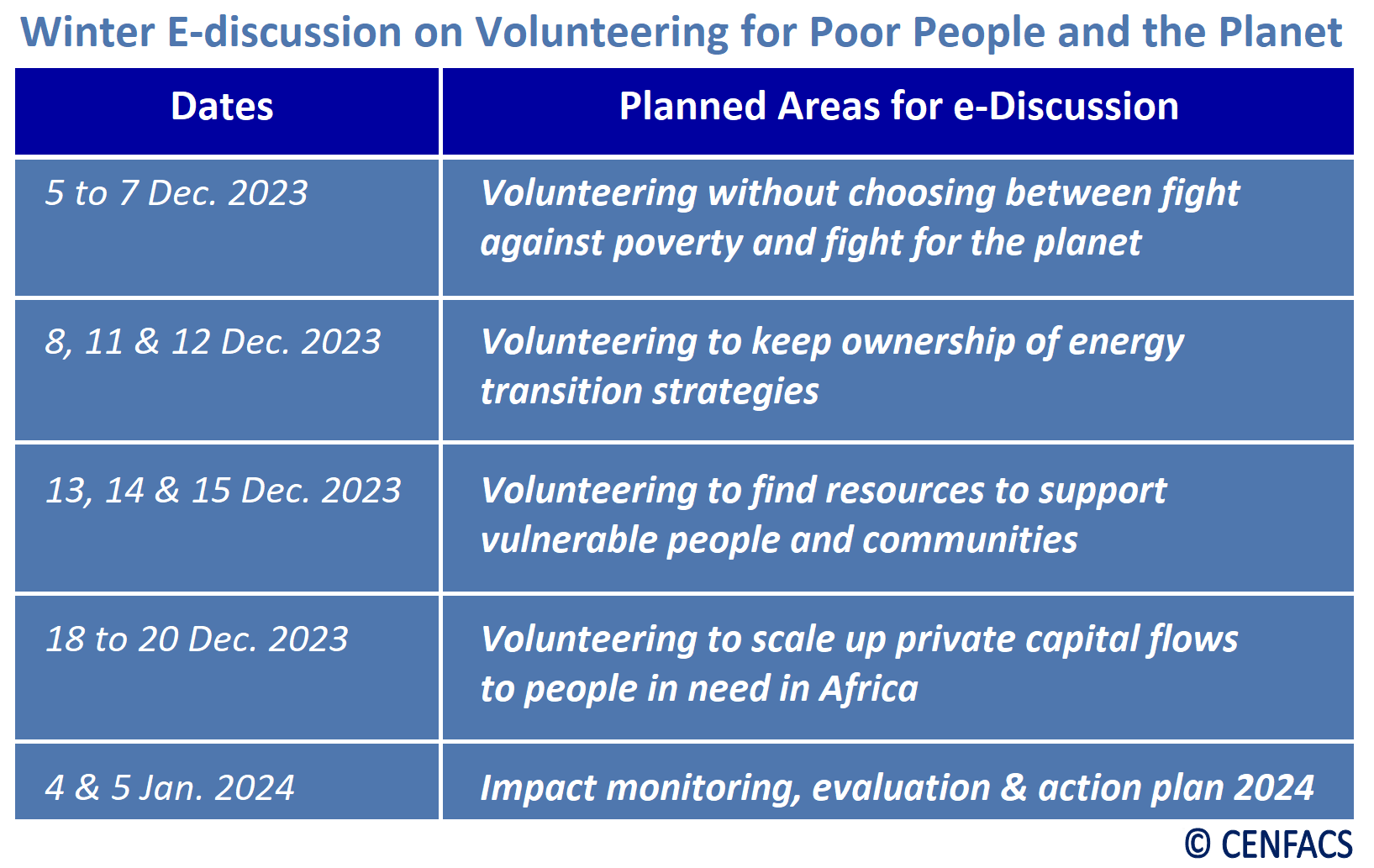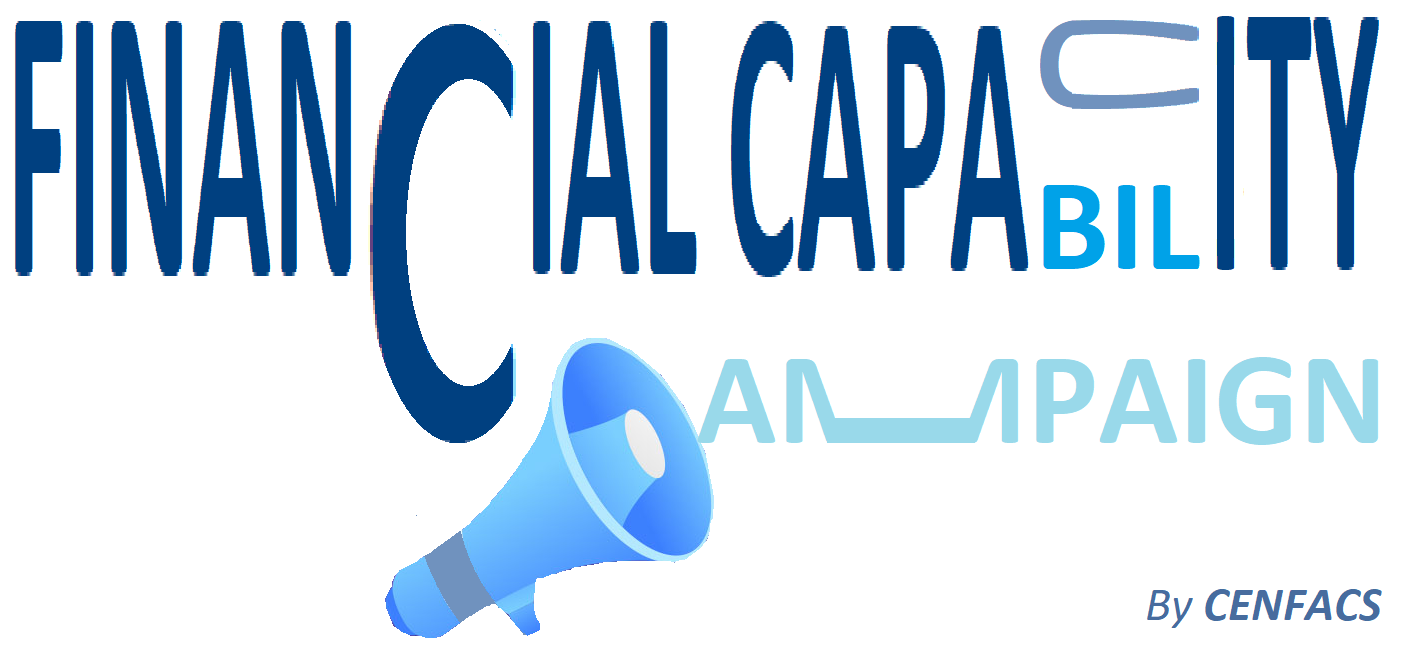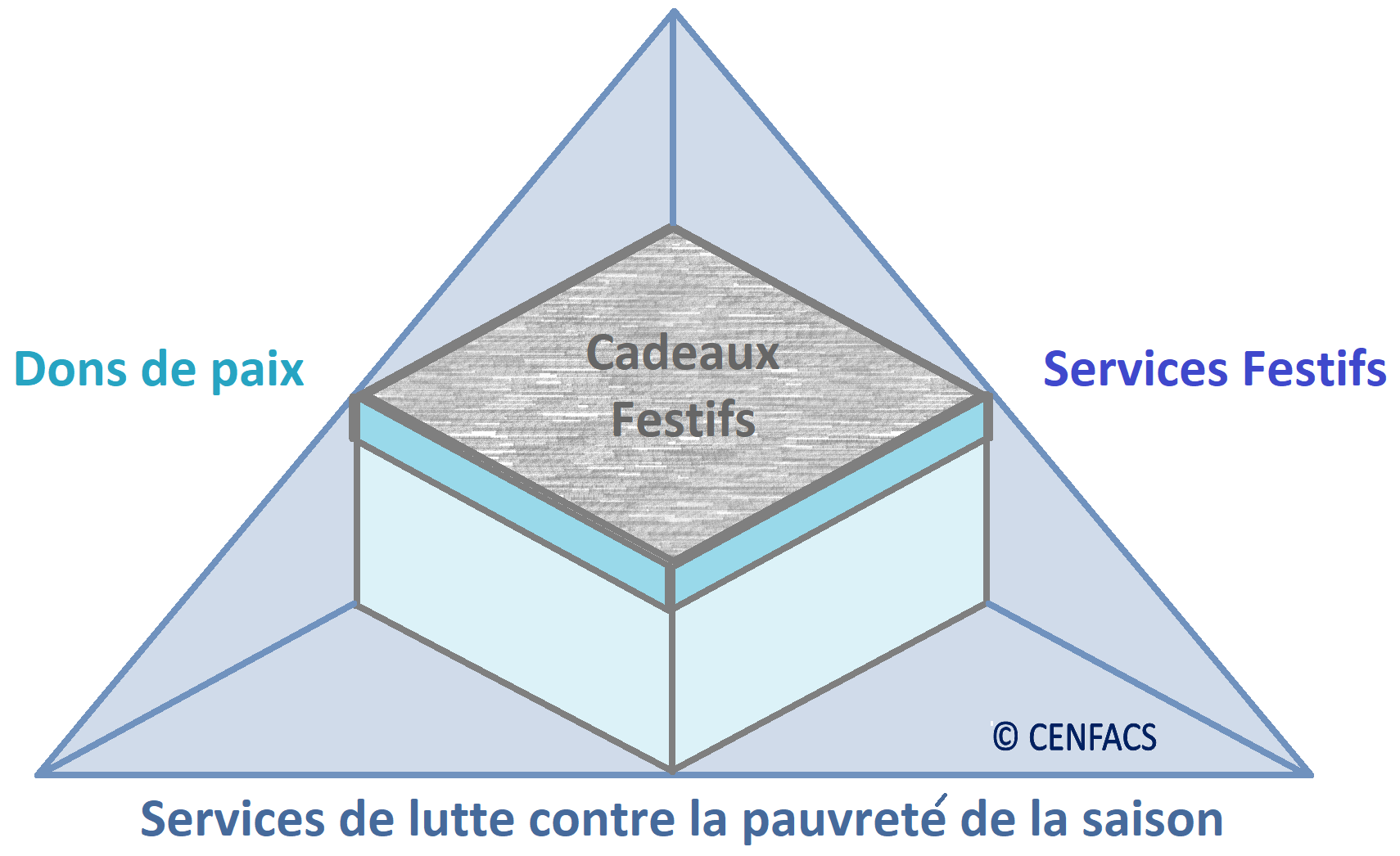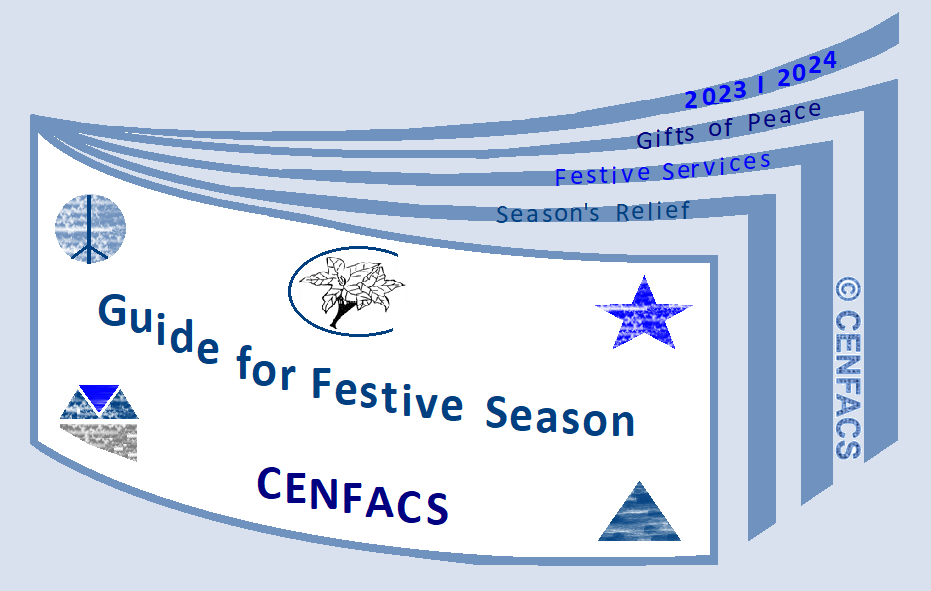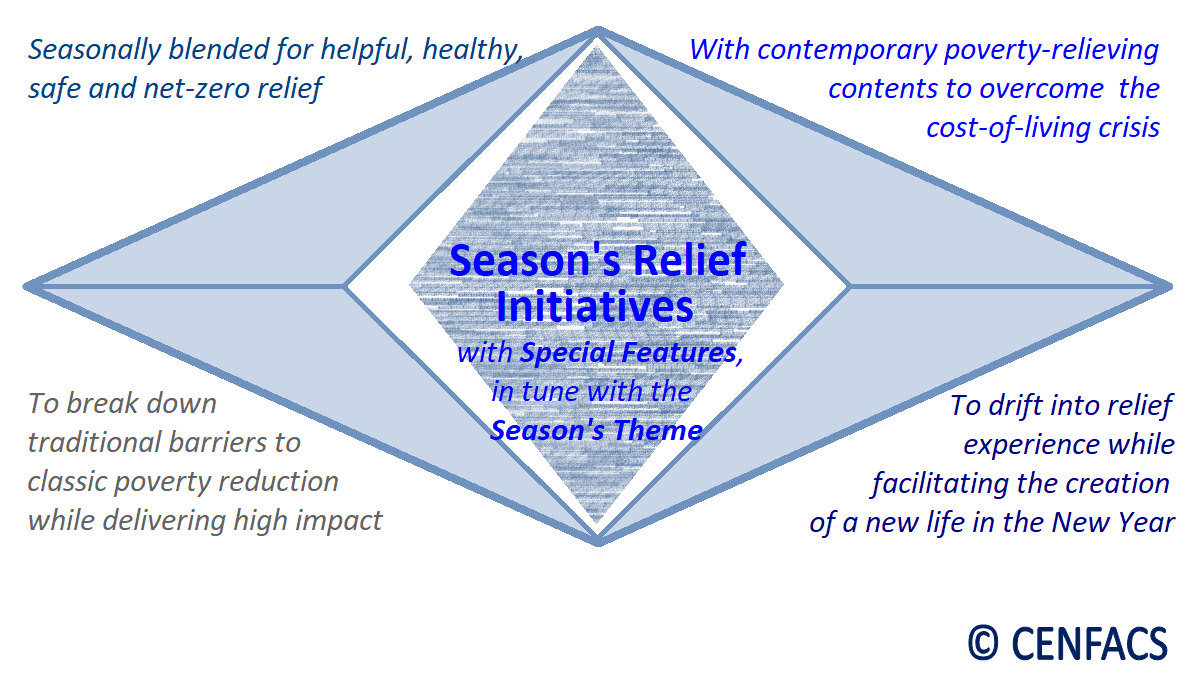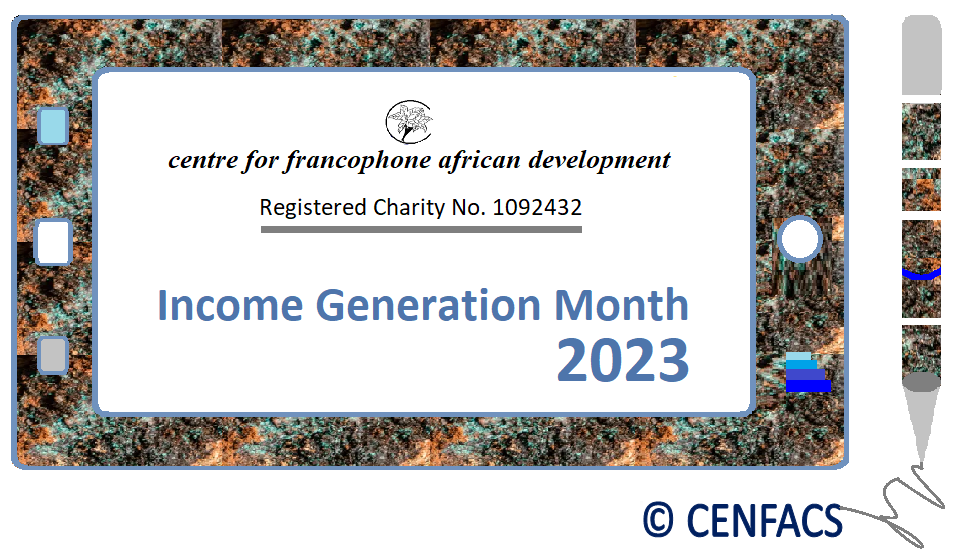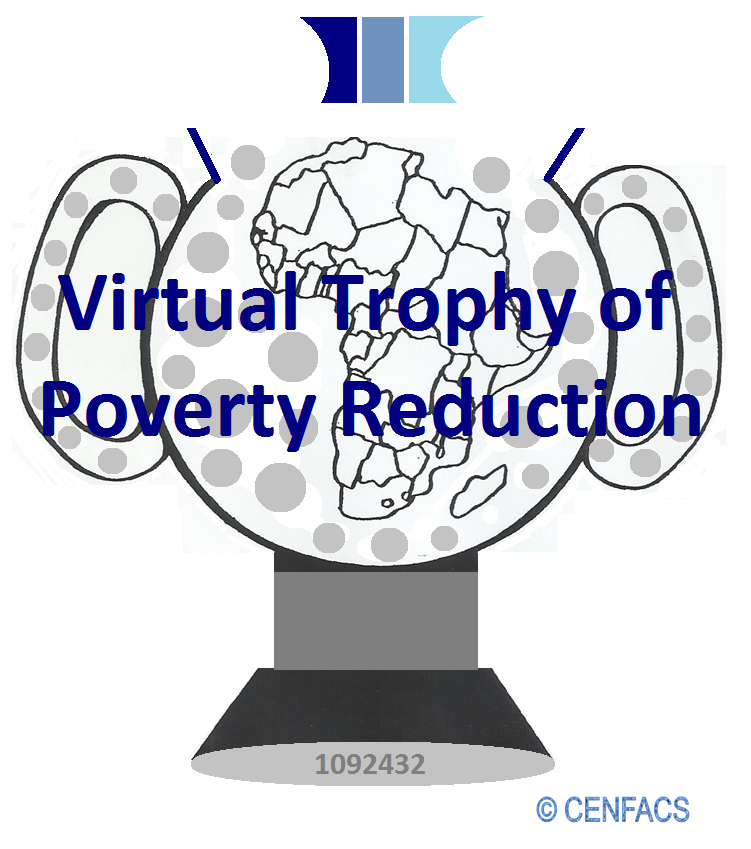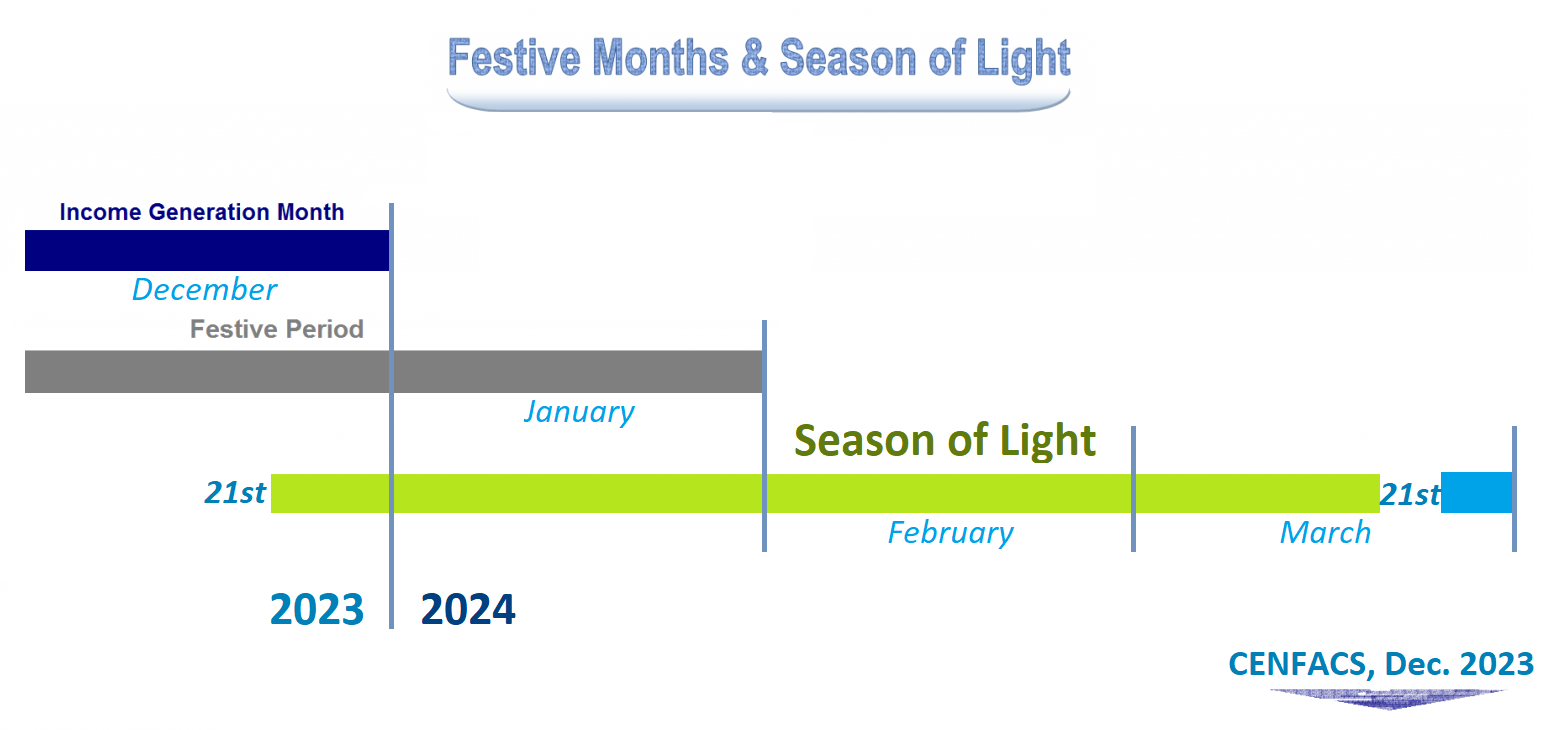Welcome to CENFACS’ Online Diary!
07 February 2024
Post No. 338
The Week’s Contents
• Sustainable Development Month with the Reduction of Unequal Rights, of the Lack of Access to Basic Services and of Landlessness to Empower the Poor and Vulnerable
• Triple Goal for the Month: Reduction of Poverty Linked to Inequality, Inaccessibility and Landlessness
• African Children’s Climate, Nature and Sustainable Development Goals (Generation Global Goals Project), In Focus: Coming out Crises with Children
… And much more!
Key Messages
• 2024 Sustainable Development Month with the Reduction of Unequal Rights, of the Lack of Access to Basic Services and of Landlessness to Empower the Poor and Vulnerable
February is the month of Sustainable Development, according to CENFACS development calendar or planner. It is the month during which we revisit our works relating to sustainable development. In particular, we try to look at again the United Nations (1) Seventeen Sustainable Development Goals (SDGs) and their related 169 targets. We normally select one of the topics within the set of SGDs and targets; and try to work on it. For this February 2024, we have selected Goal 1 and Target 4 of this goal. What are Goal 1 and Target 4 of the United Nations Sustainable Development Goals?
• • Goal 1 and Target 4 as Working Theme for the Month of Sustainability
Goal 1 is to End poverty in all its forms everywhere.
Target 4 of Goal 1 is By 2030, ensure that all men and women in particular the poor and the vulnerable, have equal rights to economic resources, as well as access to basic services, ownership and control over land and other forms of property, inheritance, natural resources, appropriate new technology and financial services, including microfinance.
Our work on the above-named Goal 1 and Target 4 is to help end or reduce poverty linked to the Target 4 of this Goal 1. In particular, we would like to work with our project beneficiaries to Reduce Unequal Rights to Economic Resources, Lack of Access to Basic Services and Landlessness to Empower the Poor and Vulnerable Households.
To make our Month of Sustainability, we are going to engage our community members through the chosen aspects of the Target 4 while keeping the spirit of Goal 1 as it was set up by the United Nations. Additionally, we are looking at how the same selected aspects can be related to poor people, particularly poor and vulnerable households that make up CENFACS‘ noble and beautiful cause of poverty reduction.
• • Engaging our Members via the Reduction of Unequal Rights to Economic Resources, of the Lack of Access to Basic Services and of Landlessness to Empower the Poor and Vulnerable
We are engaging the members of our community to be aware of and act on the messages contained in the Goal 1 and Target 4, while being mindful about the elements of this target that apply to them. In particular, we are and will be working with the community to ensure that their rights to economic resources are preserved and equal, they are able to access the basic services they need to reduce poverty, they have a chance to own and control land and/or the property they live in. They have opportunities to friendly and sustainably use natural resources, new technology and financial services to meet their needs of poverty reduction.
To enable us to approach the theme of the Reduction of Unequal Rights, of Lack of Access to Services and of Landlessness to Empower the Poor and Vulnerable; we have organised an action plan (please refer to the above given Schedule of Notes).
For further information about this theme, please read under the Main Development section of this post.
• Triple Goal for the Month: Reduction of Poverty Linked to Inequality, Inaccessibility and Landlessness
Our goal for February 2024 is triple. It is about reducing poverty linked to inequality, poverty induced by inaccessibility to poverty-reducing services that suppose to help the poor, and poverty as a result of lack of land for those in need. These are the three forms of poverty we are trying to help reduce this February 2024.
• • Understanding Inequality, Inaccessibility and Landlessness
Let us to understand these three concepts.
a) Inequality
Inequality can be understood in many ways. From the perspective of ‘legaldictionary.net’ (2),
“Inequality refers to a condition of being unequal, or of being given an unequal share of treatment, status, or opportunity. People are often aware of inequalities in social status, human rights, education, job availability and income opportunities”.
Inequality can be in social, gender, income, wealth, employment, race, etc. matters.
The website ‘openglobalrights.org’ (3) suggests to distinguish horizontal from vertical inequality. According ‘openglobalrights.org’,
“Horizontal inequality occurs between culturally defined or socially construct groups, such as gender, race, ethnicity, religion, caste and sexuality. Vertical inequality occurs between individuals or between households, such as the overall income or wealth distribution of an economy”.
b) Inaccessibility
The website ‘accesseoservices.info’ (4) explains that
“Accessibility is the ability of people to reach places and services and the ability of places to be reached by people and goods”.
Accessibility enables to address inequality in access to services that suppose to help the poor to reduce poverty.
c) Landlessness
The Union of International Associations (5) defines it as
“The quality or state of being without land, without access to land, or without having private ownership of land”.
Landlessness can be an indication of poverty.
This month, we are trying to deal with these three concepts as part of our goal. We are endeavouring to work with the members of our community on how they can reduce poverty relating to Inequality, Inaccessibility and Landlessness. In other words, how they can be treated as equal, access services they need and become landowners or homeowners.
• • Implications for Selecting the Goal for the Month
After selecting the goal for the month, we focus our efforts and mind set on the selected goal by making sure that in our real life we apply it. We also expect our supporters to work on the same goal by supporting those who may be suffering from the type of poverty linked to the goal for the month we are talking about during the given month (e.g., February 2024).
For further details on the goal of the month and its selection procedure including its support, please contact CENFACS.
• African Children’s Climate, Nature and Sustainable Development Goals (Generation Global Goals Project), In Focus: Coming out Crises with Children
Normally, the project that carries this month of Sustainable Development is African Children’s Climate and Sustainable Development Goals (ACSDGs). It is also known as Generation Global Goals (3G) project.
3G project is the impact level in CENFACS’ process of advocating that global goals (like the United Nations Sustainable Development Goals) work for children and not way around. It is indeed the testing of the gains that global goals claim to achieve and of their impact on the welfare and well-being of children. This is regardless whether these children are in spaces and times of peace or lack of peace (like conditions of wars, areas stricken by viruses or epidemics and time of natural disasters). Unsurprisingly, these gains should be materialised even in time of health crisis like the coronavirus pandemic or any other crisis such as the cost-of-living crisis. Since December 2022, we inserted in the 3G project the Kunming-Montreal Global Biodiversity Framework (6).
• • Children Generation of Global Goals
The children generation of global goals are those two generations of children relating to two sets of global goals: Millennium Development Goals (MDGs) and Sustainable Development Goals (SDGs). The generation of Millennium Development Goals will be those children or persons born and live between 2000 and 2015, whereas the generation of Sustainable Development Goals will be referred to those born and live from 2015 until now (ideally between 2015 and 2030). The two generations are relating to the lifespan of these two sets of goals.
These generations relating to global goals have to be differentiated from the conventional definition of generations which classified them as follows: Gen Alpha (2013 – 2025), iGen/Generation Z (1995 -2012), Millennials/Generation Y (1980 – 1994), Xennials (1975 – 1985), Generation X/Baby Bust (1965 – 1979) and Baby Boomers (1946 – 1964). This is without forgetting the generation who has been impacted by the scars or legacies of the coronavirus pandemic disaster.
Most of these generations born during or live in the period of crises. Crises are part of the world in which they/we live. This is not an issue. The issue is how to come out of crises with children or without leaving them behind.
• • Coming out Crises with Children
One thing is to come out of a crisis, another thing is to come out of it without leaving children behind. How can we come out crises with children?
There are many ways of coming out of crises. The website ‘mentalhelp.net’ (7) gives three recipes, which are:
a) Don’t catastrophize
b) Get to the truth and deal with it
c) Have a vision and get strong.
If we take the third recipe of having a vision and getting strong, coming out of crises (e.g., the cost-of-living crisis, climate crisis, biodiversity crisis, nature crisis, etc.) with children is about the following:
~ having a vision for the future with children for what they can do tomorrow so that they are not trapped or caught in the same problems they had in the past or we had
~ ensuring that in whatever they do, they get strong as we navigate our way out crises with them and as they grow
~ navigating our way out crises with them while pursuing Climate, Nature and Sustainable Development Goals with them.
For those who would like to find out more how we can come out of crises with children while pursuing Climate, Nature and Sustainable Development Goals with them; they can contact CENFACS.
Extra Messages
• Activity/Task 2 of the ‘t’ Project: Work with People to Transition to Sustainable Production
• 2024 Structured Finance Activities or Micro-projects under Financial Capacity and Capability Building Programme or Scheme: Activity 5 (07/02/2024 to 13/02/2024)
• Triple Value Initiatives, All Year Round Projects: Extra Support about Start-up, Fundamentals, Maths and Goals
• Activity/Task 2 of the ‘t’ Project: Work with People to Transition to Sustainable Production
The second activity/task of the “t” Project is about transitioning to sustainable production.
Indeed, we do not only tell our members to consume sustainably, like we did it in January – the Month of Sustainable Consumption. We also talk to them to produce sustainably. This is what we will be doing this February Month of Sustainable Development.
In order to perform this activity/task, one may need to understand the meaning of sustainable production.
• • What is Sustainable Production?
The definition selected of sustainable production comes from ‘uml.edu’ (8), which argues that
“Sustainable production is the creation of goods and services using processes and systems that are:
• non-polluting
• conserving of energy and natural resources
• economically viable
• safe and healthful for workers, communities, and consumers
• socially and creatively rewarding for all working people”.
The same ‘uml.edu’ adds that if production is sustainable, then the environment, employees, communities, and organisations – all benefit.
This definition of sustainable production can be extended to take into account individuals and households.
• • Application of Sustainable Production by Households Making CENFACS Community
If we apply the above defined notion of sustainable development to households making our community, the task here could be how these households can reduce losses or waste along the production of anything to maintain their households’ life.
For example, households that cook from raw food ingredients to produce a meal. They can produce or cook their meal by using processes and systems benefiting the environment. If it is something that households have been already doing for years, then they can still find ways of improving it to keep the momentum or pace with the net zero goals.
The above is what activity/task 2 is about. For those who need any help before embarking on this activity/task, they can speak to CENFACS.
For any other queries and enquiries about the ‘t‘ project and this year’s dedication, please contact CENFACS as well.
• 2024 Structured Finance Activities or Micro-projects under Financial Capacity and Capability Building Programme or Scheme: Activity 5 (07/02/2024 to 13/02/2024)
We are continuing our programme and scheme to build Financial Capacity and Capability within the community. We are available to work in hybrid mode with users via the Financial Capacity and Capability Building Programme (FCCBP) or Scheme (FCCBS) so that our community members can be stronger this year. Both FCCBP and FCCBS will help beneficiaries to reduce risks or poverty linked to financial incapacity and incapability while improving their intergenerational income and transfers.
The fifth activities of FCCBP and FCCBS, which will be run from 07 February to 13 February 2024, have been highlighted below.
• • 07 February to 13 February 2024: Developing a Strategy for Little Extra Income Generation (Activity 5 of FCCBP)
Activity 5 of FCCBP is an advice session to applicants on how to generate little extra income in order to reduce income poverty. This activity is performed via the learning on establishing an action plan or strategy for little extra income generation.
We shall work with applicants through their income generation strategy. Income generation strategy is defined here by ‘images.template.net’ (9) as
“A plan that sets out the funding need for an organisation, project or event over a period of time (typically 3 to 5 years). It also identifies actions, timescales and possible funding resources to enable the successful delivery of a project or event”.
Like any organisation, households making the CENFACS Community can develop their funding strategy or plan.
If any of the households making our community would like to develop their income generation strategy but they do not know how to go about it, they can contact CENFACS. For those who have already got their plan/strategy and they want us to look at it, they can also communicate with us.
To apply for an advice session regarding the Activity 5 of FCCBP, please contact CENFACS.
• • 07 February to 13 February 2024: Establishing a Spending Plan (Activity 5 of FCCBS)
In this Activity 5 of FCCBS, participants will be supported in building and dressing their spending plan. Spending plan or budget is defined by ‘wisc.edu’ (10) as
“A plan you create to help you meet expenses and spend money the way you want to spend it”.
It includes money coming in, money going out and goals.
Those who will be interested in developing their spending plan, they are free to contact CENFACS. Do get in touch if you have any comments or queries.
Activity 5 of FCCBP and of FCCBS conclude our 2024 Structured Finance Activities or Micro-projects under Financial Capacity and Capability Building Programme or Scheme. Our last words following the notes relating to these activities are as follows.
We all need a certain form or level of financial capacity and capability in order to run the financial aspects of our life with success. These capacity and capability are basic and life-saving skills or competences to deal with financial services that are on offer for our needs. It is possible to employ others to handle financial matters for us. But, we still need to financially understand what they have done for us to protect ourselves, our interest and our future.
For those who would like to dive deep in financial capacity and capability building, they can contact CENFACS.
• Triple Value Initiatives, All Year Round Projects: Extra Support about Start-up, Fundamentals, Maths and Goals
Last week, we announced the kick off for our Triple Value Initiatives, initially known as All Year-round Projects. For those who are interested in engaging with these initiatives, we would like to highlight the following three points: start-up, fundamentals, maths and goals.
• • Triple-Value-Initiatives Start up
It is better to start up early, although people can always join at any time. The earlier you start the better. This is because everybody is busy with their own lives and has other things to do. Also, the sooner you start, the earlier CENFACS can help if one encounters any problems. Briefly, the message is start up early.
• • Triple-Value-Initiatives Fundamentals
You need to get the fundamentals about All Year-round Projects right from the beginning. You need to clearly sort out the basic principles and bases of these projects so that you move to the right direction early without being forced to change course as you progress or repeat from scratch. Briefly, the message is get the fundamentals right.
• • Triple-Value-Initiatives Maths
It is a good idea to guess estimate the costs of undertaking you play or run or vote for poverty reduction and sustainable development. It is also wise to find out how you will cover these costs even if they are small (e.g., getting a bottle of water to run). Briefly, the message is do the maths or add up your numbers.
• • Triple-Value-Initiatives Goals
Whether you play or run or vote for poverty reduction and sustainable development, the all exercise is for you to reach your goal of delivering the objectives you set up from the onset. It means you need to be clear in your mind set about what you want to achieve. Again, if you have any problems in setting up clear goals (aim or purpose) and objectives, CENFACS can be of help. Briefly, the message is be clear about what you want to achieve.
You can select a theme to run, create your play station game and watch people to vote. This is what Triple Value Initiatives or All Year Round Projects are all about. Good luck!
Message in French (Message en français)
• Activité/Tâche 2 du projet « T »: Travailler avec les gens pour assurer la transition vers une production durable
La deuxième activité/tâche du projet « t » concerne la transition vers une production durable. Pour effectuer cette activité/tâche, il peut être nécessaire de comprendre la signification de la production durable.
• • Qu’est-ce que la production durable?
La définition retenue de la production durable provient de l’arrêt « uml.edu » (8) qui soutient que
« La production durable est la création de biens et de services à l’aide de processus et de systèmes qui sont :
• non polluant
• la conservation de l’énergie et des ressources naturelles
• économiquement viable
• sûr et sain pour les travailleurs, les communautés et les consommateurs
• socialement et créativement gratifiant pour tous les travailleurs ».
Le même « uml.edu » ajoute que si la production est durable, l’environnement, les employés, les communautés et les organisations en bénéficient tous.
Cette définition de la production durable peut être élargie pour prendre en compte les individus et les ménages.
• • Application de la production durable par les ménages faisant partie de la communauté CENFACS
Si nous appliquons la notion de développement durable définie ci-dessus aux ménages qui font notre communauté, la tâche ici pourrait être de savoir comment on peut réduire les pertes ou le gaspillage tout au long de la production de tout ce qui permet de maintenir la vie du ménage.
Par exemple, les ménages qui cuisinent à partir d’ingrédients alimentaires crus pour produire un repas. Ils peuvent produire ou cuisiner leur repas en utilisant des procédés et des systèmes bénéfiques pour l’environnement. S’il s’agit d’une activité que les ménages font déjà depuis des années, ils peuvent toujours trouver des moyens de l’améliorer pour maintenir l’élan ou le rythme des objectifs de carboneutralité.
Ce qui précède résume l’activité/tâche 2. Pour ceux ou celles qui ont besoin d’aide avant de se lancer dans cette activité/tâche, ils/elles peuvent s’adresser au CENFACS.
Pour toute autre question ou demande de renseignements sur le projet ‘t‘ et la dédicace de cette année, veuillez également contacter le CENFACS.
Main Development
• Sustainable Development Month with the Reduction of Unequal Rights, of the Lack of Access to Basic Services and of Landlessness to Empower the Poor and Vulnerable
The following contents make up the Main Development of this post:
σ Key Terms
σ The Links between the Reduction of Unequal Rights and Poverty Reduction, between the Lack of Access to Basic Services and Poverty Reduction, between Landlessness and Poverty Reduction
σ Advocacy for Equal Rights, Access to Services and Lands to Empower the Poor and Vulnerable
σ Working with the Community Members on the Reduction of Unequal Rights, the Lack of Access to Services and Landlessness to Empower Them
σ February 2024 Working Plan on the Reduction of Unequal Rights, of the Lack of Access to Services and of Landlessness to Empower the Poor and Vulnerable
σ First Wednesday (07/02/2024), In Focus: Reduction of Unequal Rights and Poverty Reduction.
Let us gives some highlights about each of these contents.
• • Key Terms
There are five terms that we would like to highlight, which are unequal rights, economic resources, accessibility, landlessness, and poverty reduction.
Let us briefly explain each of them.
• • • Unequal rights
Let us first explain rights, then unequal rights.
To explain rights, we are going to refer to the Concise Oxford Dictionary of Politics (11). On the page 463 of this dictionary, it is said that
“Rights are legal or moral recognition of choices or interests to which particular weight is attached”.
On the pages 463 and 464, it is also stated that
“There are two principal theories seeking to explain what it is to have rights and the purpose of ascribing them to individuals. On the first view, a person who possesses a right has a privileged choice…On the alternative view, rights give expression to important interests, and it is the purpose of rights to protect a person’s significant interests by imposing duties on others”.
Furthermore, the rights we are talking about are human ones. According to the ‘un.org’ (12),
“Human rights are rights inherent to all human beings, regardless of race, sex, nationality, ethnicity, language, religion, or any other status”.
However, rights can be unequal or not equal in quantity, value, or rank. When rights are unequal, this can be a matter of discussion in terms of how different people or communities are impacted by these unequal rights. This concerns as well the impacts of crises.
For example, the coronavirus had asymmetrical distributional impacts between different groups or sections of the population. These impacts could have been reinforced by unequal rights.
• • • Economic resources
To explain economic resources, one may need to know what is resource. In the Oxford Dictionary of Environment and Conservation written by Chris Park (13), resource is defined as
“Any available supply of something that is valued because it can be used for a particular purpose, usually to satisfy particular human wants or desires”. (pp. 380 & 381)
Resources can be economic, environmental, financial, social, etc. When they are economic, they are also called factors of production. Factors of production are defined by Christopher Pass et al. (14) as
“The resources that are used by firms as factor inputs in producing a good or service. There are three main groups of factor inputs: natural resources, labour and capital” (p. 186)
Although this definition speaks about firms, it can be extended to other organisations like households.
There are other classifications which range economic resources in four categories: land, labour, capital and technology.
What is at stake here is to have equal rights to economic resources. In order for poor and vulnerable households to reduce or end poverty, they need to have equal rights to these economic resources. Yet, in reality it seems no always the case.
• • • Accessibility
The website ‘accesstoservices.info’ (op. cit.) explains that
“A combined approach is needed to ensure that all of the barriers to access are overcome. Good planning of accessibility checks that everyone has the ability to reach the services and closes all identified gaps”.
From this perspective, accessibility can be measured by travel time to the nearest location of a service. Auditing accessibility can enable to know if poverty is caused by inaccessibility to basic services or not. If it is caused by inaccessibility, efforts can be deployed to reduce or end this inaccessibility.
• • • Landlessness
We can add from the definition we have already provided above the following one given in the ‘dictionary.cambridge.org’ (15)
“Landless is an adjective that refers to people who do not own any land for farming or who are prevented from owning the land they farm by the economic system or by rich people who own a lot of land”.
This term and definition will be used during this month to approach poverty linked to landlessness and how to reduce this type of poverty if one wants the Goal 1 of No Poverty to come true reality for the landless people. Additionally, we will be working on both land ownership and control in relation to poverty reduction.
• • • Poverty reduction
To understand poverty reduction, one needs to know what is poverty. Referring to the Oxford Dictionary of Environment and Conservation written by Chris Park (op. cit.), poverty is defined there as
“The state of having little or no money and few or no material possessions” (p. 353)
Knowing what poverty is about, it is possible to explain poverty reduction. Poverty reduction is therefore any measures intended to permanently lift people out of poverty. To emphasise this, the online site ‘definitions.net’ (16) states that
“Poverty reduction measures are intended to raise, enabling the poor to create wealth for themselves as a means for ending poverty forever”.
The online site ‘definitions.net’ also states that these measures do not apply to voluntary poverty.
To cut the matter short on poverty reduction, let us recall the view of Owen Barder (17), who concluded his paper on this issue in those terms:
“There is a compelling ethical case for a global system of social justice and protection of minimum standards of human welfare that provides long-term redistributional transfers of resources to the world’s poor, even if there is no expectation that these transfers will accelerate economic development, to enable the citizens of a country to live better lives while the process of development takes its course” (p. 18)
So, the above five key terms will help to shape and deal with the theme of our Sustainable Development Month; theme which is the Reduction of Unequal Rights, of the Lack of Access to Services and of Landlessness to Empower the Poor and Vulnerable Households.
• • The Links between the Reduction of Unequal Rights and Poverty Reduction, between the Reduction of the Lack of Access to Basic Services and Poverty Reduction, between the Reduction of Landlessness and Poverty Reduction
There is a number of links we are dealing with during this month of sustainable development, in particular the three links below.
• • • Link between the Reduction of Unequal Rights and Poverty Reduction
There could be connections between the reduction of unequal rights and poverty reduction. In other words, people can use human rights (both fundamental values and specific rights) to combat poverty.
For example, people can hold accountable for poverty their authorities or leaders, organise into groups or alliances to fight poverty, and challenge the myth or stereotypes of the poor using human rights approach.
If they manage to overturn unequal rights, this could help reduce the type of poverty they are experiencing. If unequal rights are changed into equal ones and their reinforcement is effective, then poverty reduction can take place.
More on this link can be found in the report written by Alice Donald and Elizabeth Mottershaw (18); report in which the two authors argue that people can use human rights to reframe poverty, to mobilise communities and build alliances, hold governments to account, participate in decision-making processes and systems, etc.
• • • Link between the Reduction of the Lack of Access to Basic Services and Poverty Reduction
To explain this link, one may need to understand basic services. Shrestha, M. (19) provides this understanding by arguing that
“Basic services are the provision of fundamental needs such as water, food, electricity and energy, shelter, sanitation and health, and education to improve people’s live”.
Shrestha also points out that
“Poverty and well-being are reflected by the lack of fulfilment of basic facilities like education, health, water, and energy supply”.
For example, Omar and Inaba (20) found in their study that financial inclusion as a basic service has significantly reduced poverty rates and income inequality in developing countries. These findings were in favour of further promoting access to and usage of formal financial services by marginalised segments of the population in order to maximise society’s overall welfare.
• • • Link between the Reduction of Landlessness and Poverty Reduction
There could be association between the reduction of landlessness and poverty reduction.
For example, Barbier and Hochard (21) studied the interaction between land degradation and poverty. They found that
“Over 2000-2010, the rural poor on degrading agricultural land increased in low-income countries and in Sub-Saharan Africa and South Asia. This degradation threatens the livelihoods of the poor”.
One thing is to argue about the above-mentioned links. Another is about advocating to reduce or end the types of poverty expressed through these links.
• • Advocacy for Equal Rights, Access to Services and Lands to Empower the Poor and Vulnerable
The Month of Sustainable Development within CENFACS is also of advocacy for and on behalf of the poor (amongst them are poor and vulnerable households) and those in need of sustainable development so that the Reduction of Unequal Rights, of the Lack of Access to Basic Services and of Landlessness can materialise to Empower Them.
Our Advocacy for the Month of Sustainable Development will cover three areas as follows:
a) Equal Rights
b) Better Access to Basic Services
c) Lands and/or Properties to Empower the Poor and Vulnerable Households.
More details about these three types of advocacy work can be requested from CENFACS.
• • Working with the Community Members on the Reduction of Unequal Rights, of the Lack of Access to Services and of Landlessness to Empower Them
Beyond the above-mentioned advocacy work, CENFACS is going to engage the community members or households interested in the Reduction of Unequal Rights, of the Lack of Access to Services and of Landlessness to Empower the Poor and Vulnerable, during this month of February 2024.
The following working plan provides a glimpse of the way in which we are going to both carry out the Month of Sustainable Development and support the community’s households on any matters raising from the Reduction of Unequal Rights, of the Lack of Access to Services and of Landlessness to Empower the Poor and Vulnerable.
• • February 2024 Working Plan on the Reduction of Unequal Rights, of the Lack of Access to Basic Services and of Landlessness to Empower the Poor and Vulnerable
From every Wednesday of this month, we will be dealing with the following:
Each of the notes or sub-themes will be treated in relation of poverty reduction.
• • First Wednesday (07/02/2024), In Focus: Reduction of Unequal Rights and Poverty Reduction
• • • What this focus is about
It is about speaking on behalf and with the community about our understanding of the connections between the realisation of human rights and inequality. Growing inequality can threaten and even destroy basic rights for the poor and the vulnerable who need empowerment.
• • • How CENFACS can work with those in need of the Reduction of Unequal Rights and Poverty
Working with the community on this matter means the following:
√ Supporting the community to fully realise their rights, consistent with the principles of non-discrimination and equality
√ Operating within the human rights framework by assisting them to have equal opportunity to claim their rights
√ Applying human rights principles to all persons and members of our community
√ Finding substantive equality to reduce poverty amongst them
√ Pointing out structural sources of inequality and indirect forms of discrimination
√ Ensuring that outcomes and results in equality translate into the reduction or end of poverty
etc.
For those members of our community who may be interested in matter relating to the Reduction of Unequal Rights and Poverty, they are free to contact CENFACS.
For any queries or enquiries about Sustainable Development Month and the Reduction of Unequal Rights, of the Lack of Access to Basic Services and of Landlessness to Empower the Poor and Vulnerable, please also contact CENFACS.
_________
• References
(1) https://sdgs.un.org/2030agenda (accessed in February 2024)
(2) https://legaldictionary.net/inequality/ (accessed in February 2024)
(3) https://www.openglobalrights.org/how-inequality-threatens-all-humans-rights/ (accessed in February 2024)
(4) https://accesseoservices.info (accessed in February 2024)
(5) encyclopedia.uia.org/en/problem/136971 (accessed in February 2024)
(6) https://www.cbd.int/article/cop15-cbd-press-release-final-19dec2022
(7) https://www.mentalhelp.net/blogs/how-to-get-out-of-crisis (accessed in February 2024)
(8) https://www.uml.edu/Research/Lowell-Centre/About/Sustainable-Production-Defined.aspx# (accessed in February 2024)
(9) https://images.template.net/wp-content/uploads/2016/06/27122541/Fundraising-Strategy-Template.pdf (accessed in February 2024)
(10) https://fyi.extension.wisc.edu/moneymatters/budgeting/ (accessed in February 2024)
(11) The Concise Oxford Dictionary of Politics (2009), McLean, I. & McMillan, A. (eds.), 3rd Edition, Oxford University Press, New York
(12) https://dictionary.cambridge.org/dictionary/english/landless (accessed in February 2024)
(13) Park, C. (2011), A Dictionary of Environment and Conservation, Oxford University Press Inc., Oxford & New York
(14) Pass, C., Lowes, B. & Davies, L. (1988), Collins Dictionary of Economics, HarperCollins Publishers
(15) https://dictionary.cambridge.org/dictionary/english/landless (accessed in February 2024)
(16) https://www.definitions.net/definition/Poverty%20reduction (Accessed in January 2023)
(17) Barder, O. (2009), What is Poverty Reduction?, Working Paper Number 170, Centre for Global Development, https://www.cgdev.org/sites/default/files/1421599_file_Barder_Poverty_Reduction.pdf (accessed in February 2024)
(18) Donald, A. & Mottershaw, E. (2009), Poverty, Inequality and Human Rights, https://www.jrf.org.uk/poverty-inequality-and-human-rights (accessed in February 2024)
(19) Shrestha, M. (2021), Access to Basic Services and Its Linkage with Ending Poverty. In: Leal Filho, W., Azul, A.M., Brandli, L., Lange Salvia, A., Özuyar, P. G., Wall, T. (eds) No Poverty. Encyclopedia of the UN Sustainable Development Goals, Springer, Cham. https://doi.org/10.1007/978-3-319-69625-6_1-1 (accessed in February 2024)
(20) Omar, M.A. & Inaba, K., Does financial inclusion reduce poverty and income inequality in developing countries? A panel data analysis, Economic Structures 9,37 (2020). https://doi.org/10.1186/s 40008-020-00214-4 (accessed in February 2024)
(21) Barbier, E.B., and Hochard, J.P. (2018), Land degradation and poverty. Nat Sustain 1, 623-631, https://doi.org/10.1038/s41893-018-0155-4 (accessed in February 2024)
_________
• Help CENFACS Keep the Poverty Relief Work Going this Year
We do our work on a very small budget and on a voluntary basis. Making a donation will show us you value our work and support CENFACS’ work, which is currently offered as a free service.
One could also consider a recurring donation to CENFACS in the future.
Additionally, we would like to inform you that planned gifting is always an option for giving at CENFACS. Likewise, CENFACS accepts matching gifts from companies running a gift-matching programme.
Donate to support CENFACS!
FOR ONLY £1, YOU CAN SUPPORT CENFACS AND CENFACS’ NOBLE AND BEAUTIFUL CAUSES OF POVERTY REDUCTION.
JUST GO TO: Support Causes – (cenfacs.org.uk)
Thank you for visiting CENFACS website and reading this post.
Thank you as well to those who made or make comments about our weekly posts.
We look forward to receiving your regular visits and continuing support throughout 2024 and beyond.
With many thanks.


